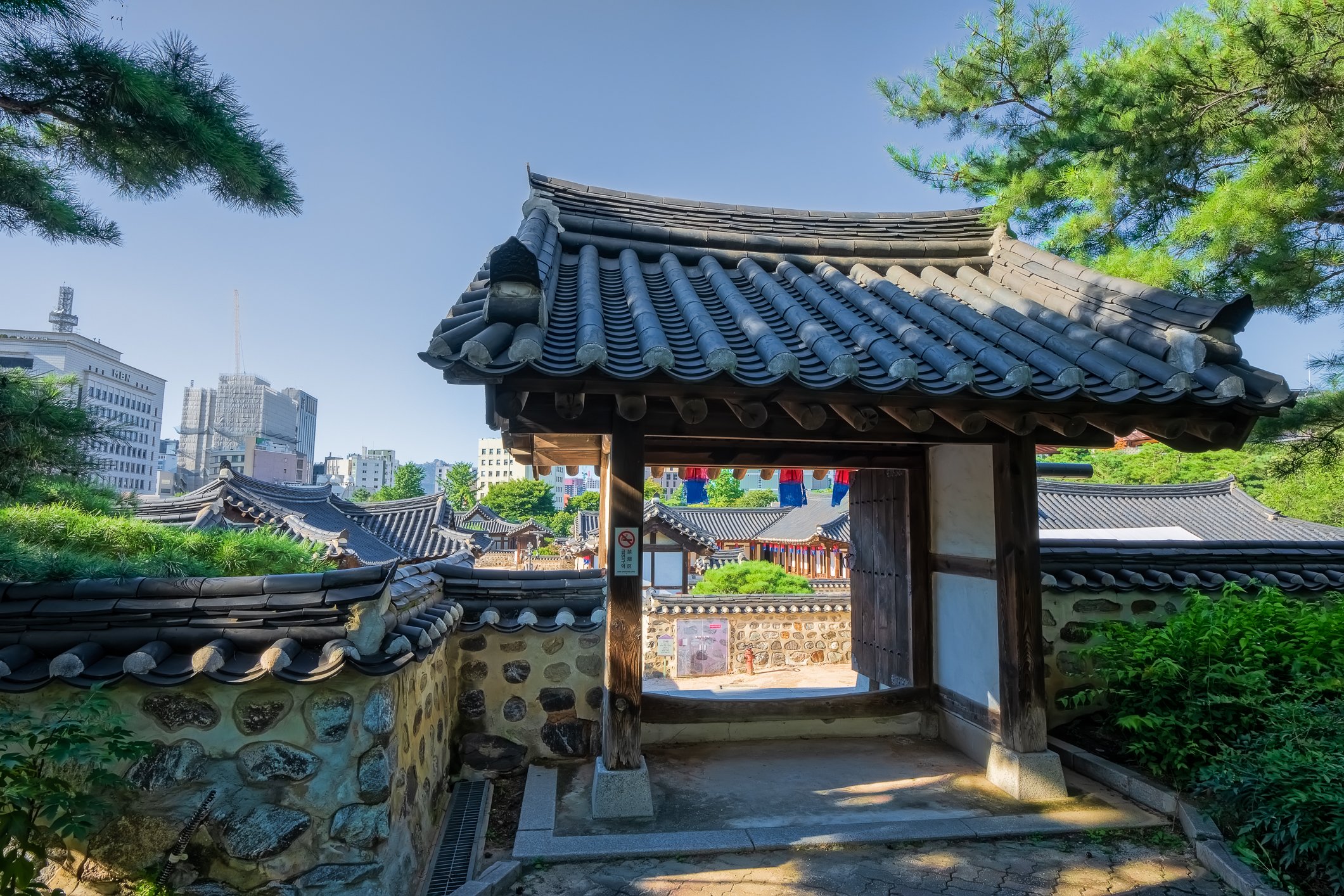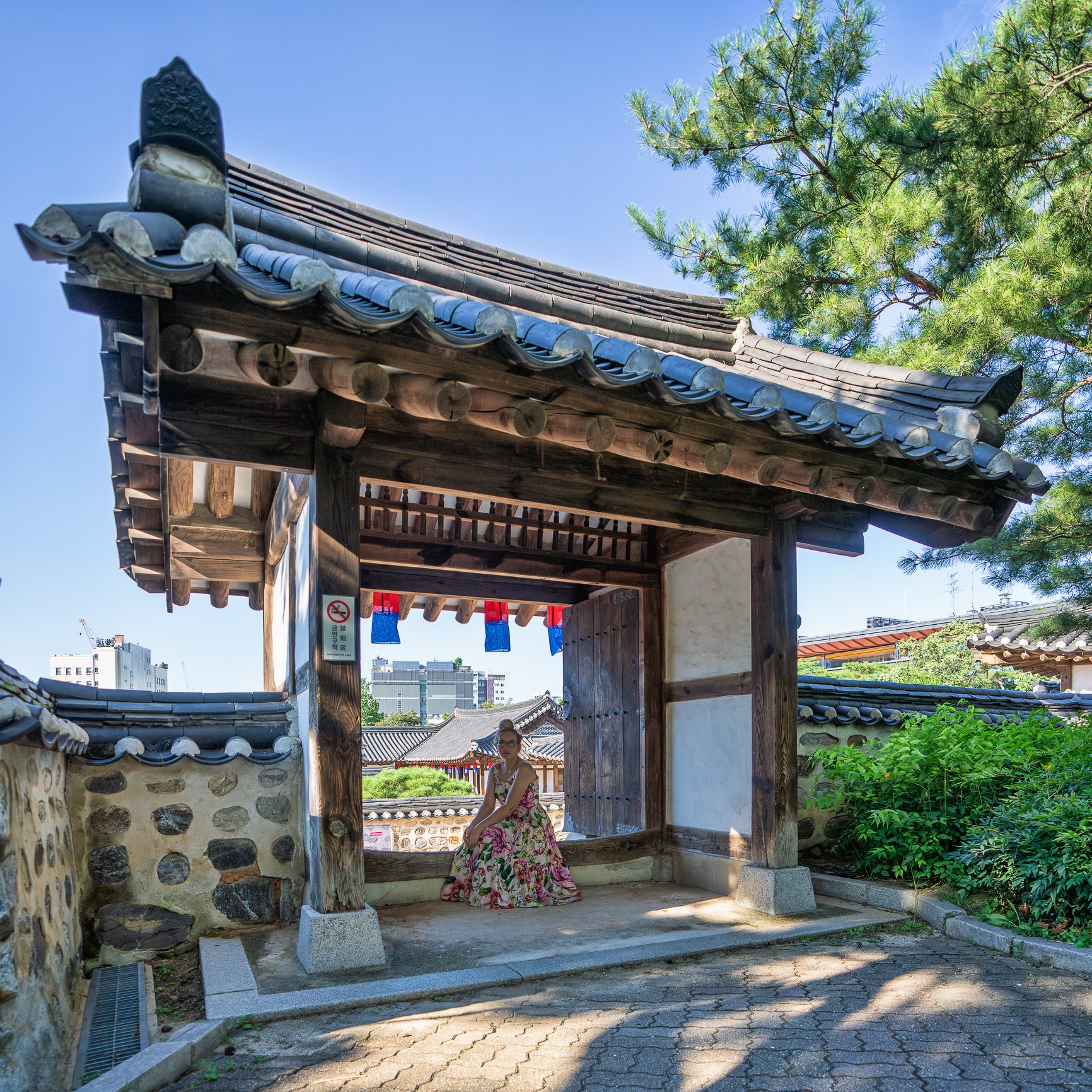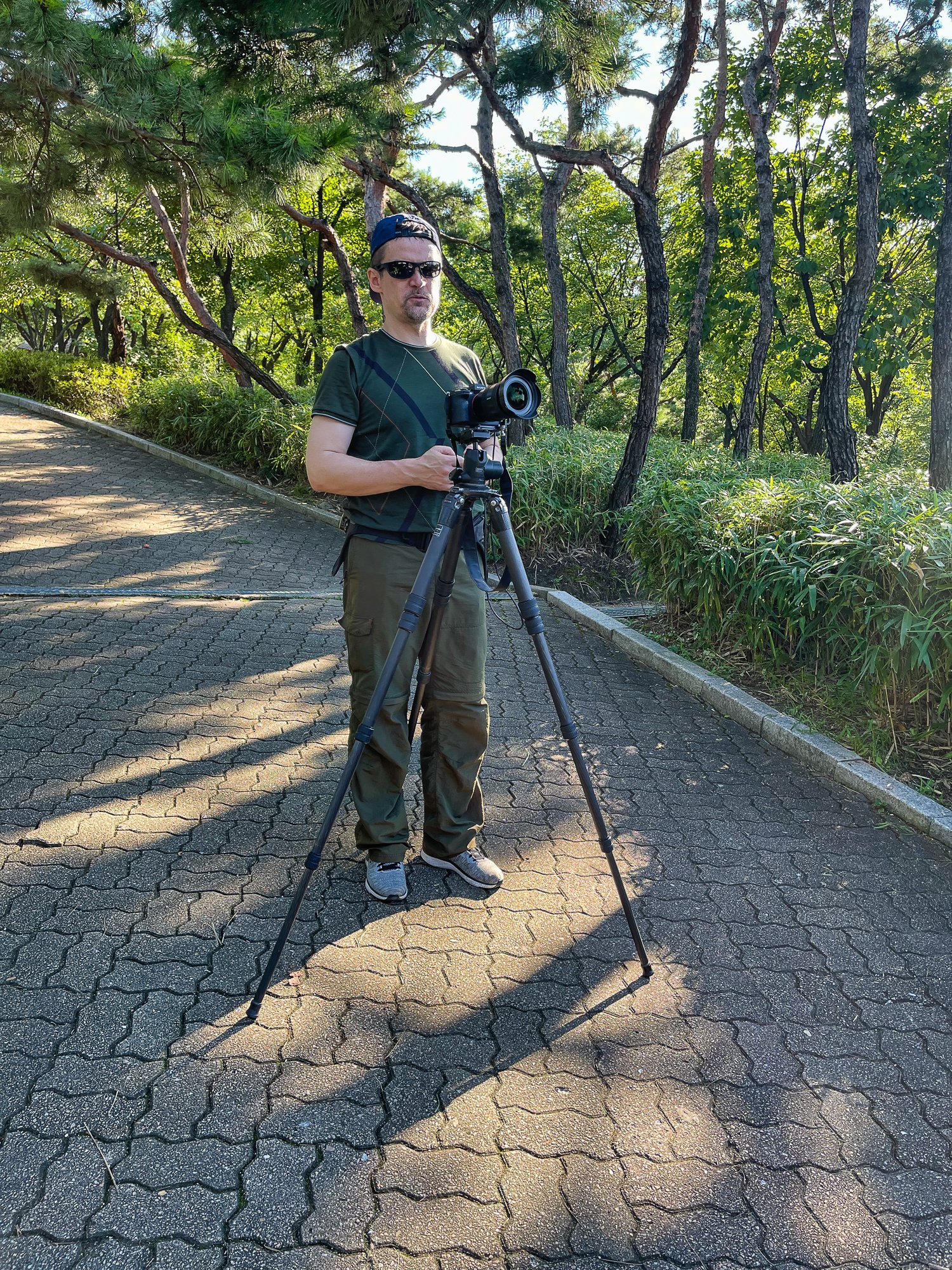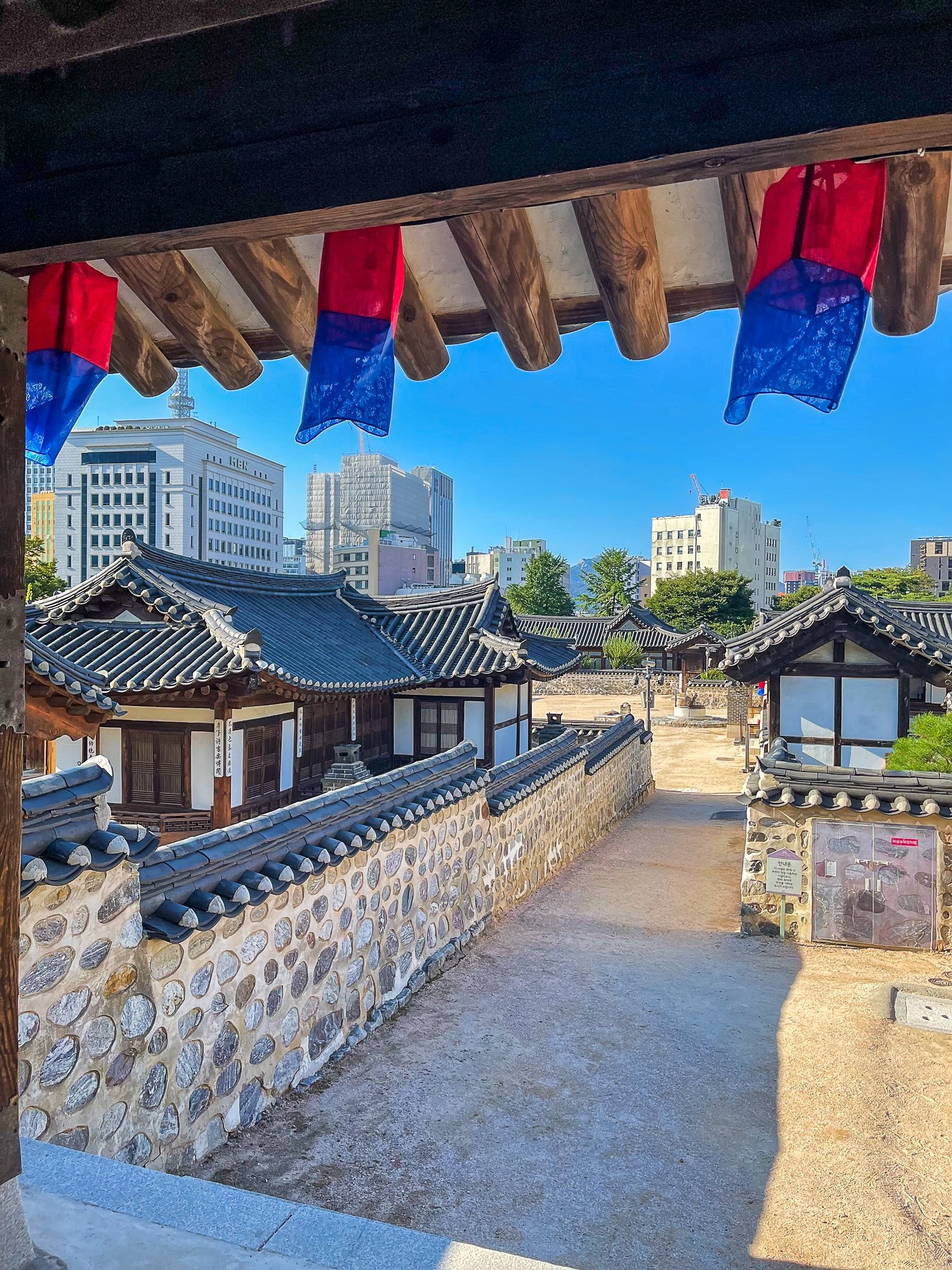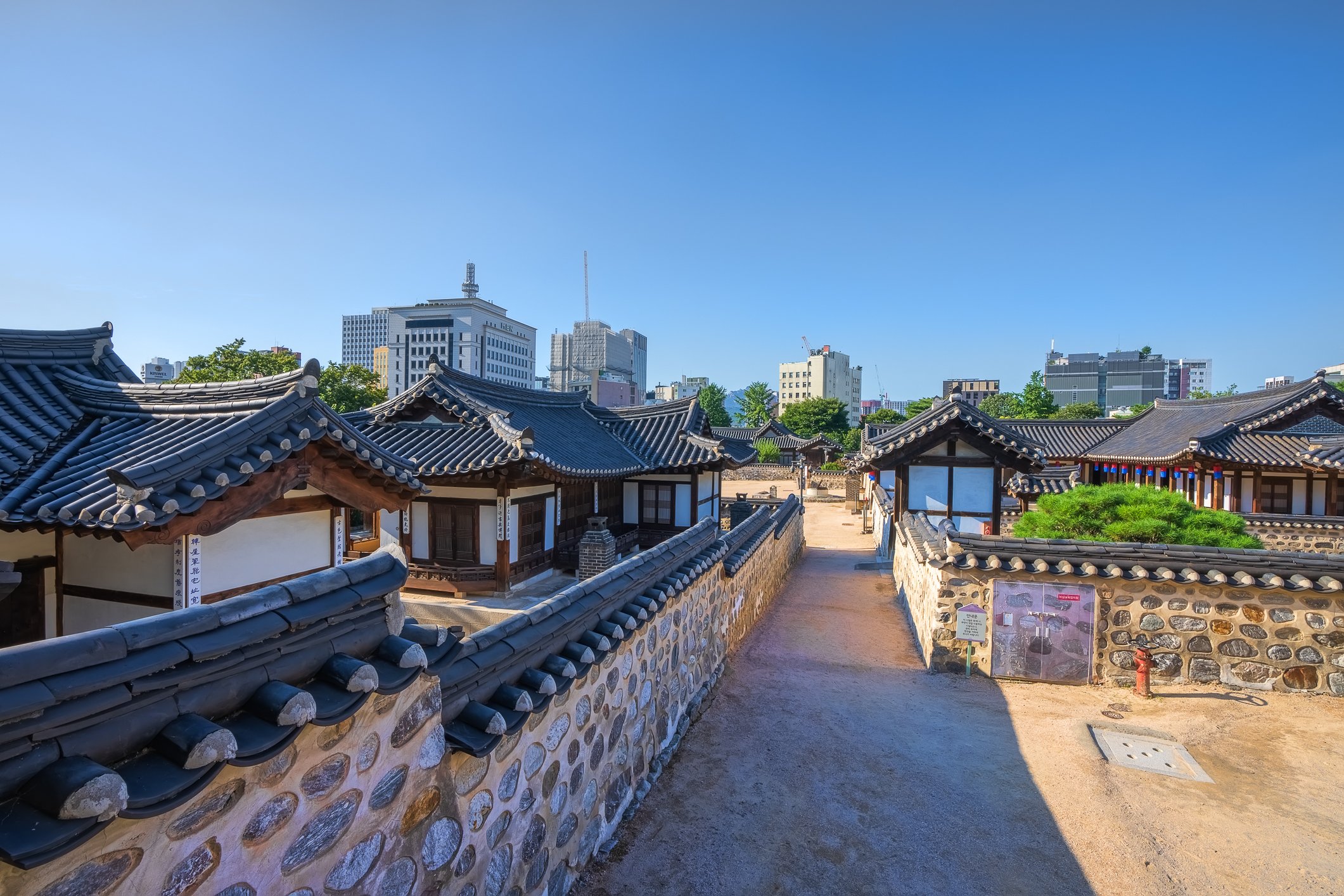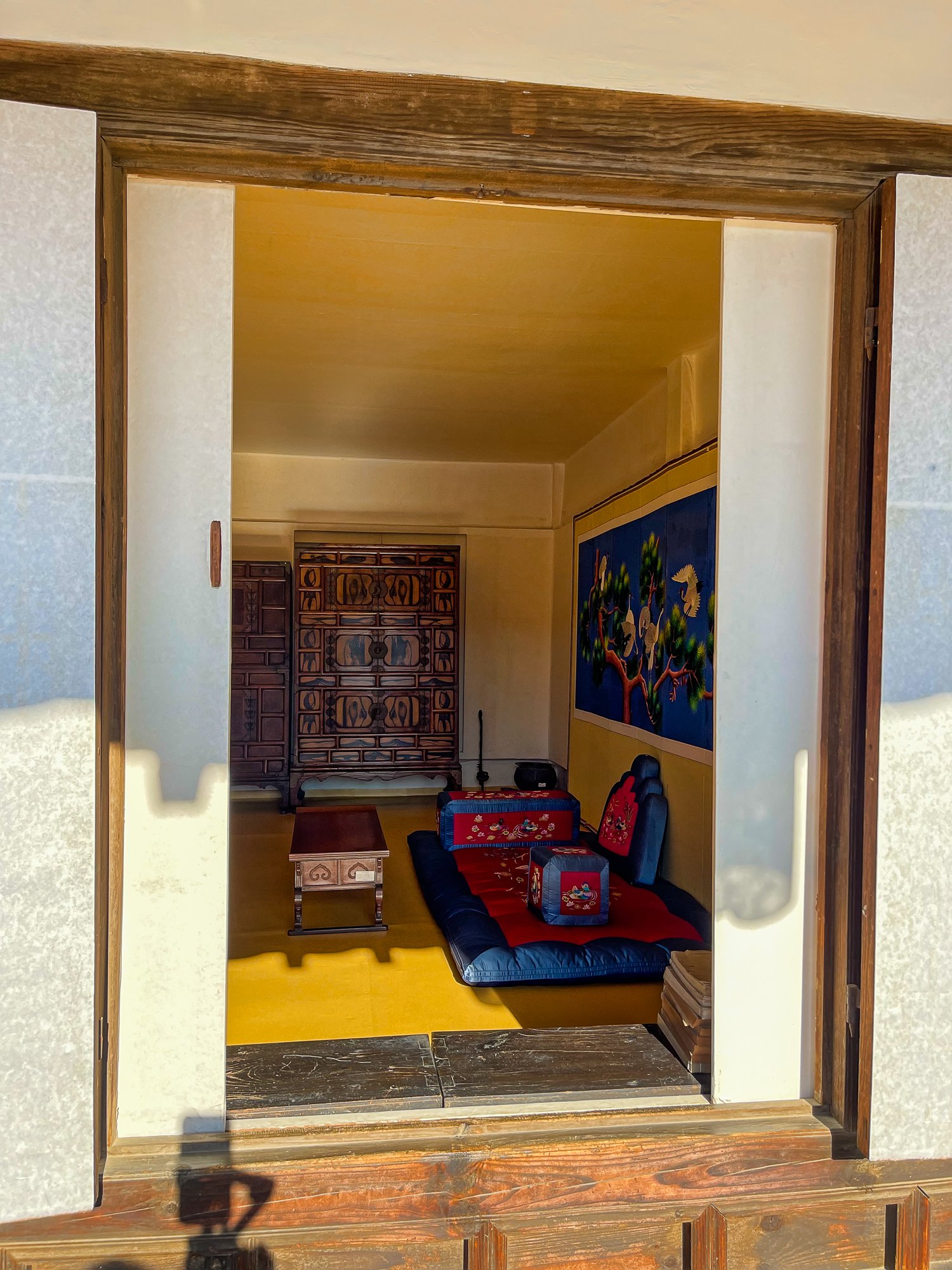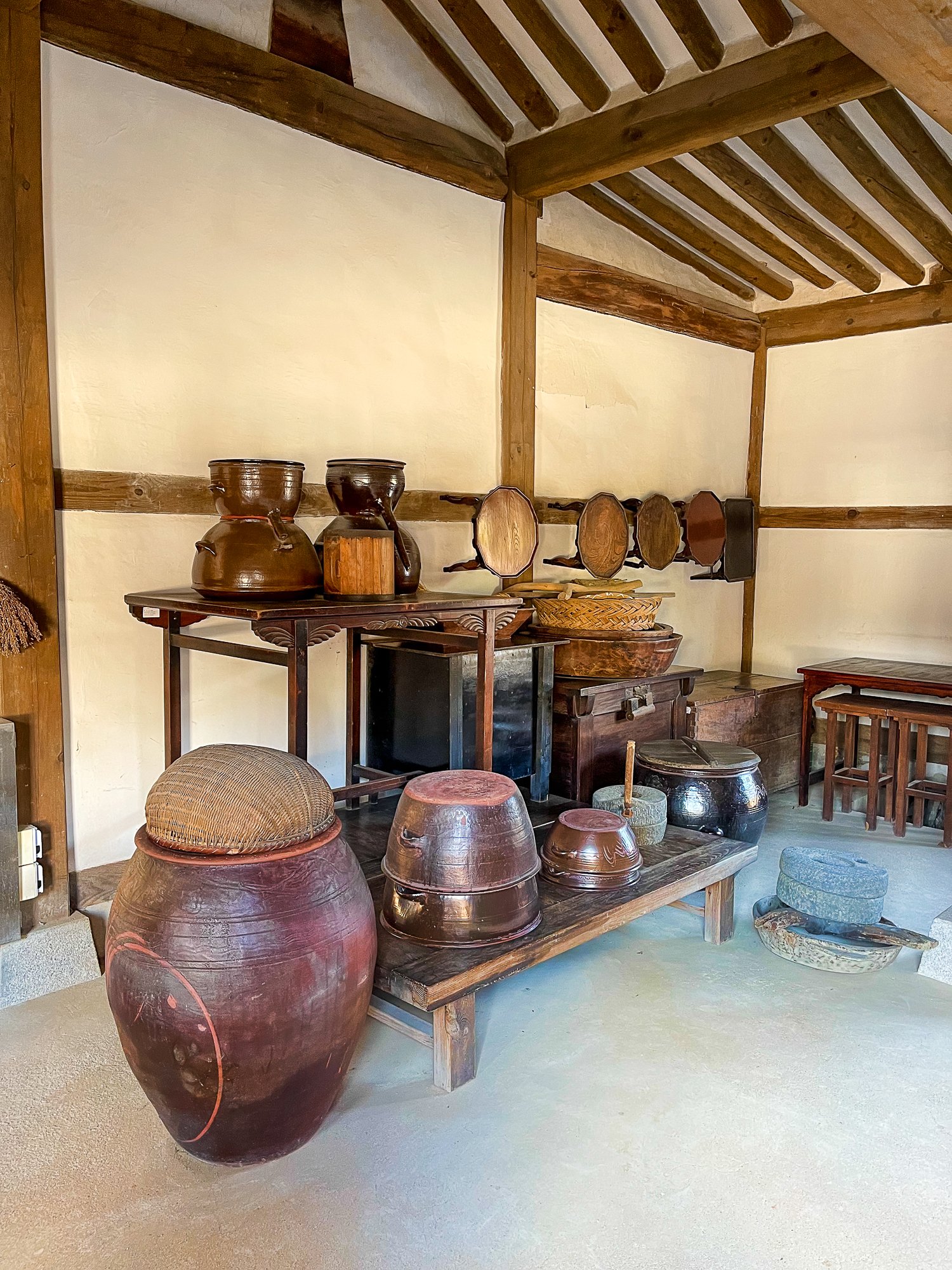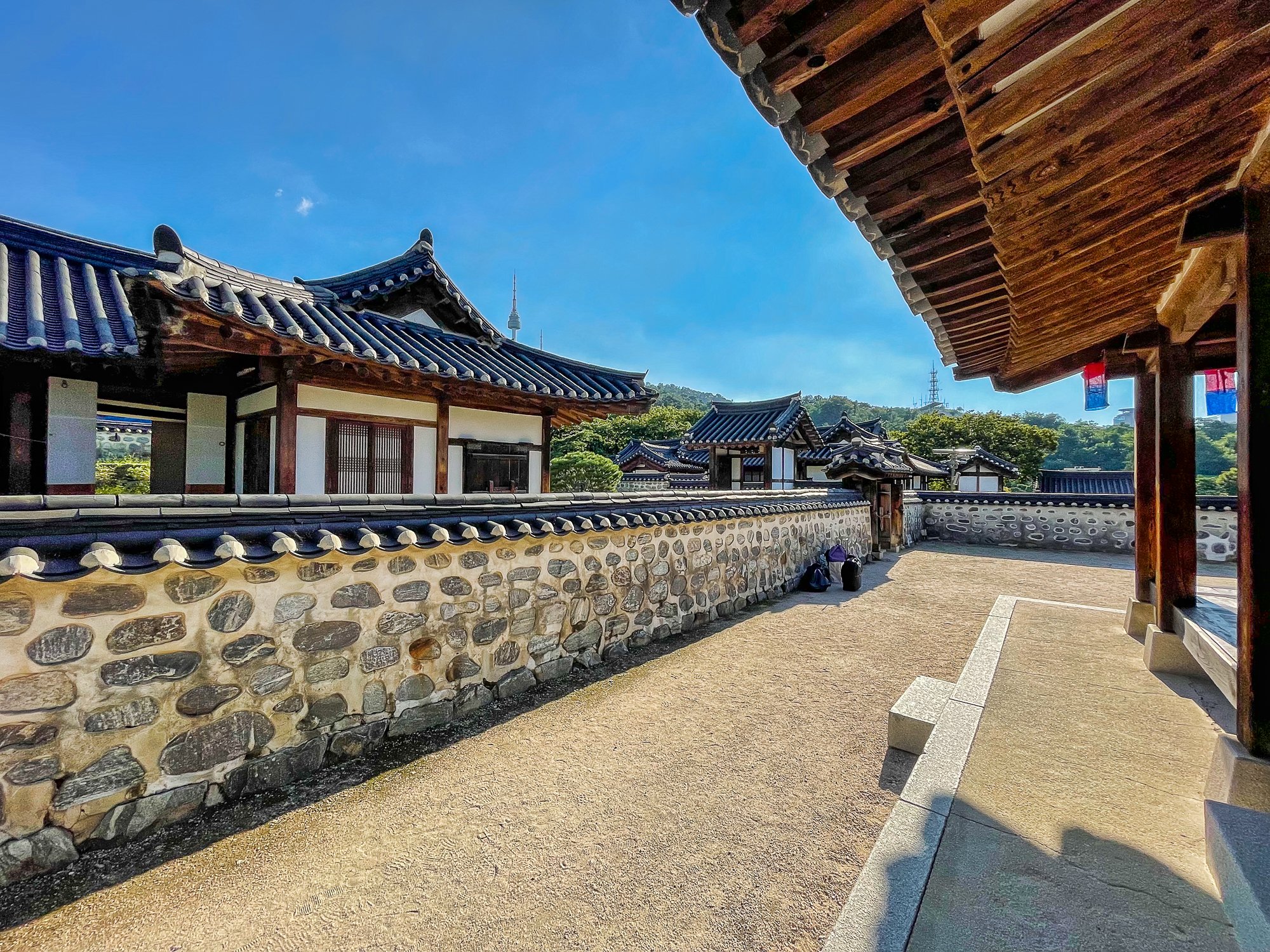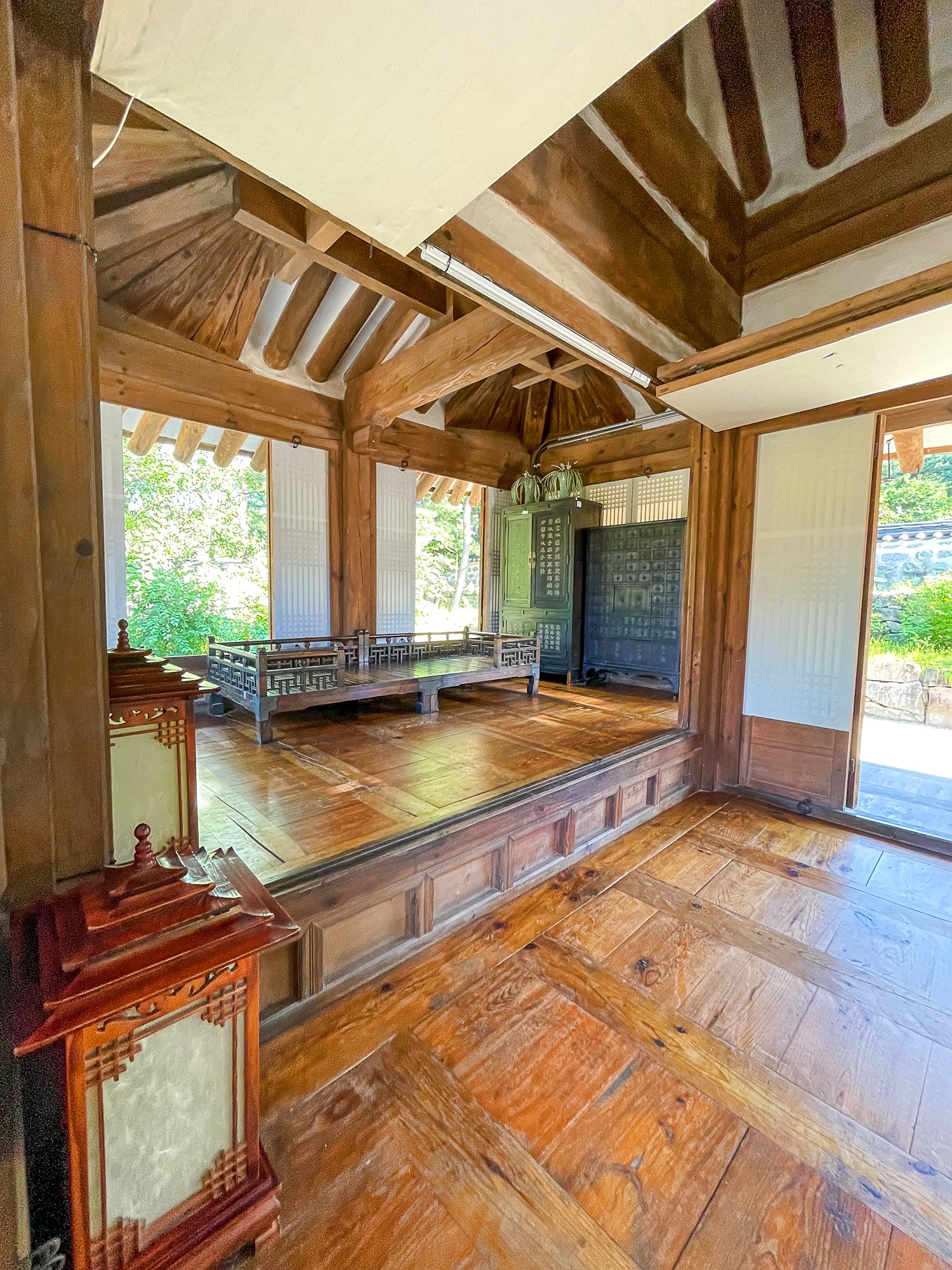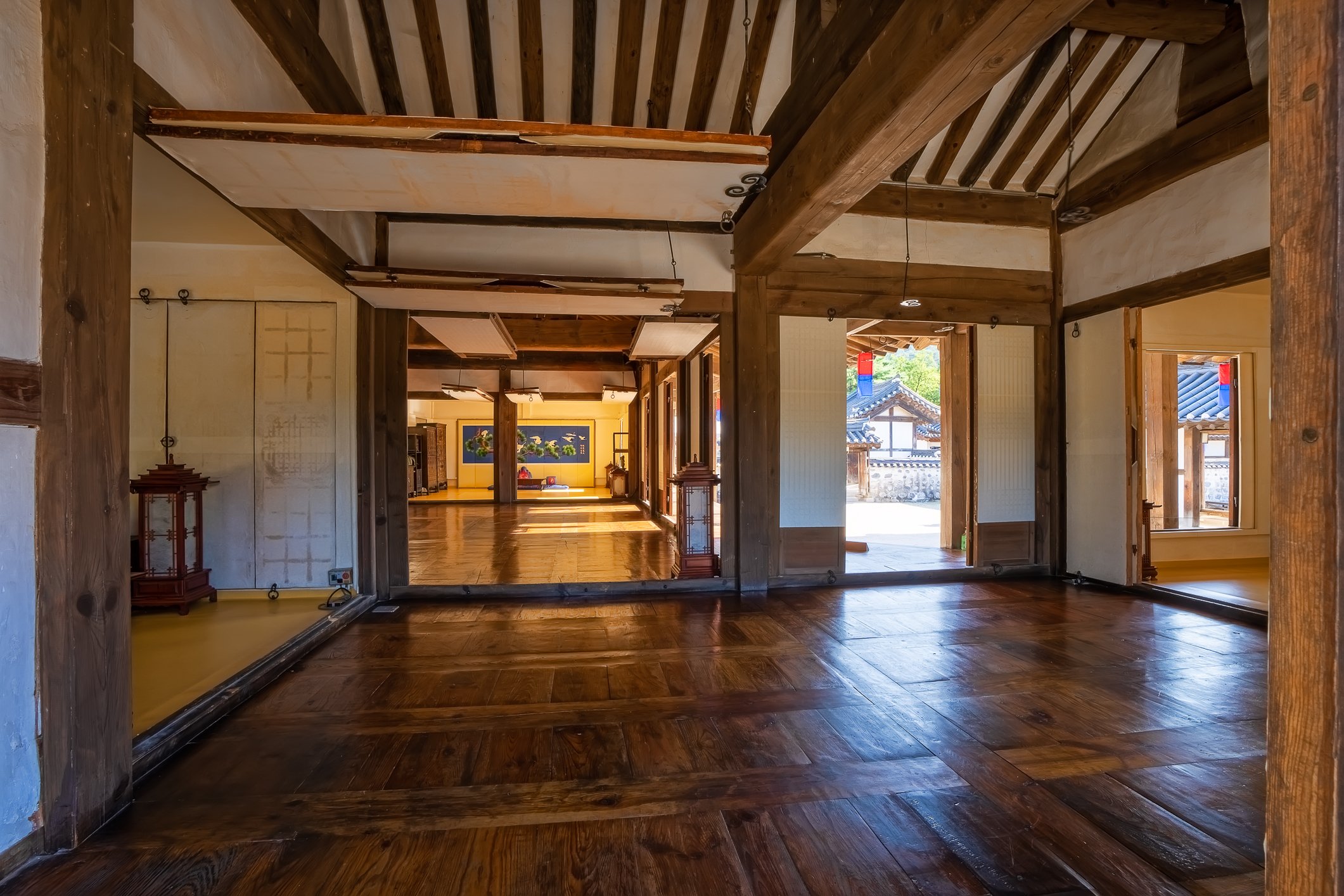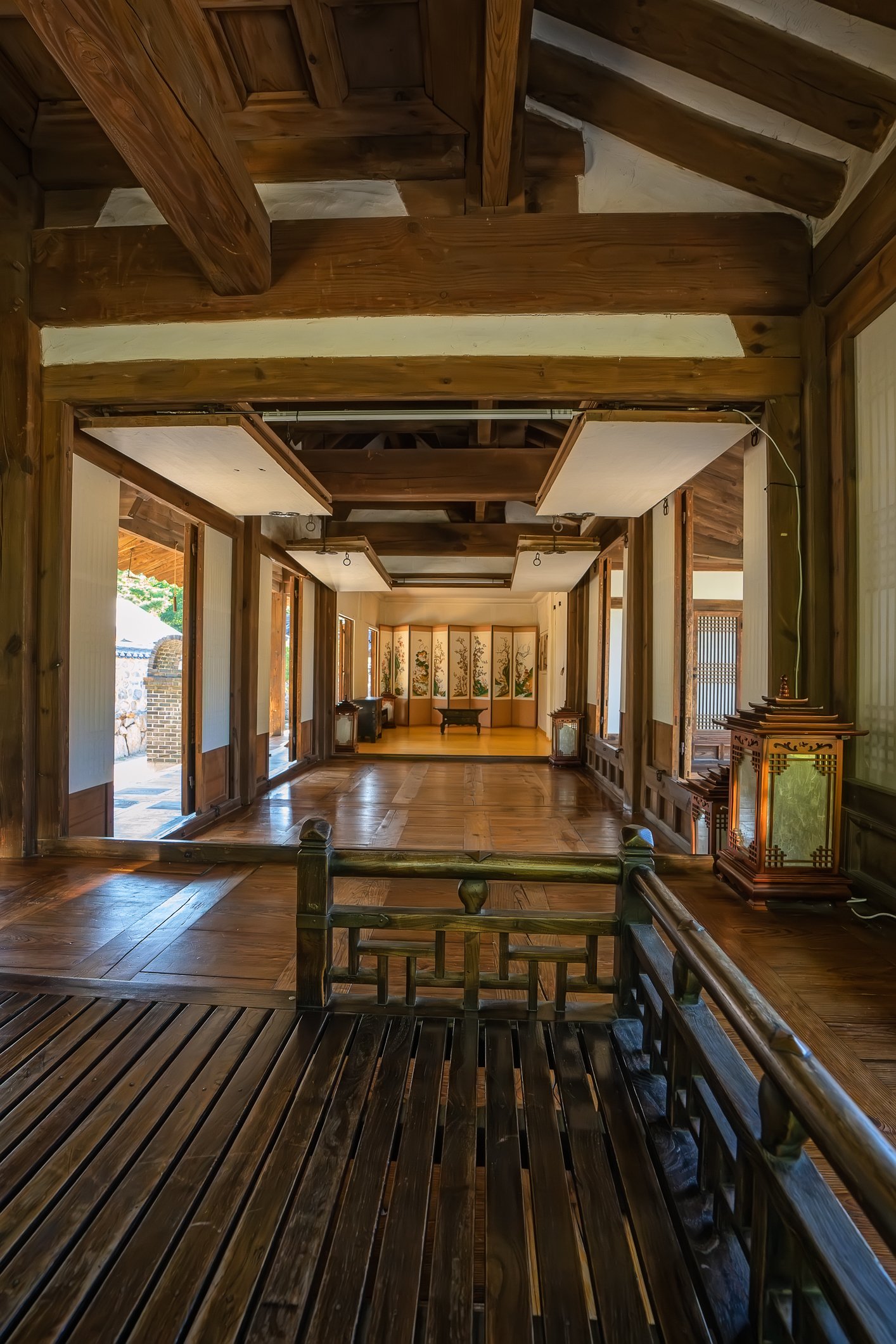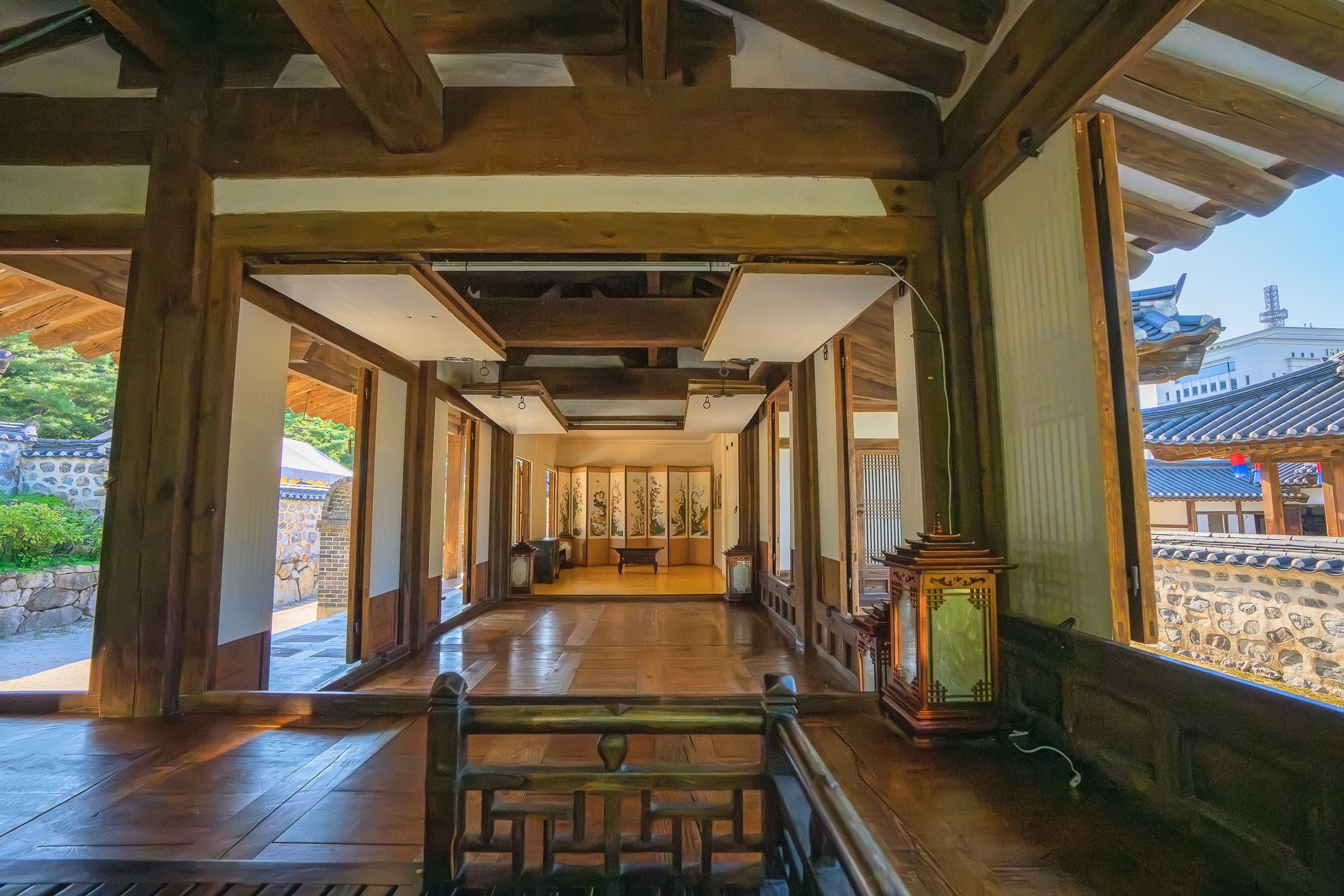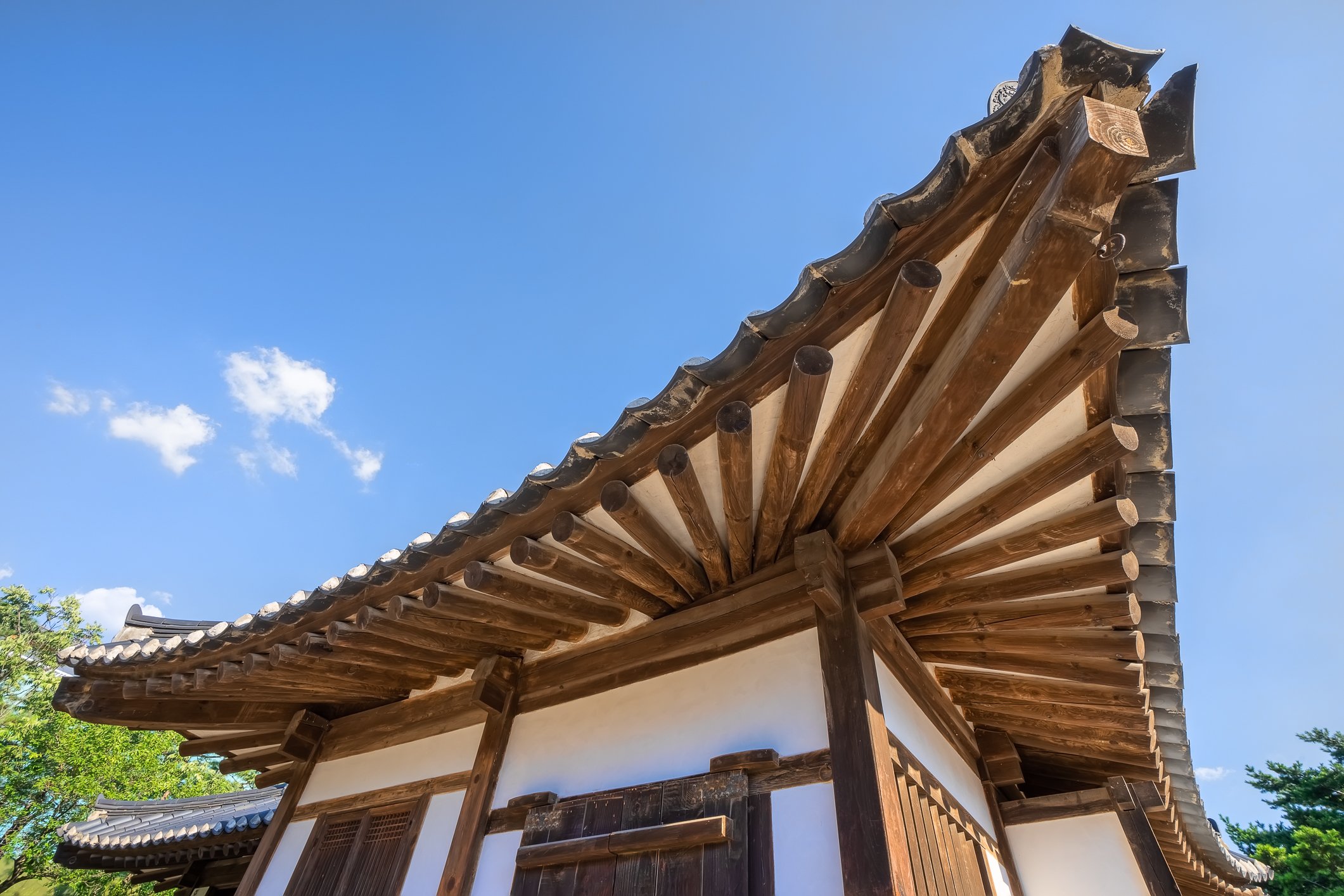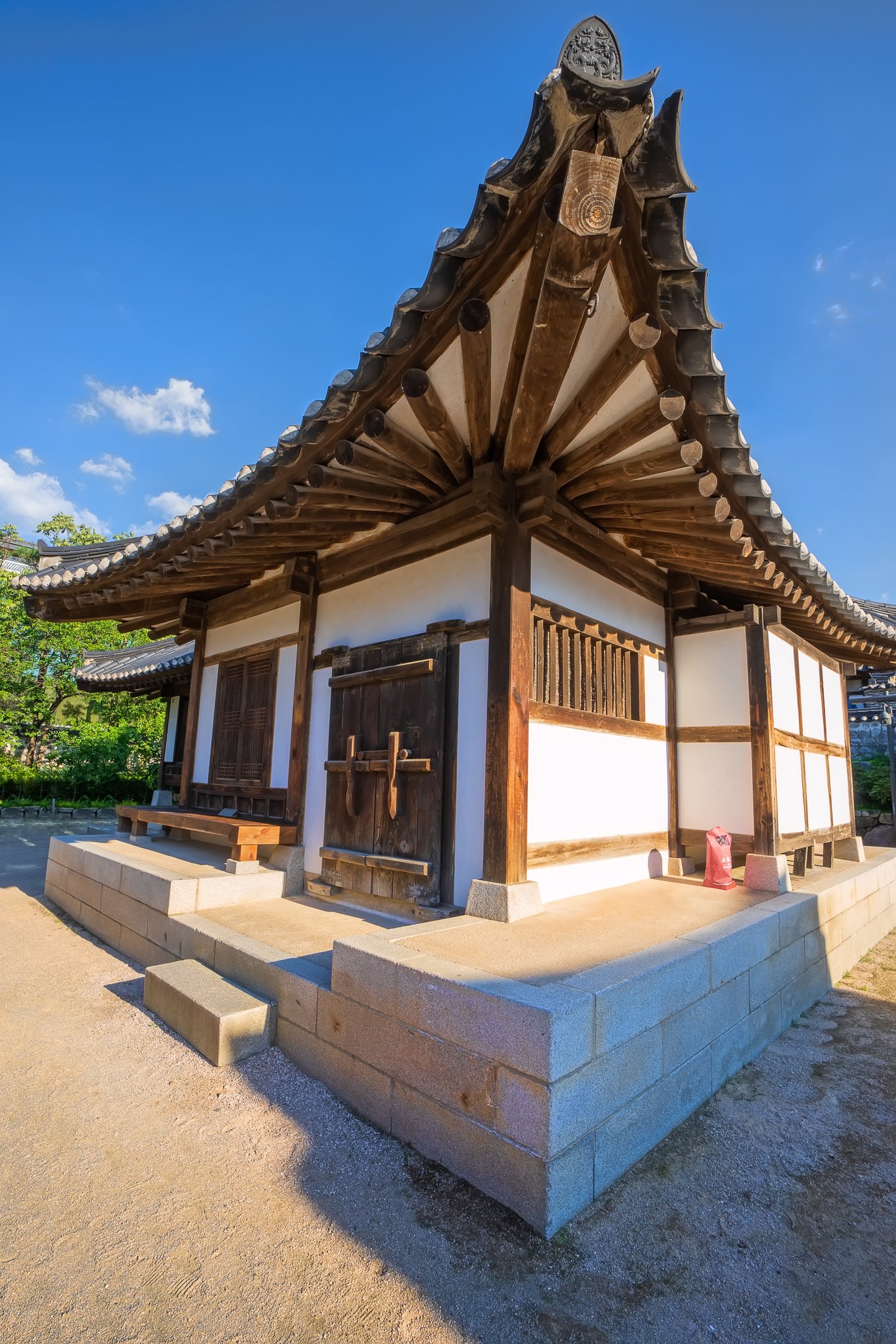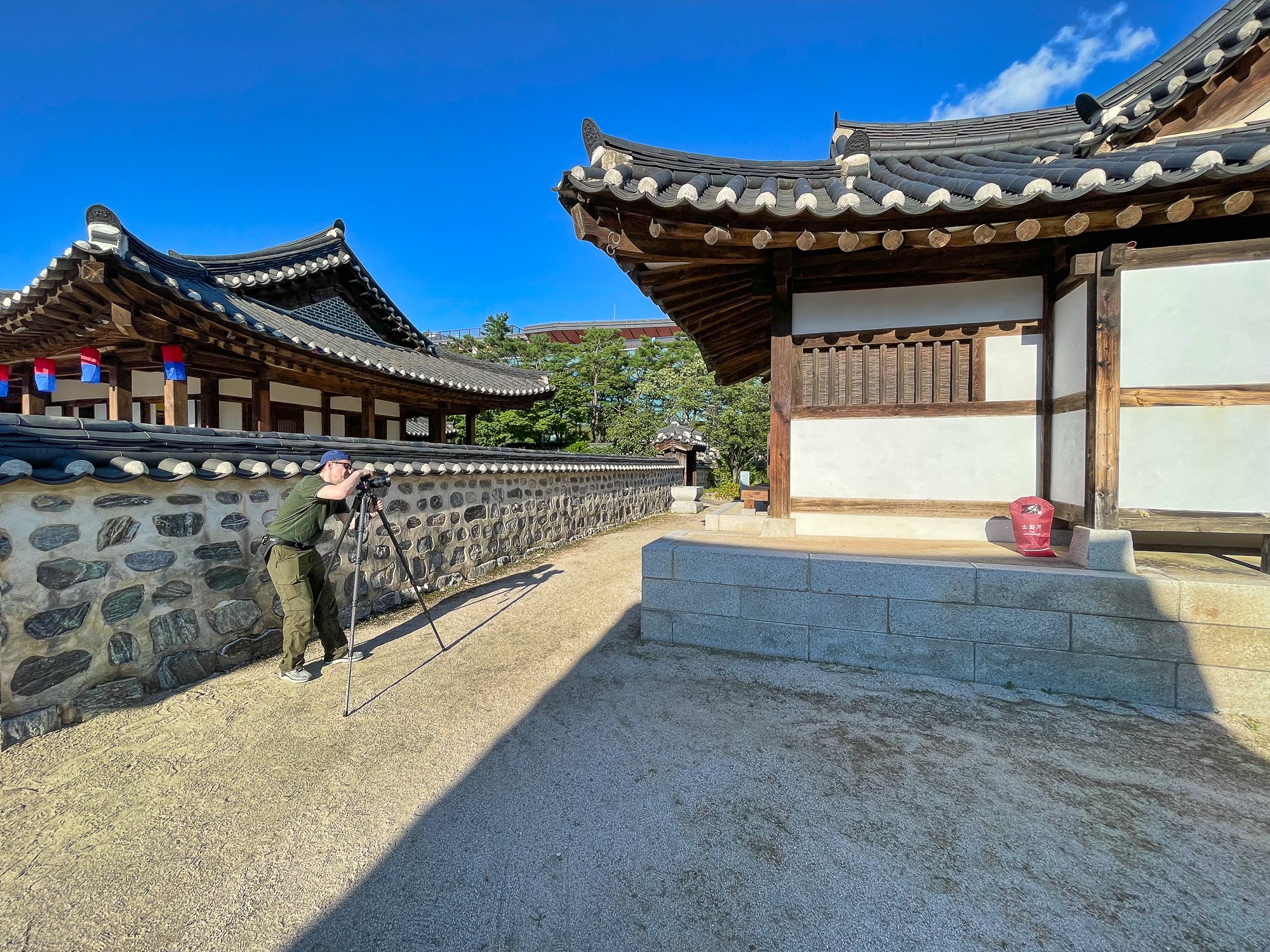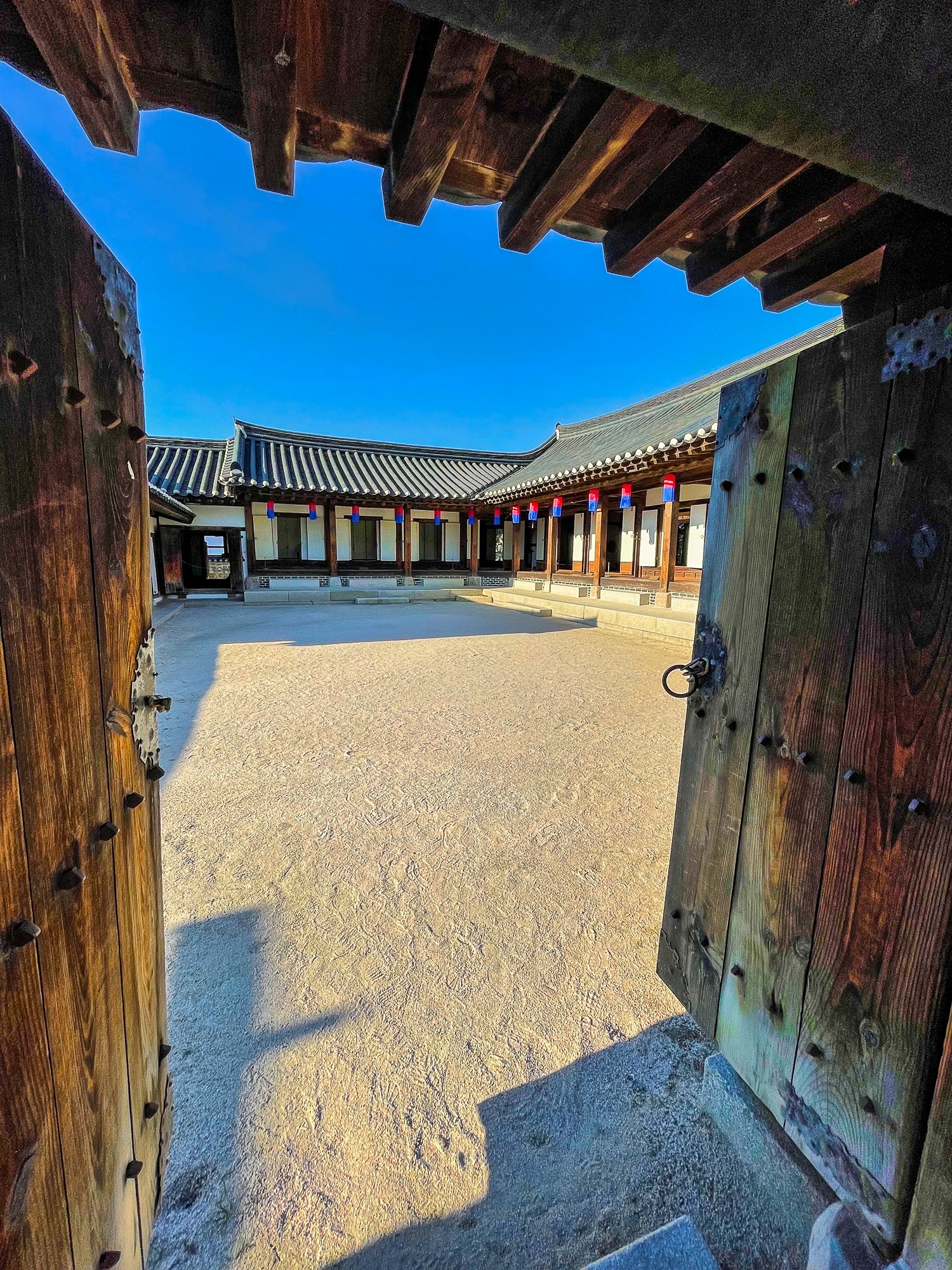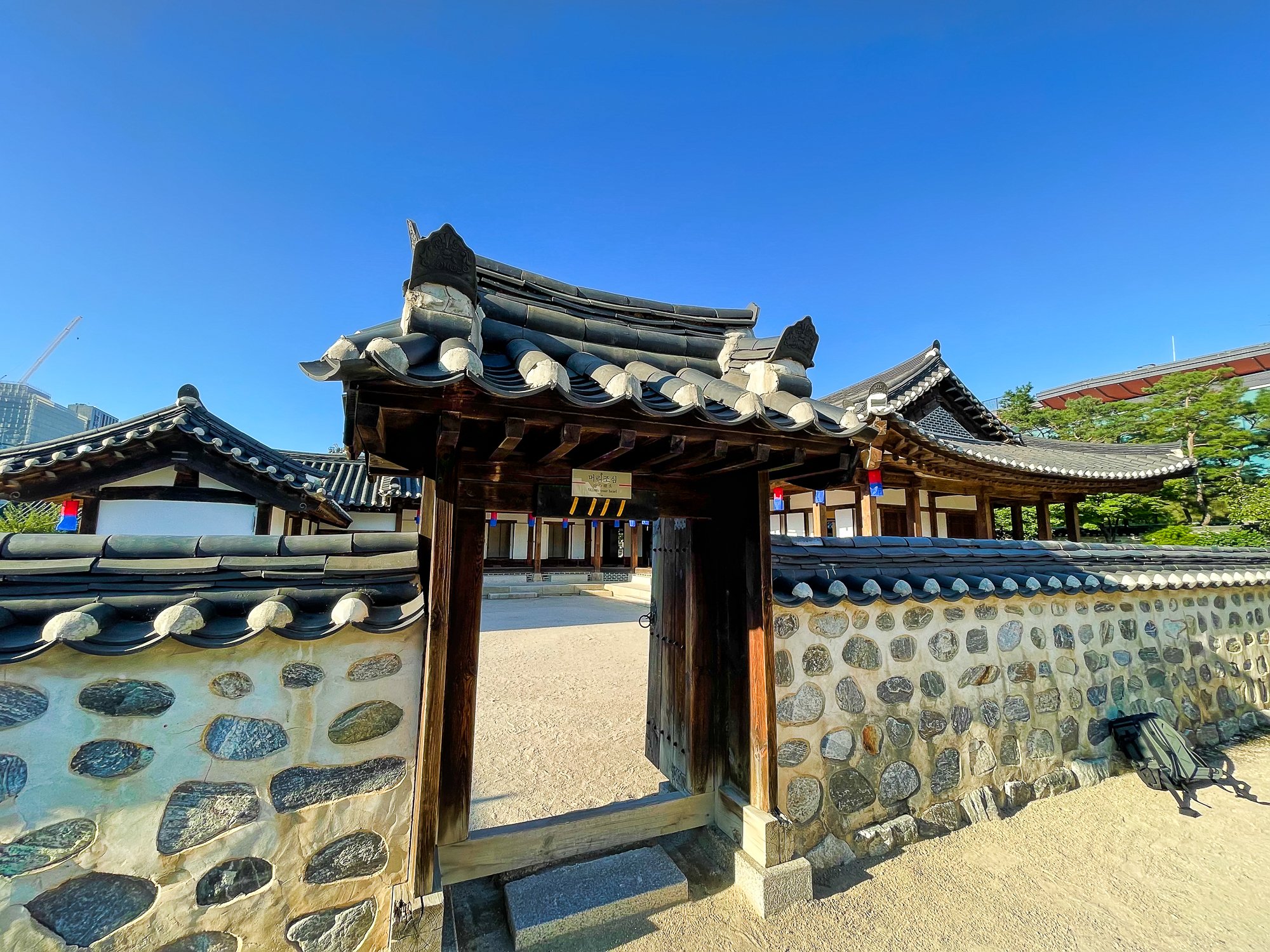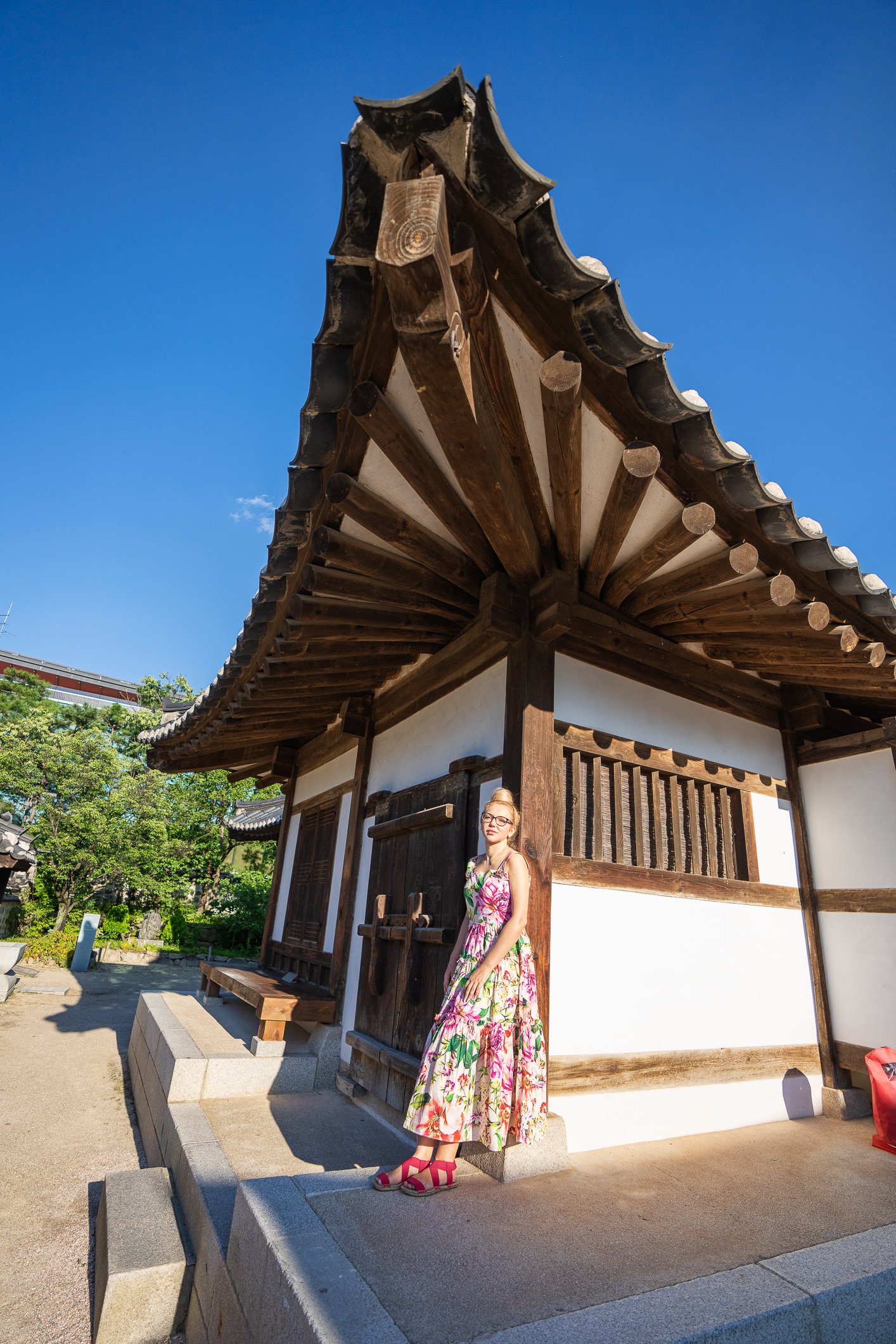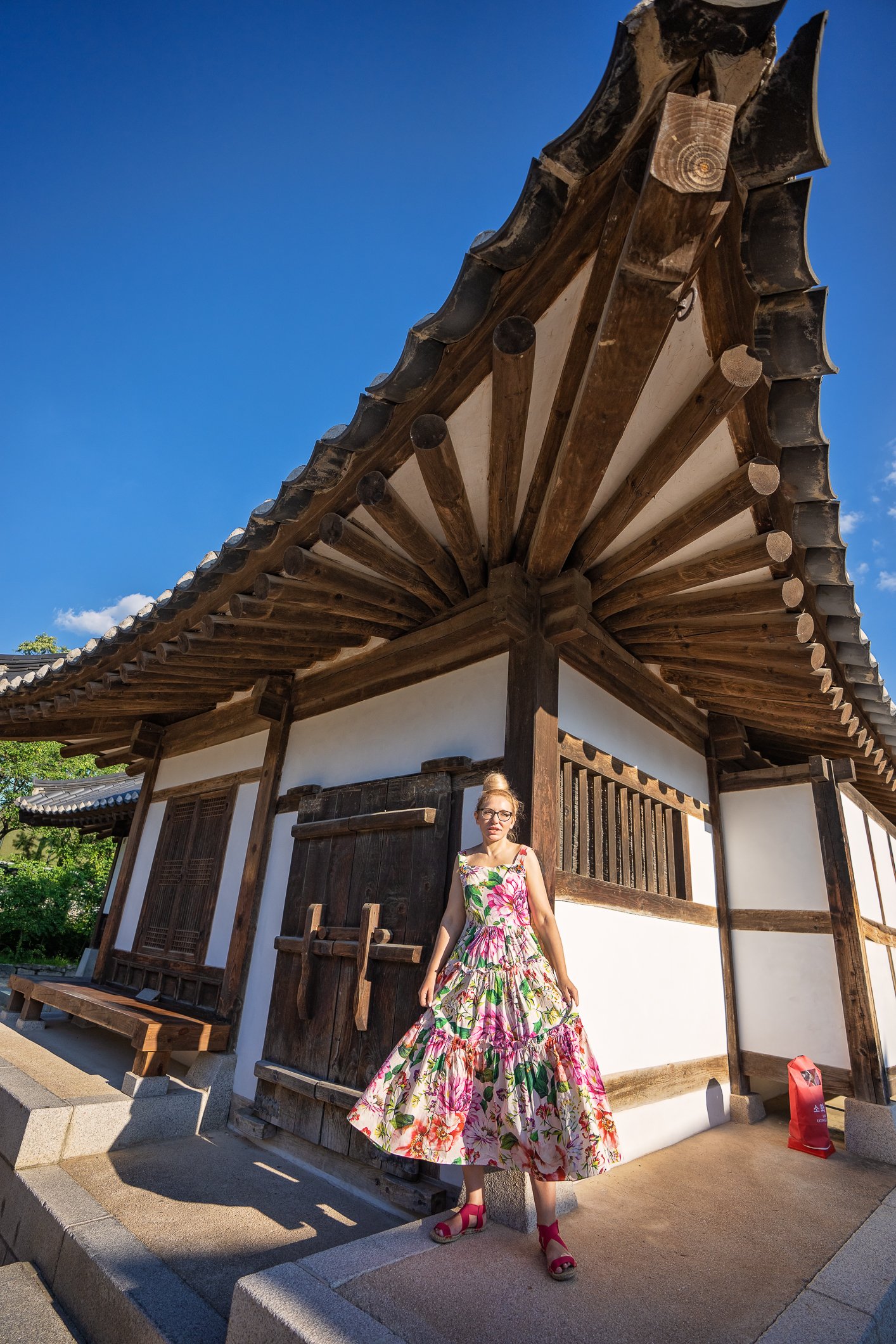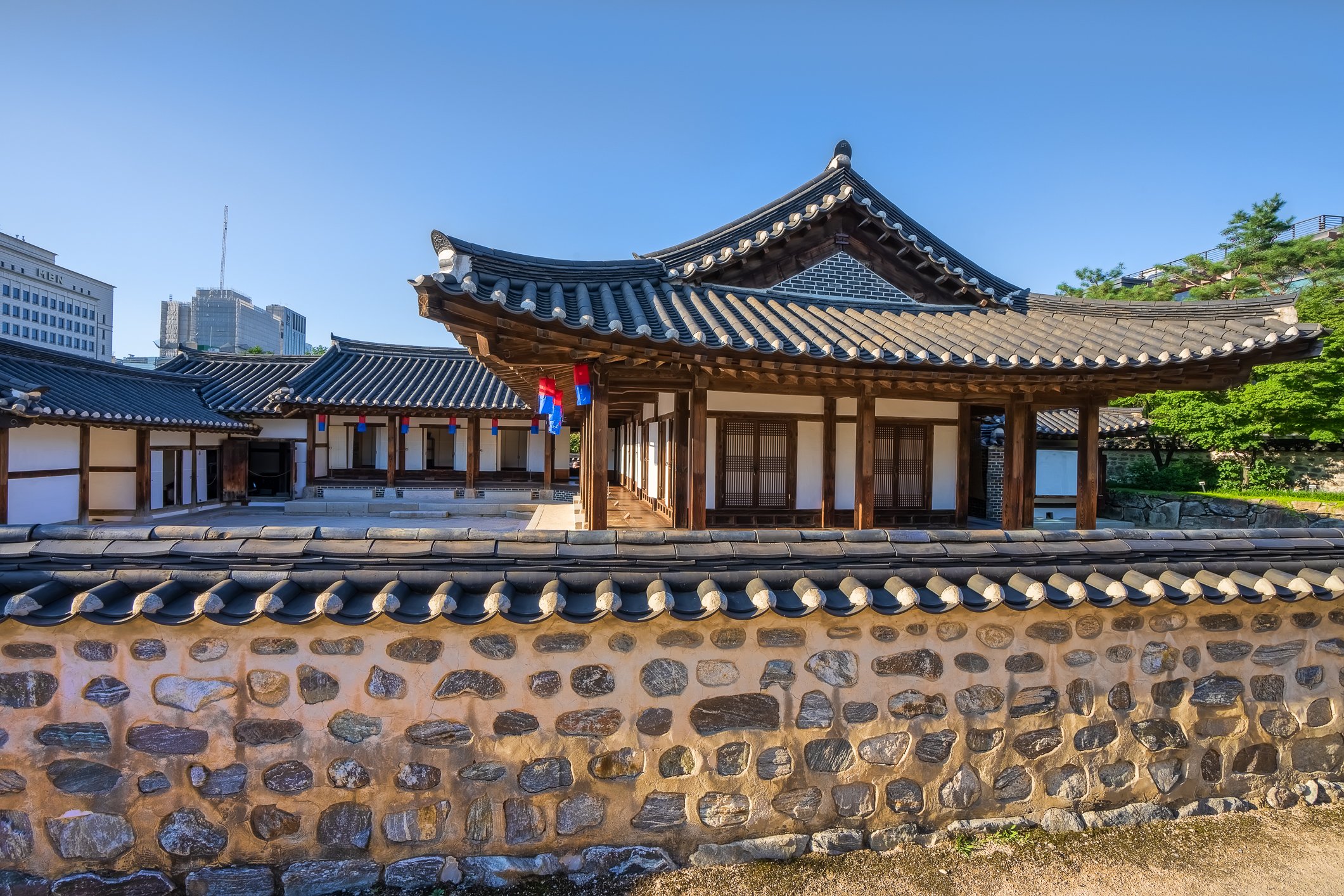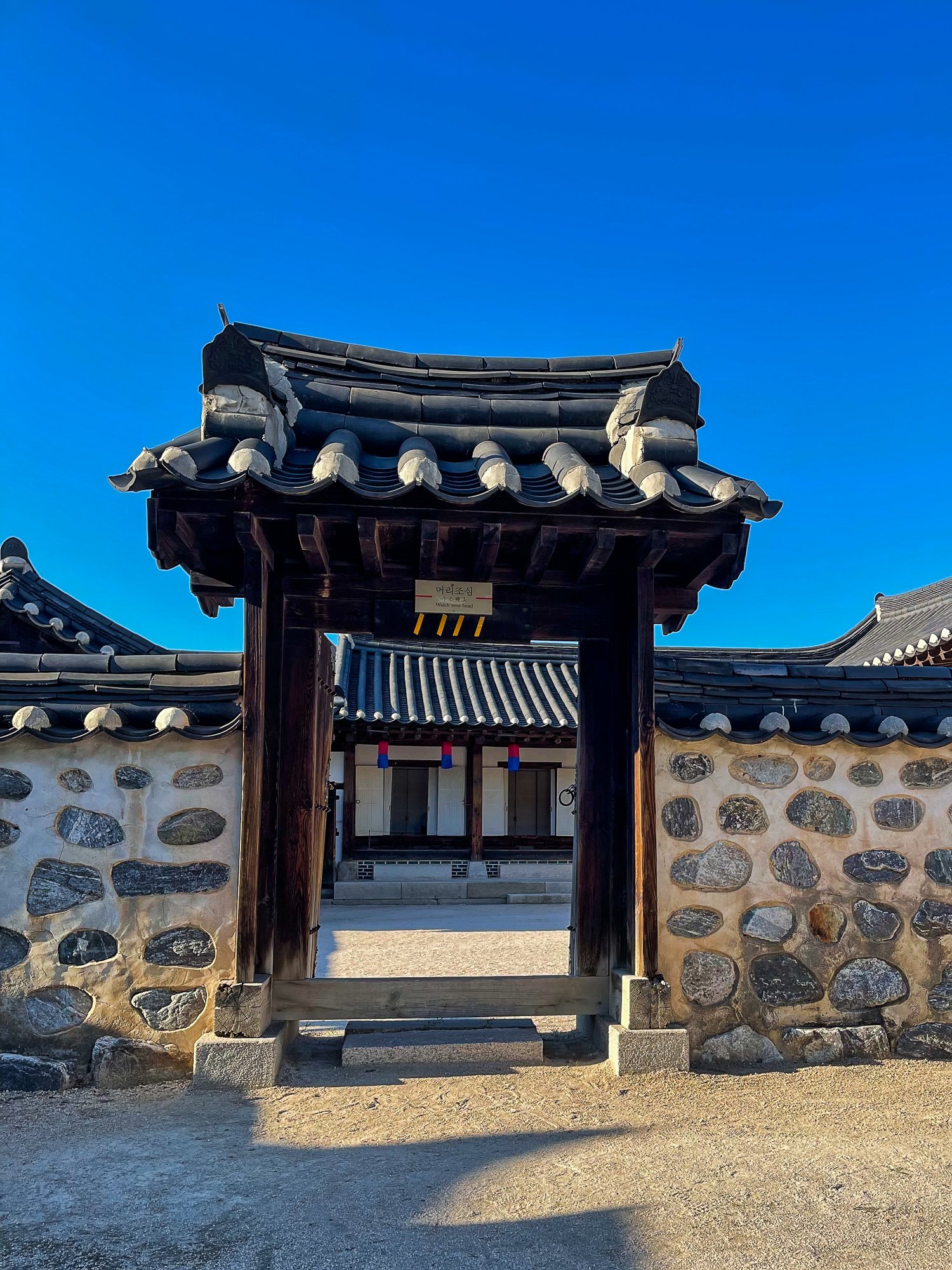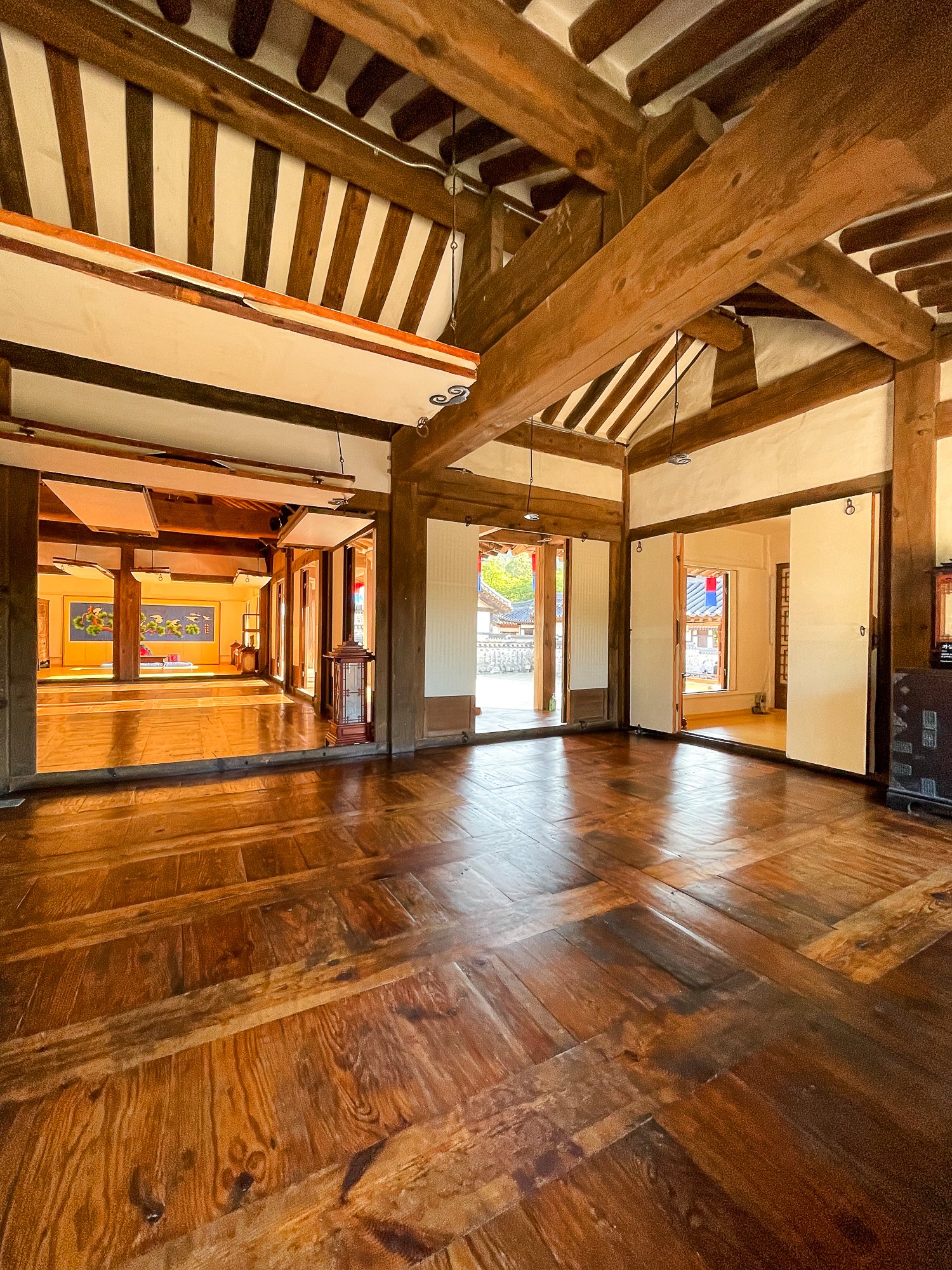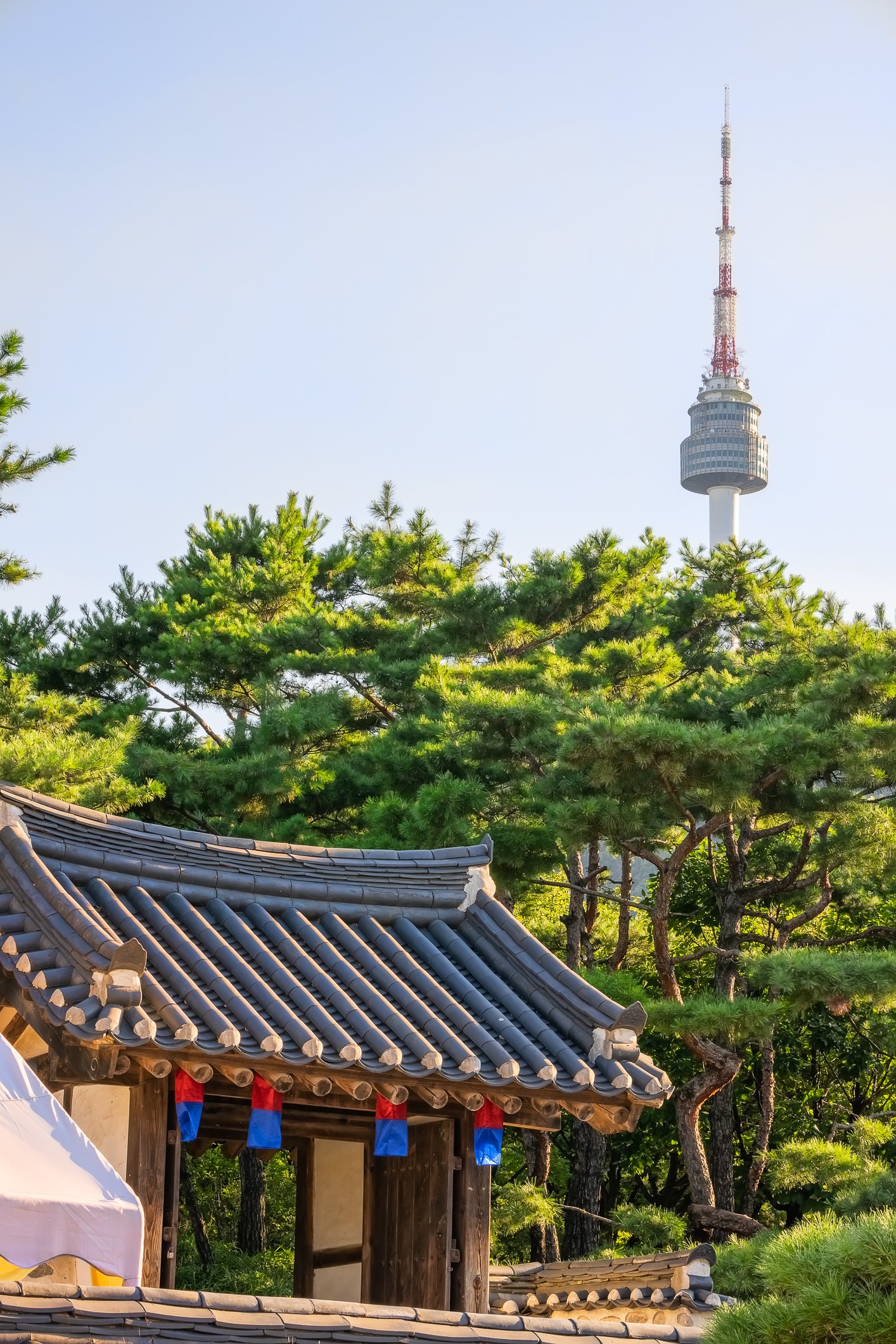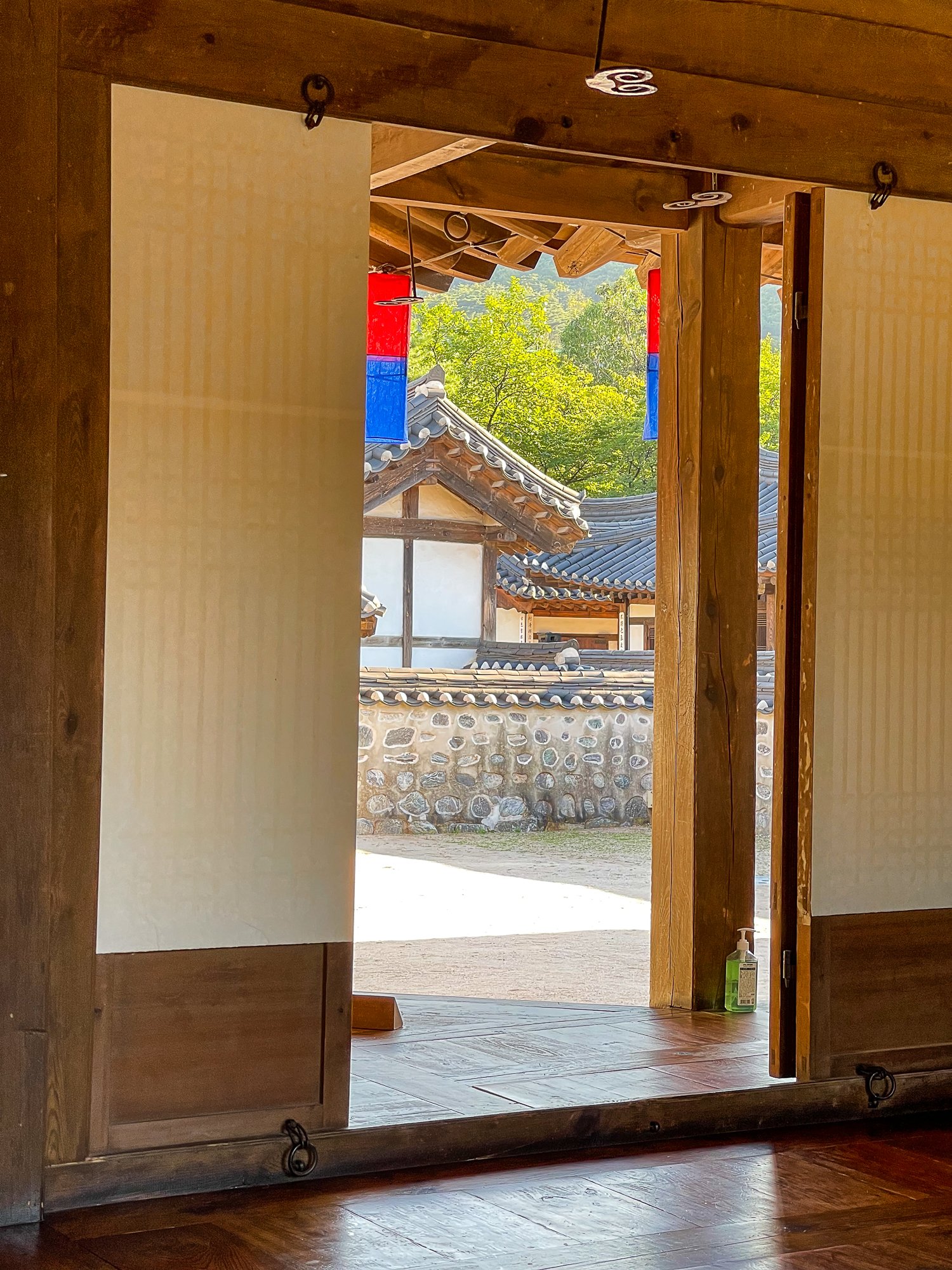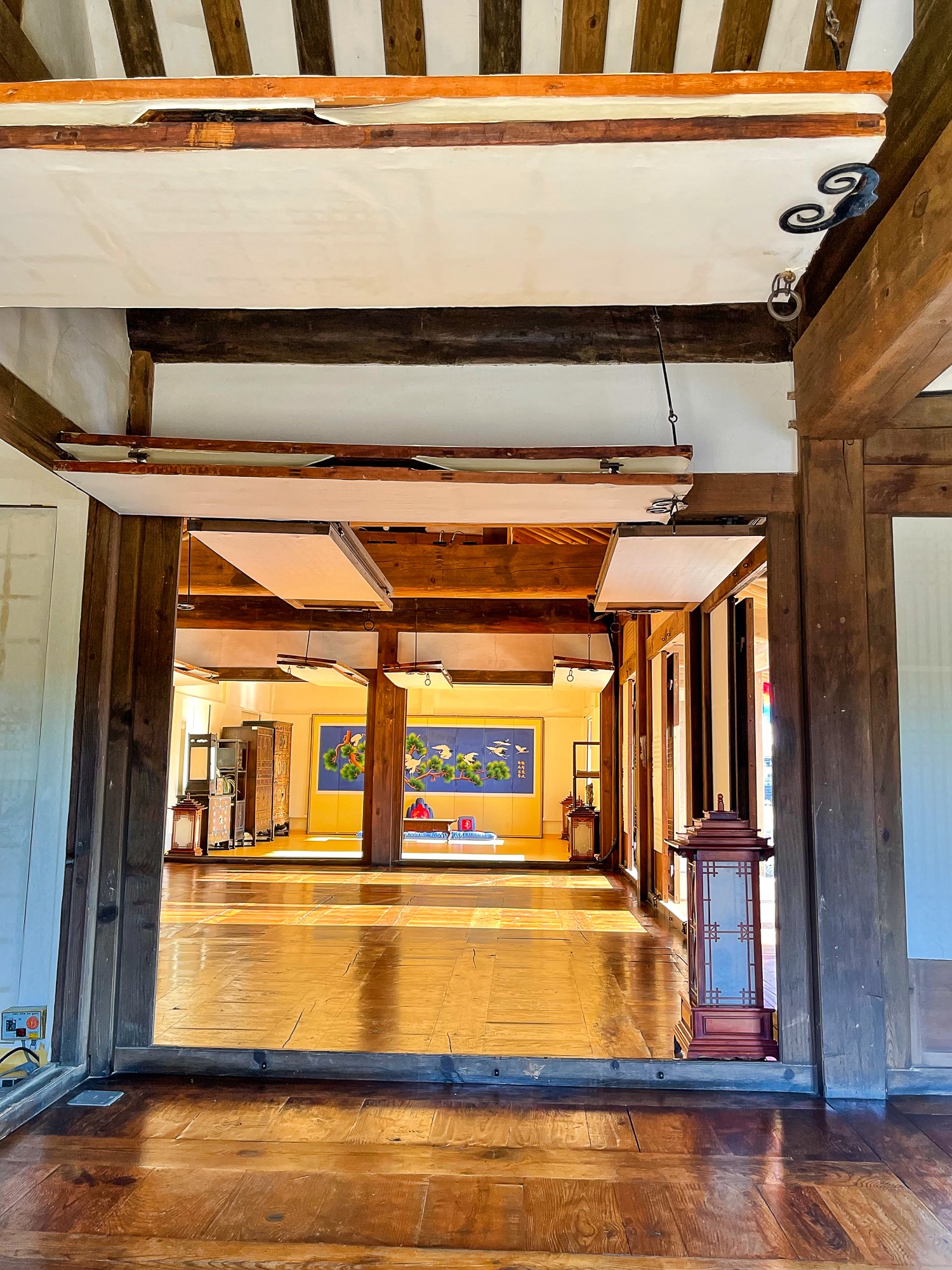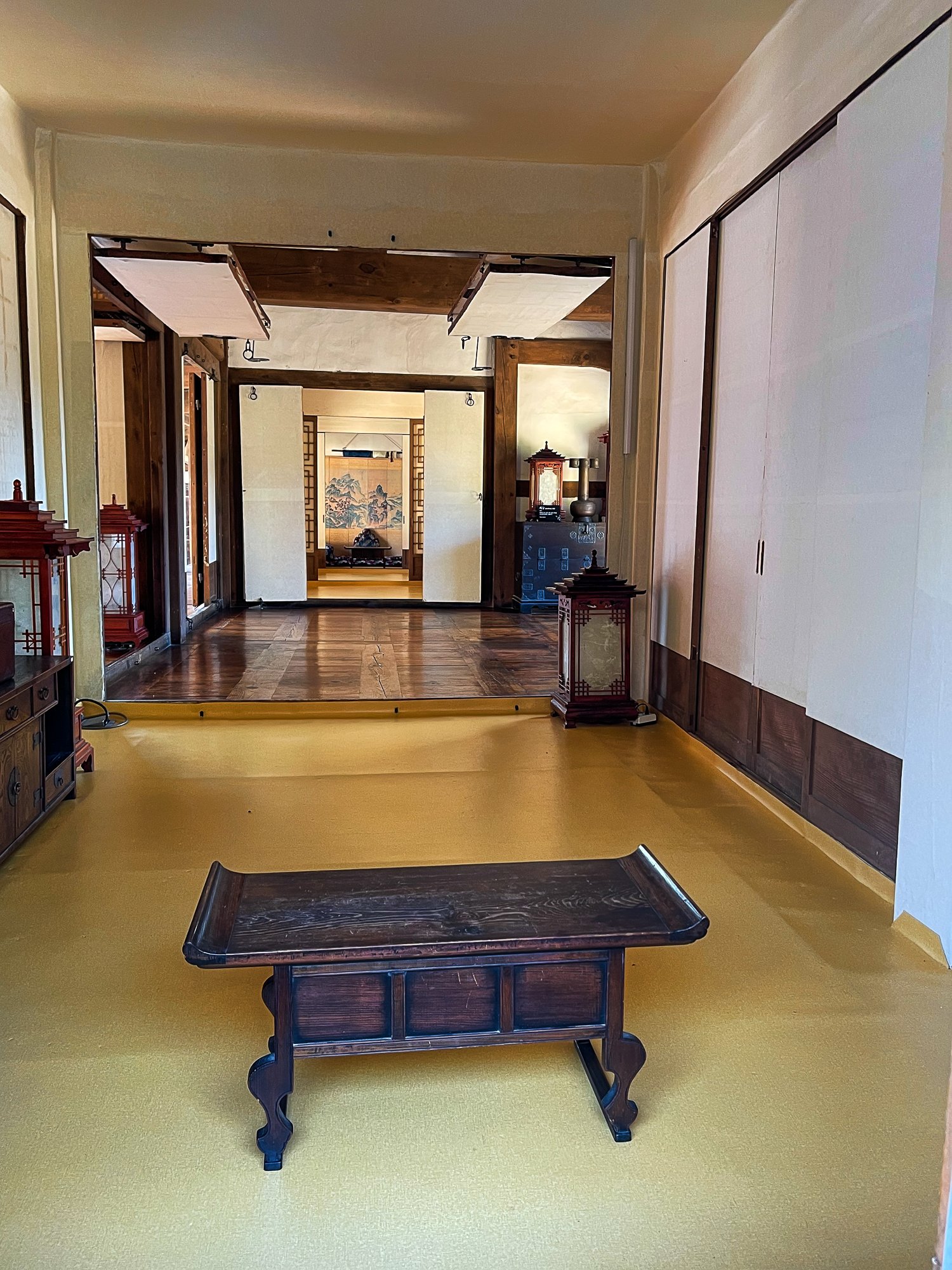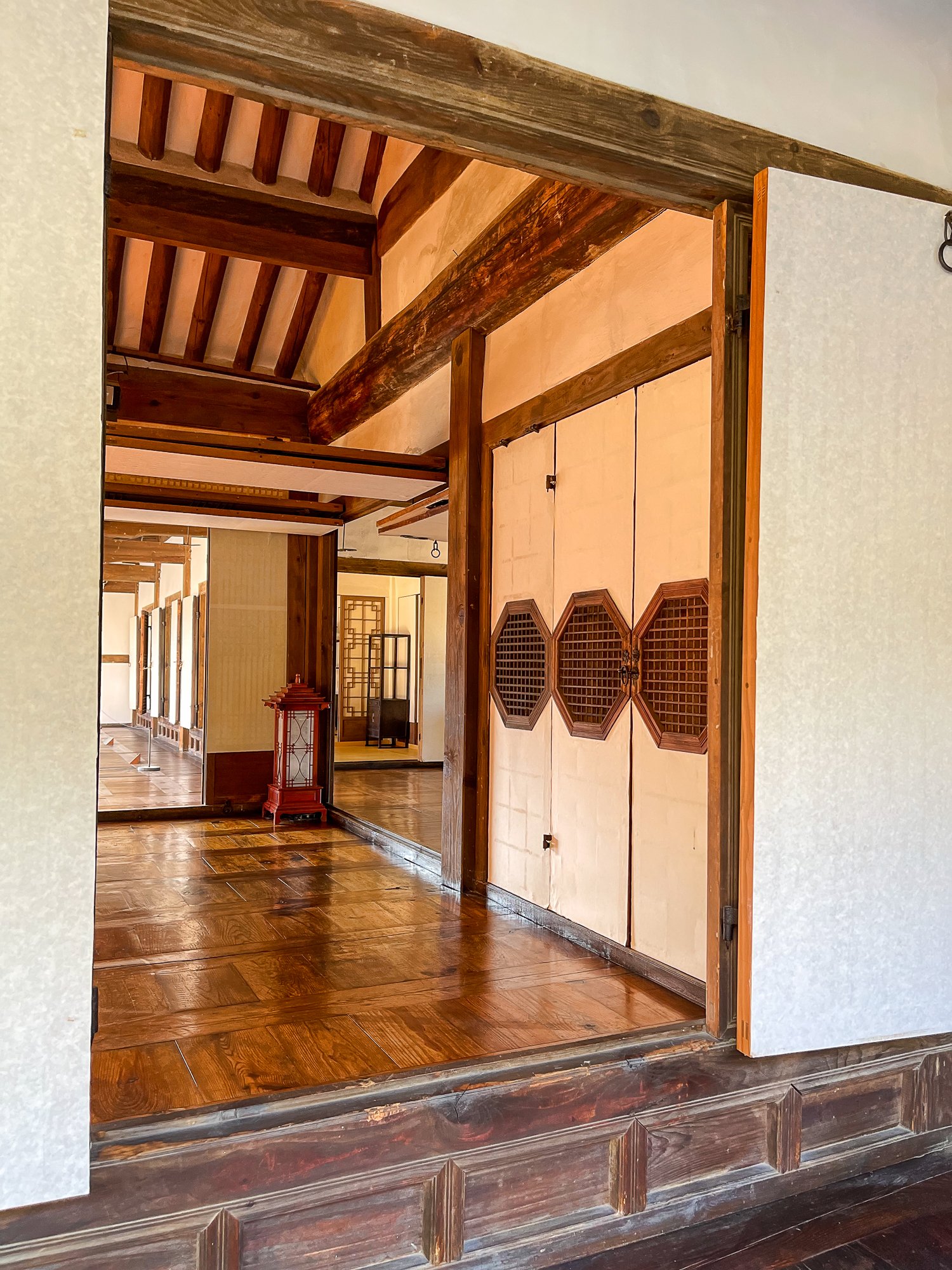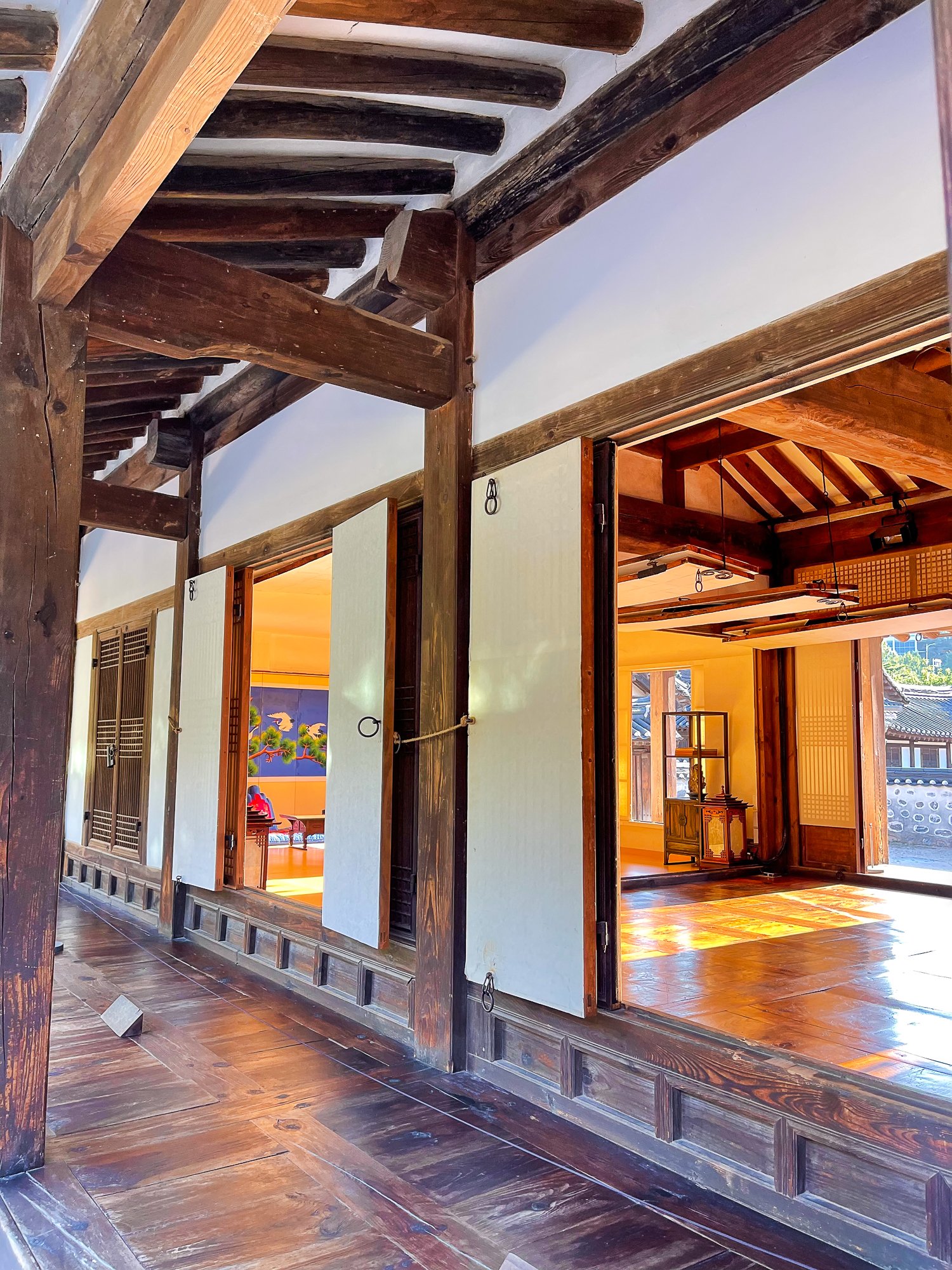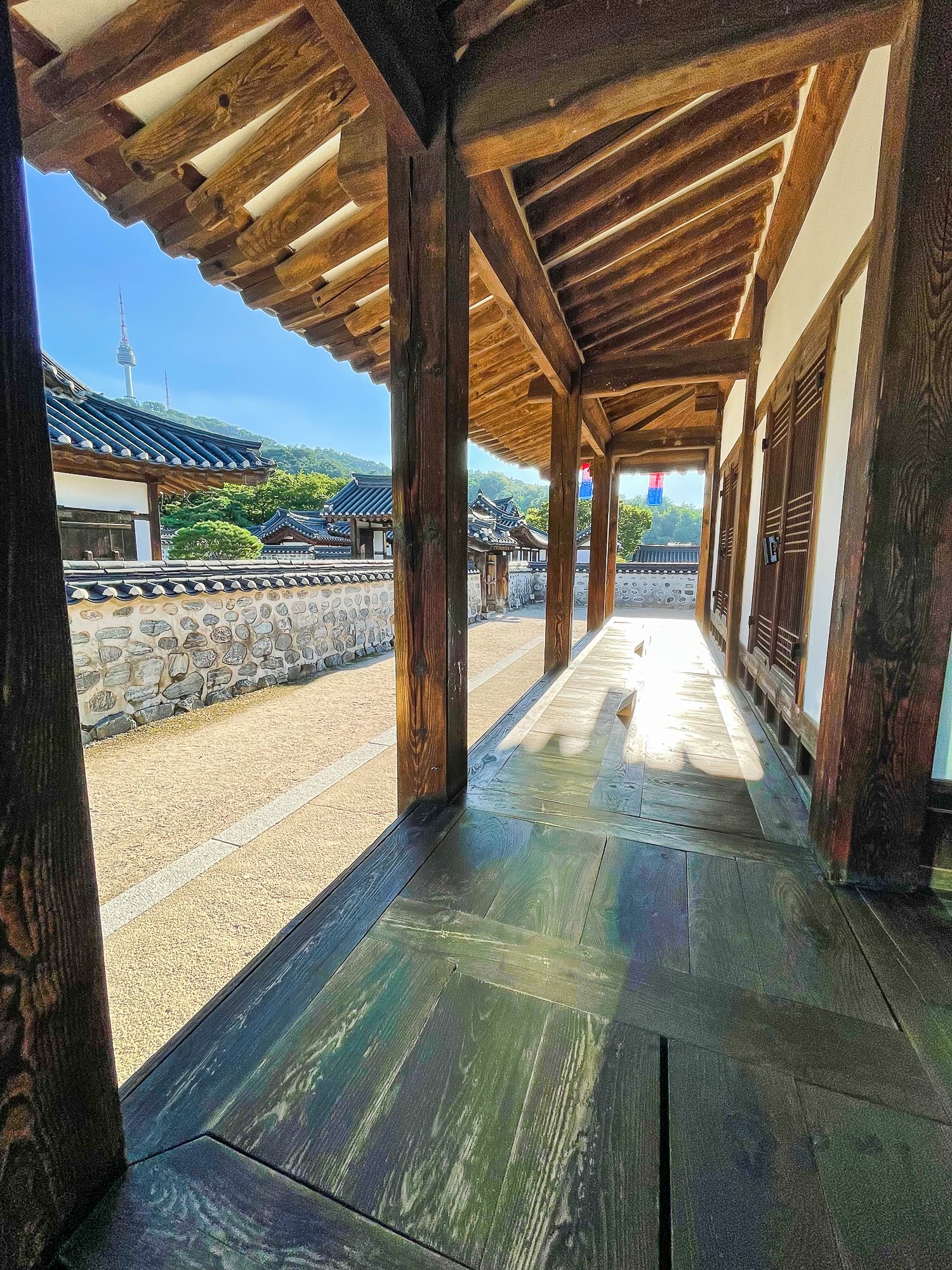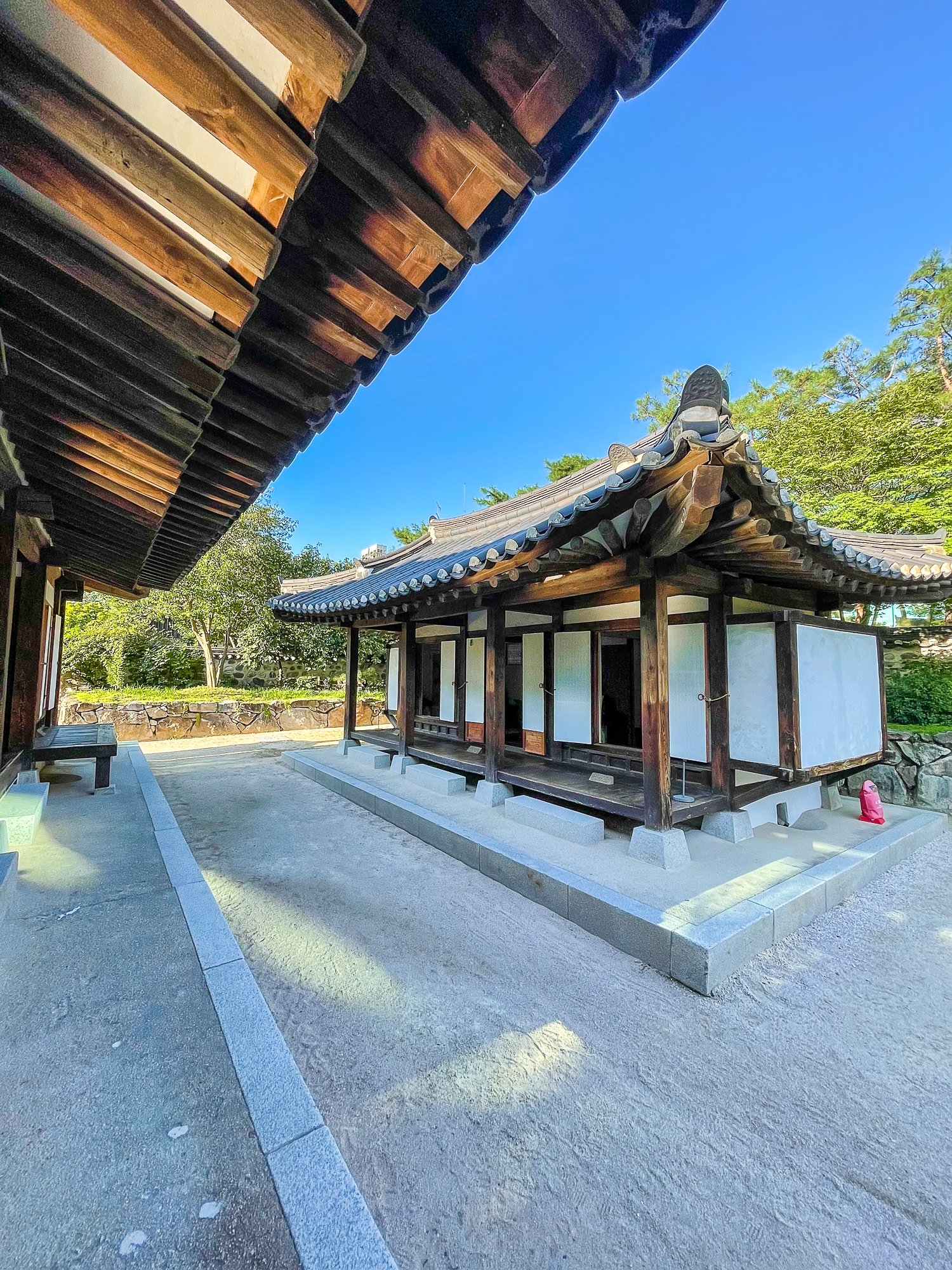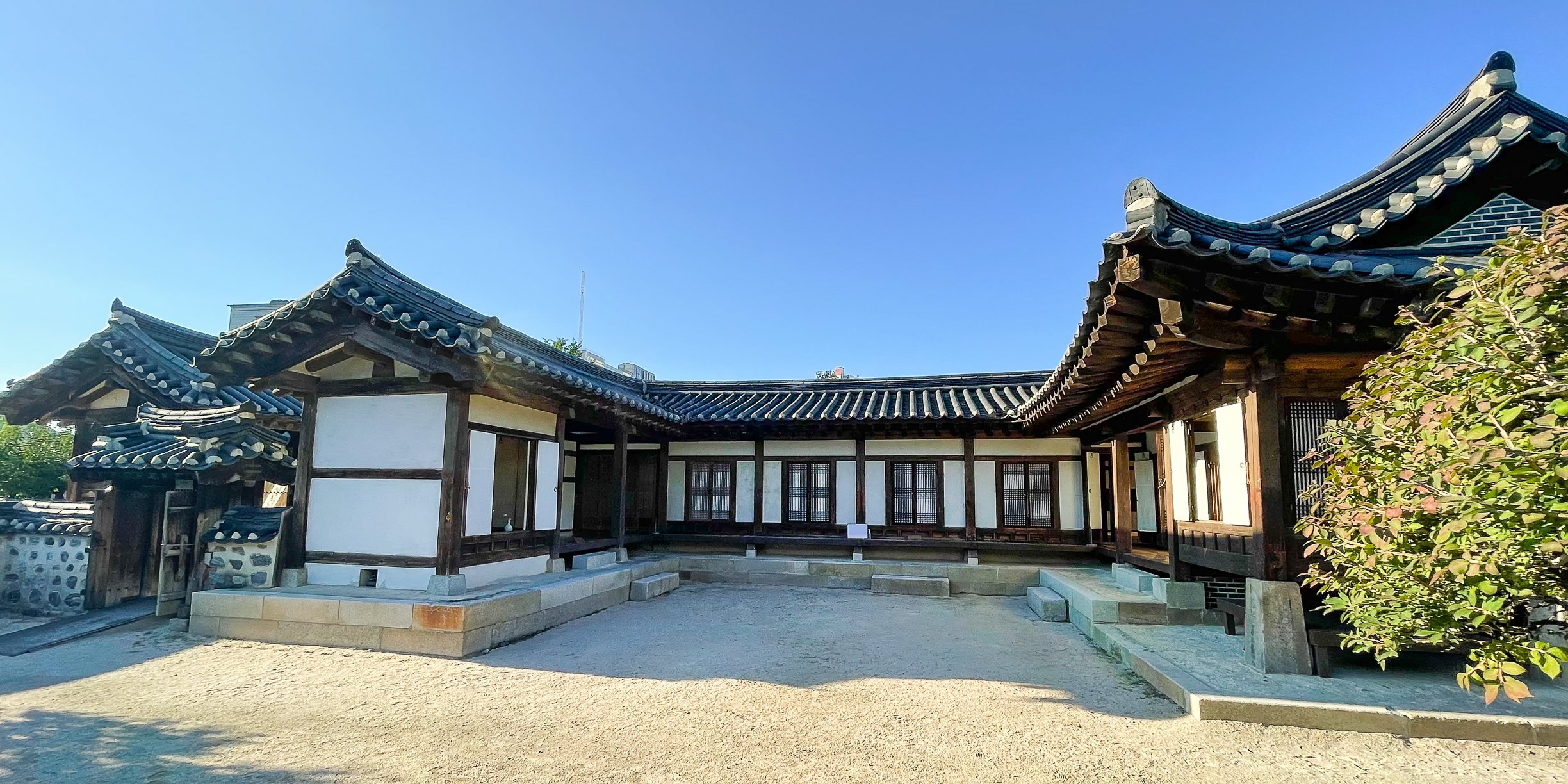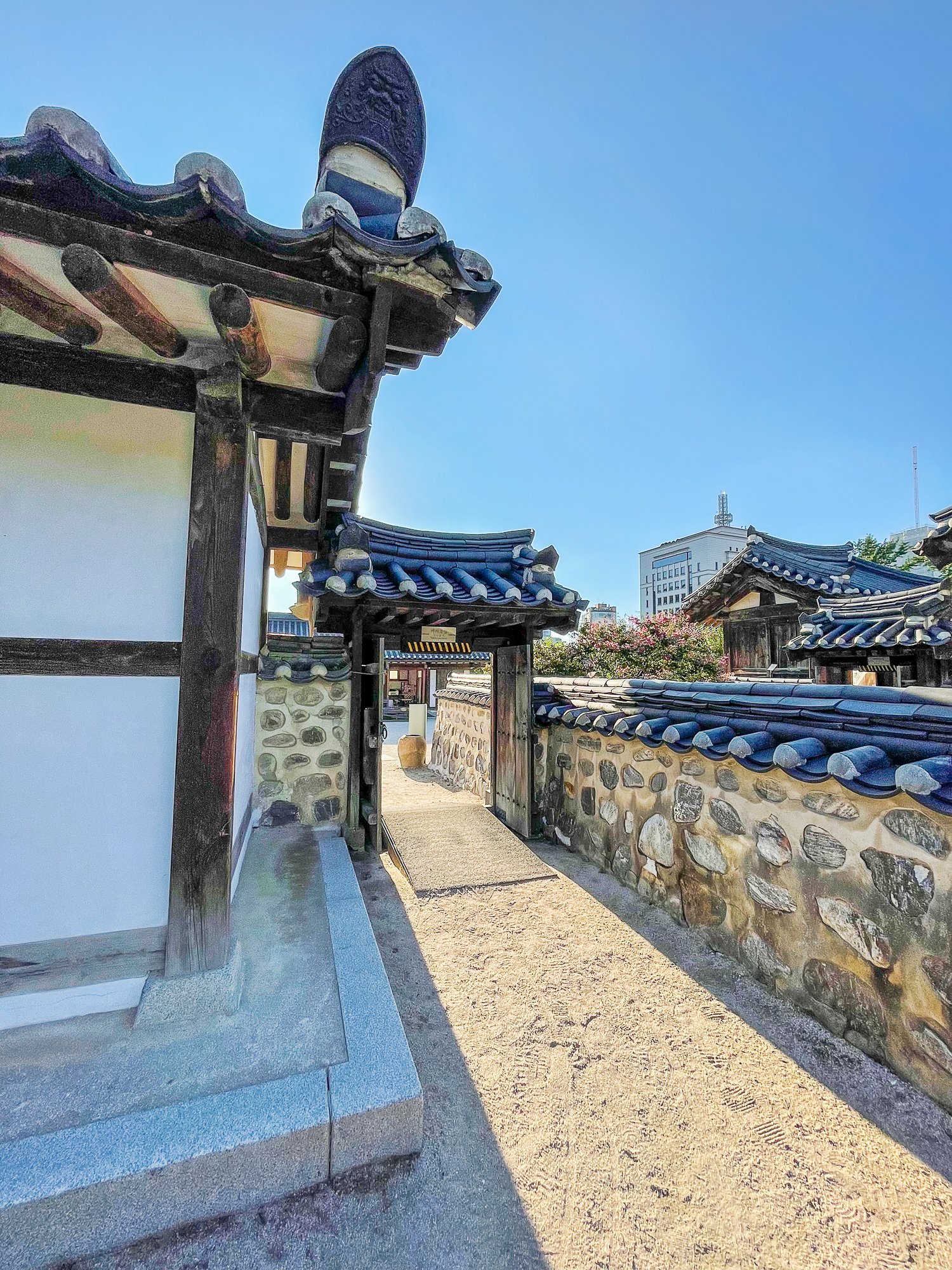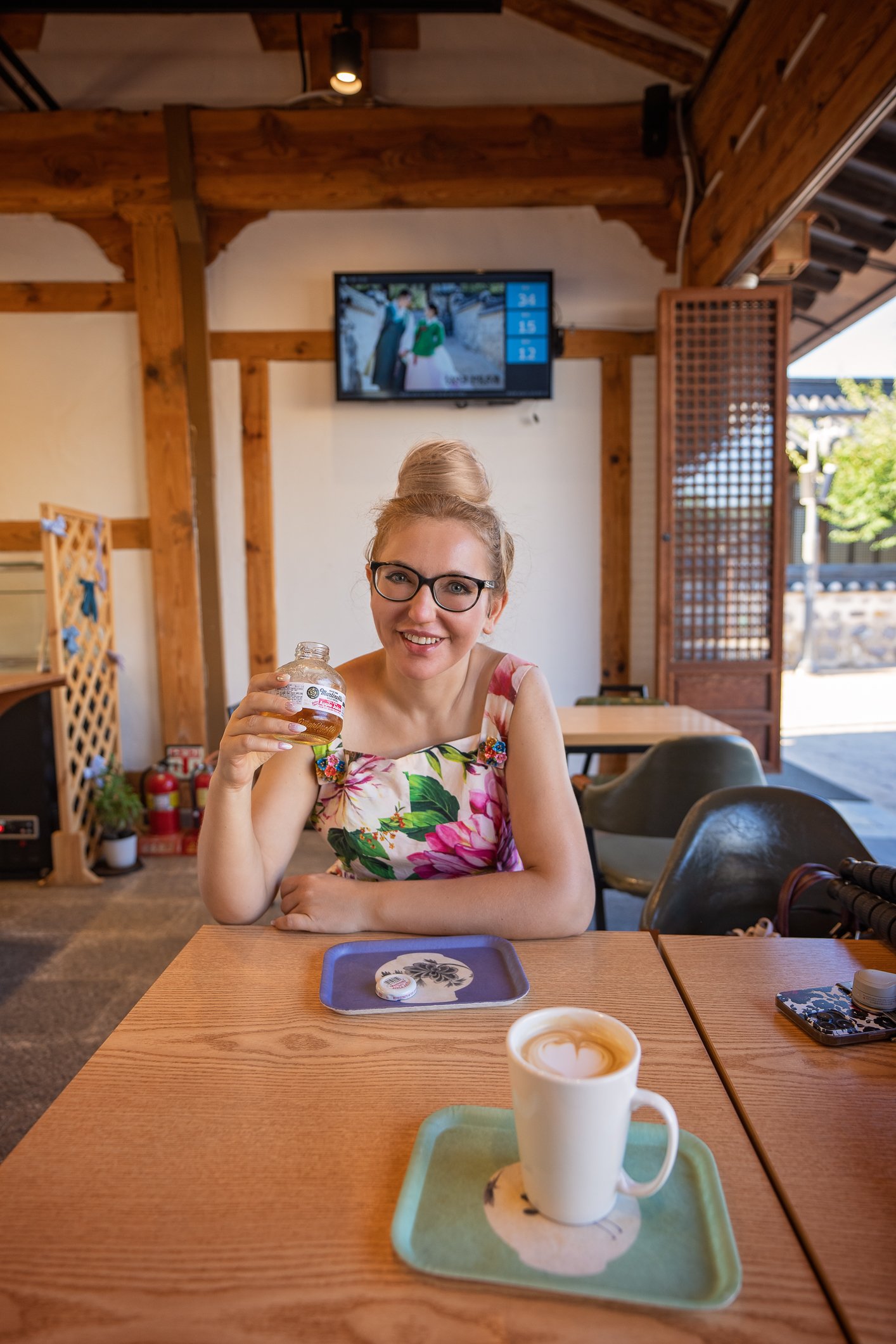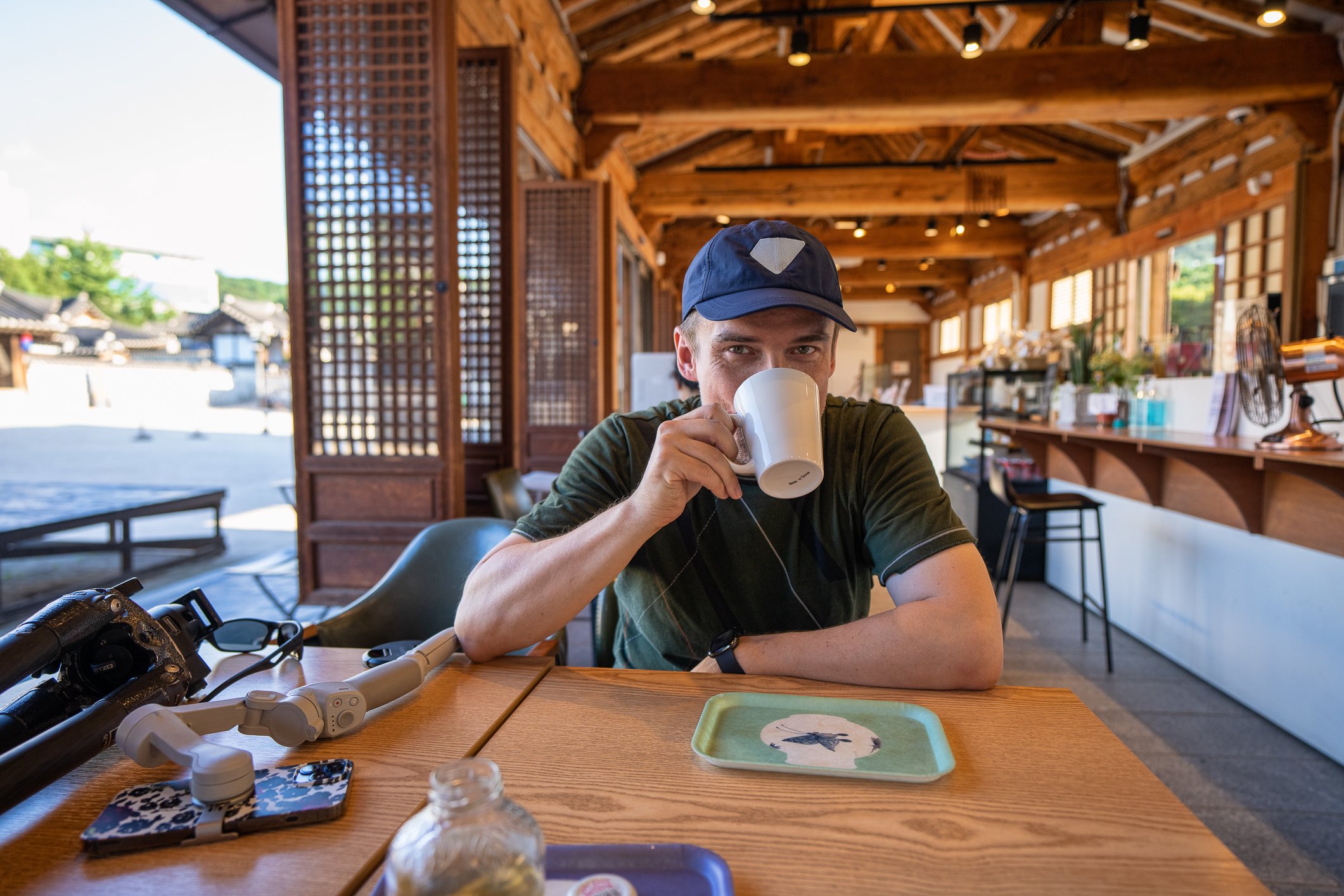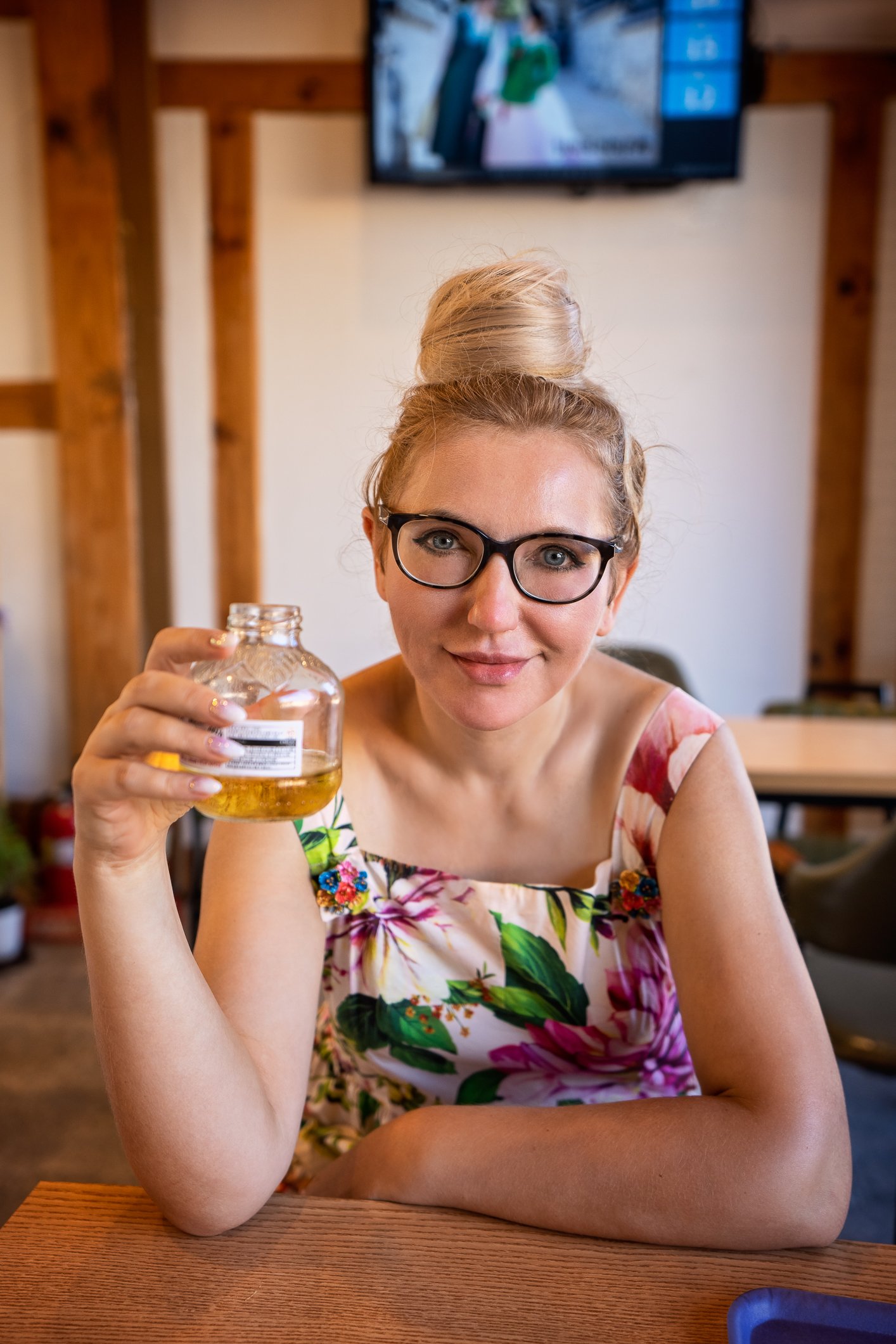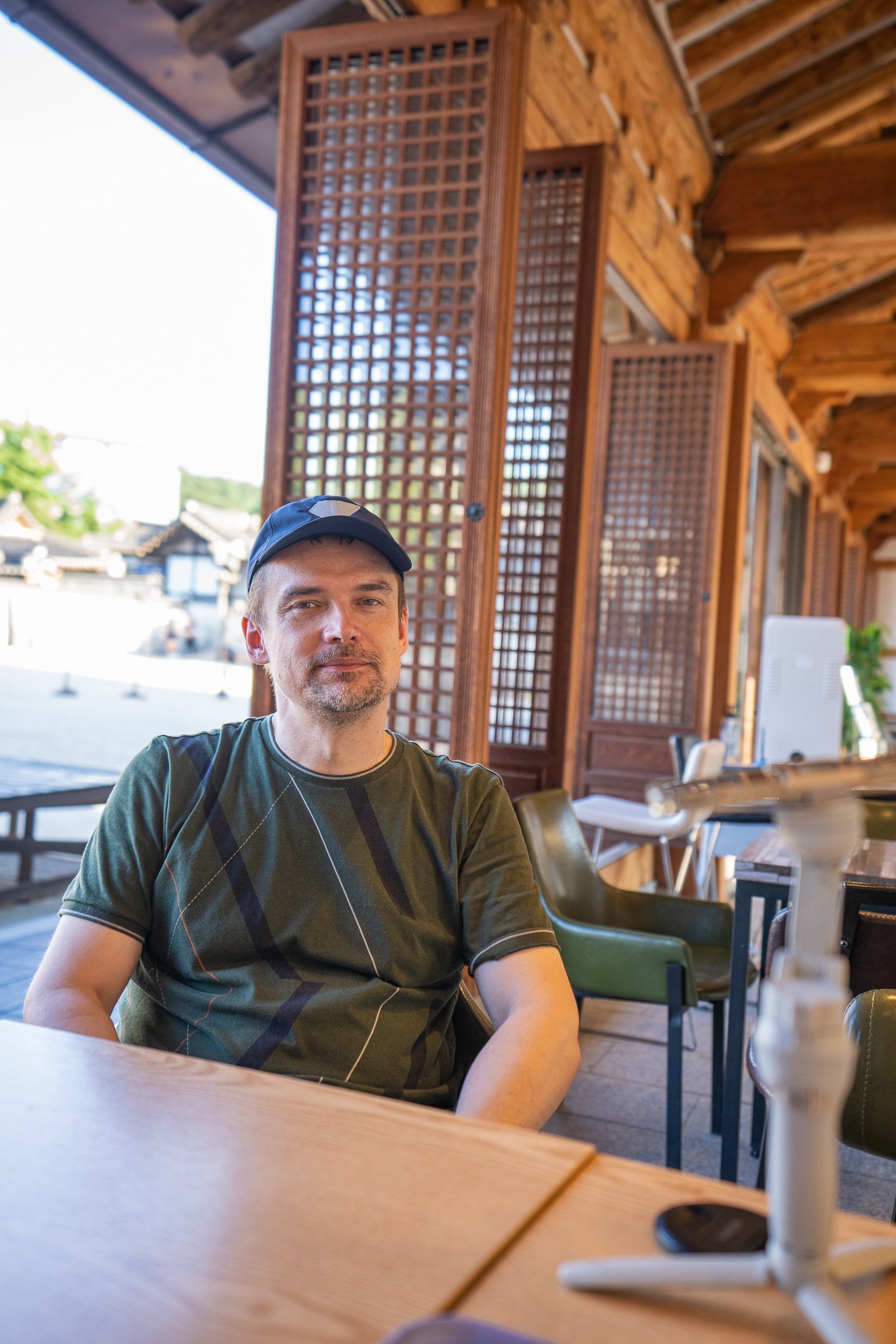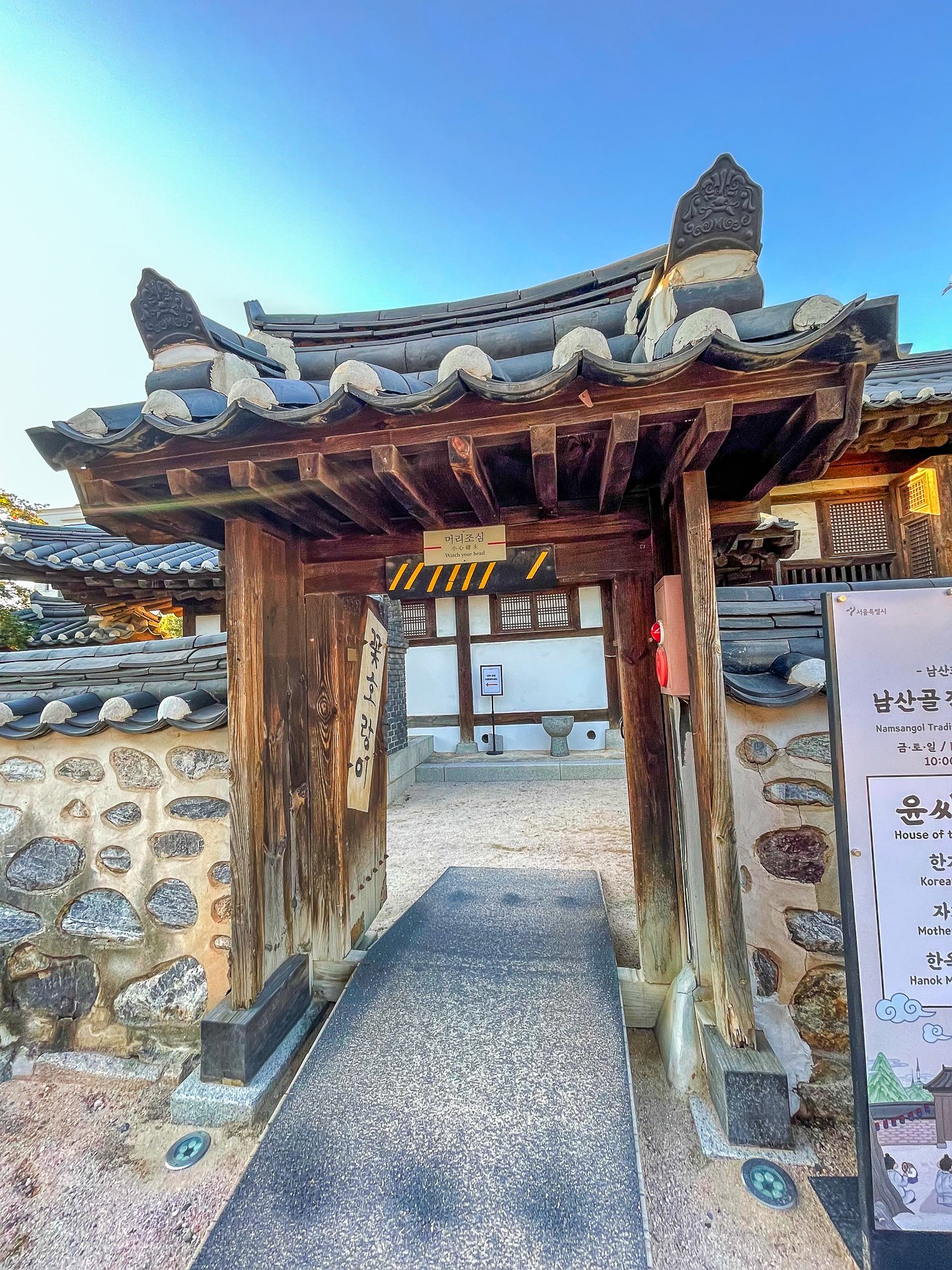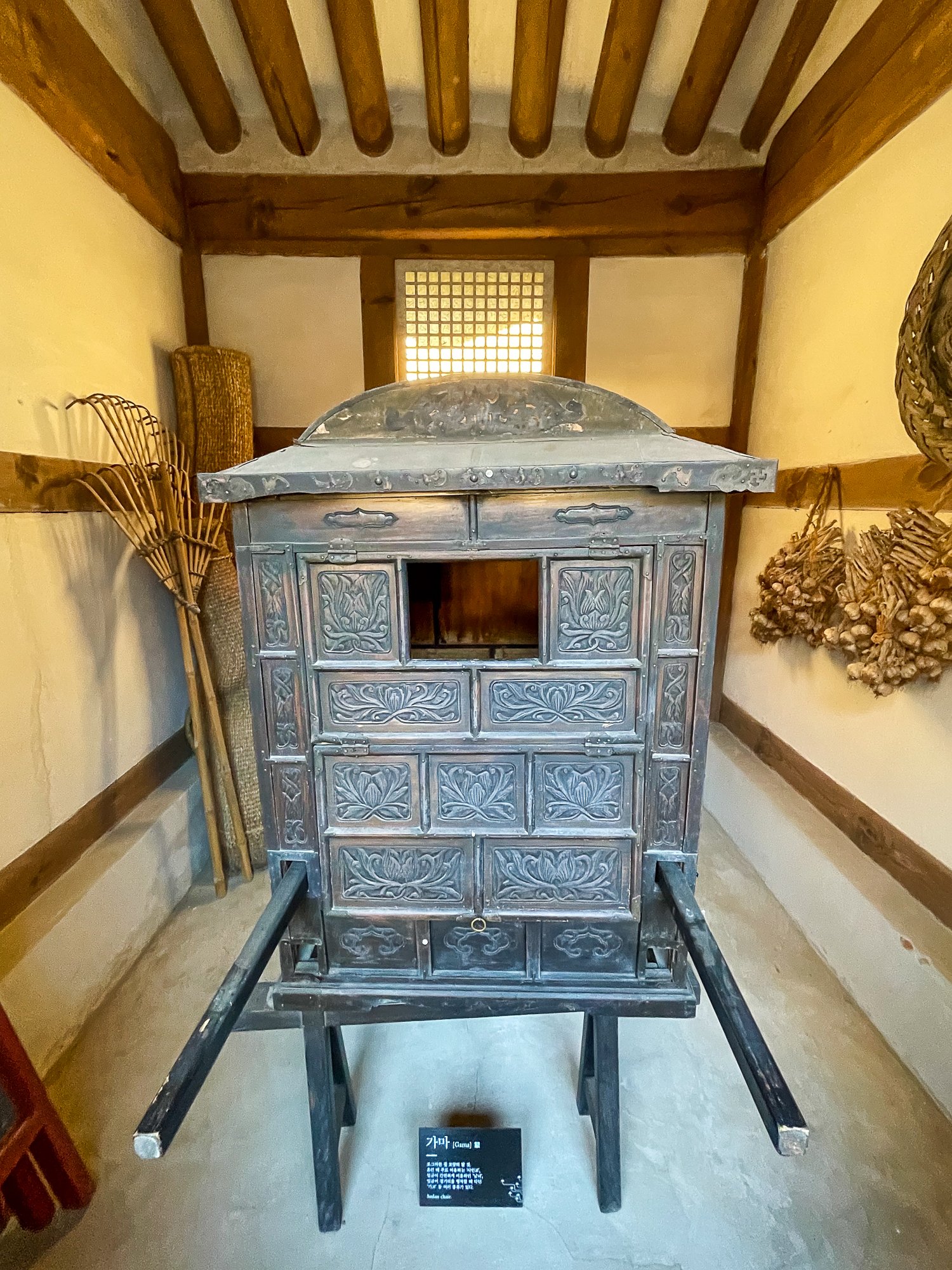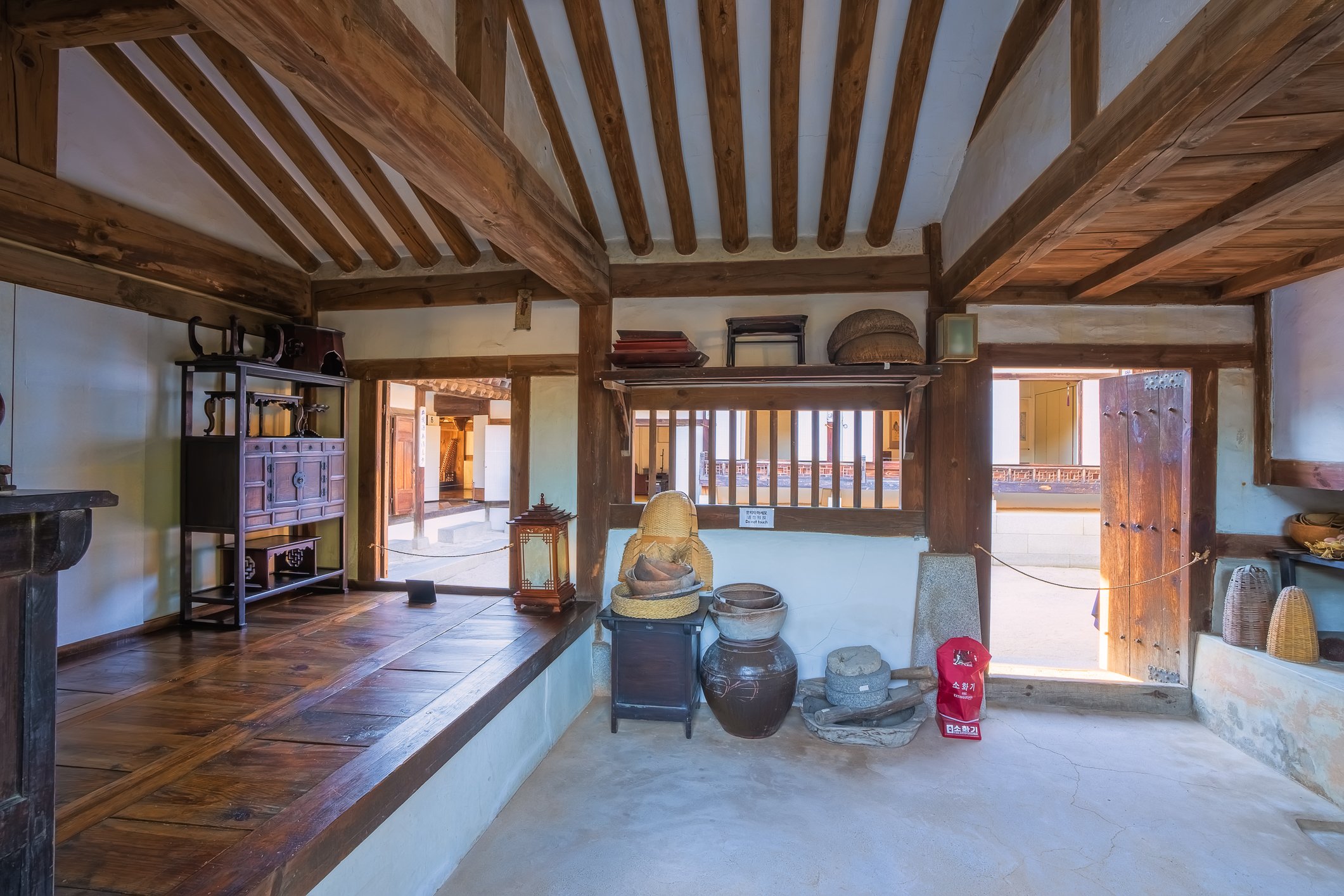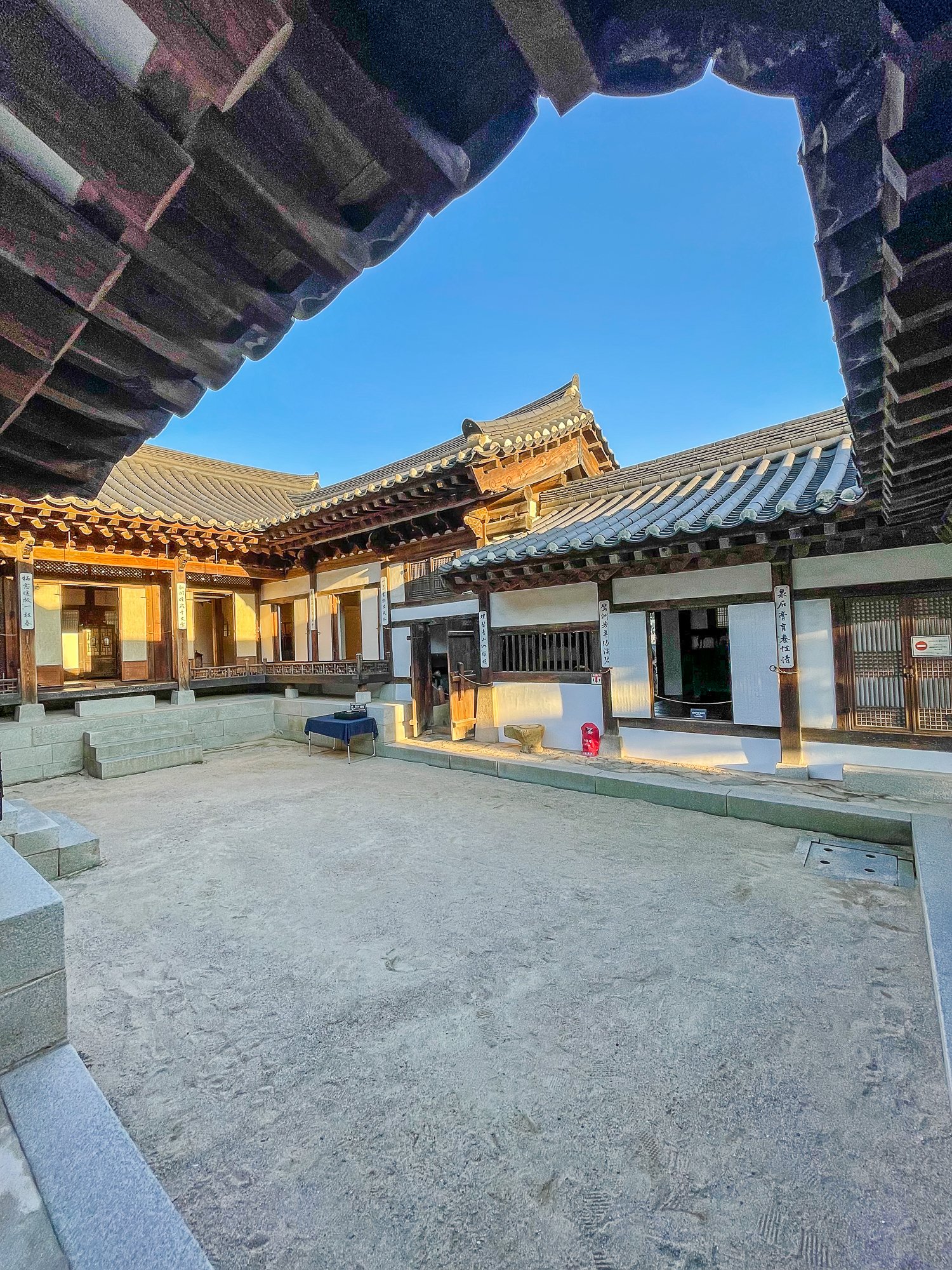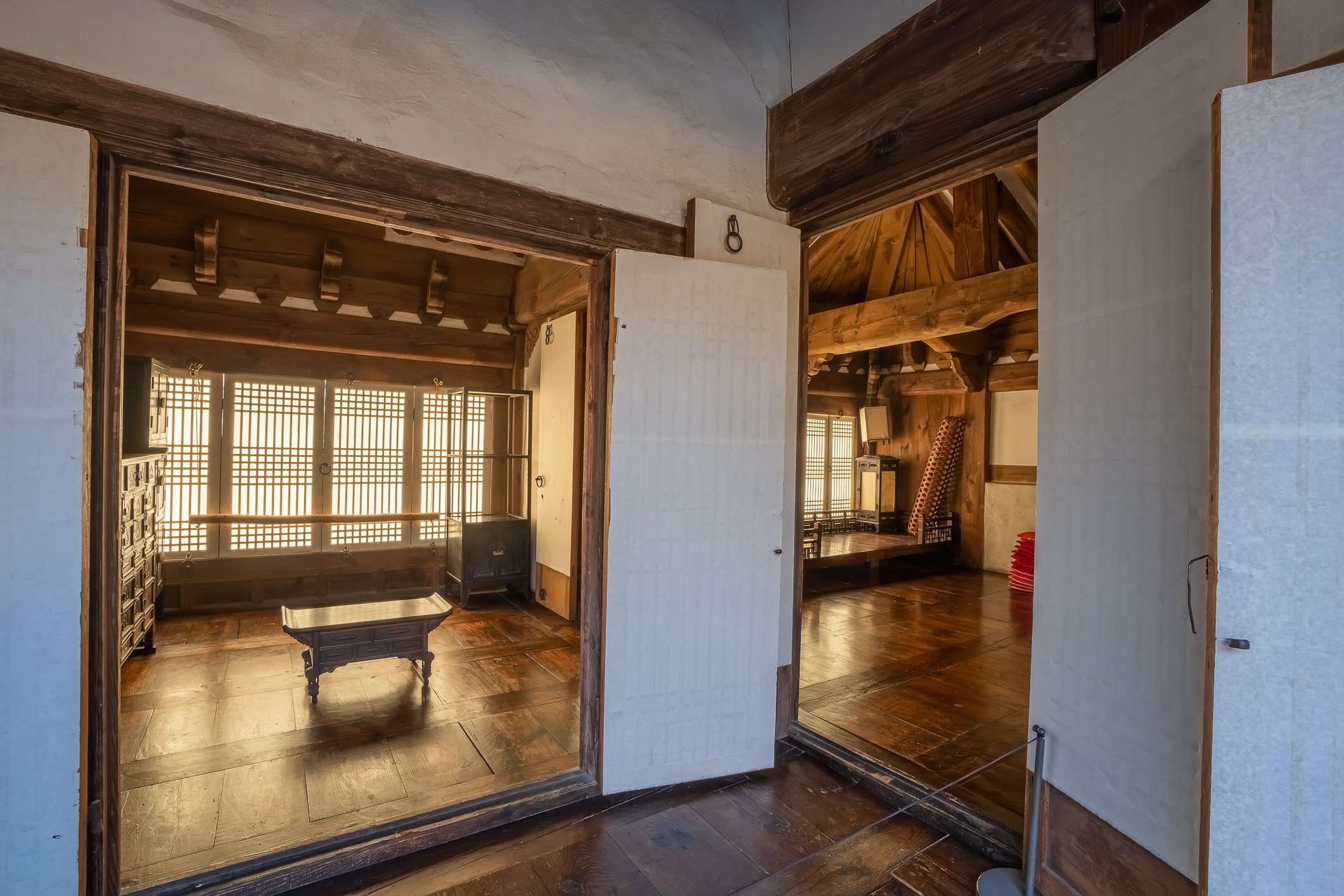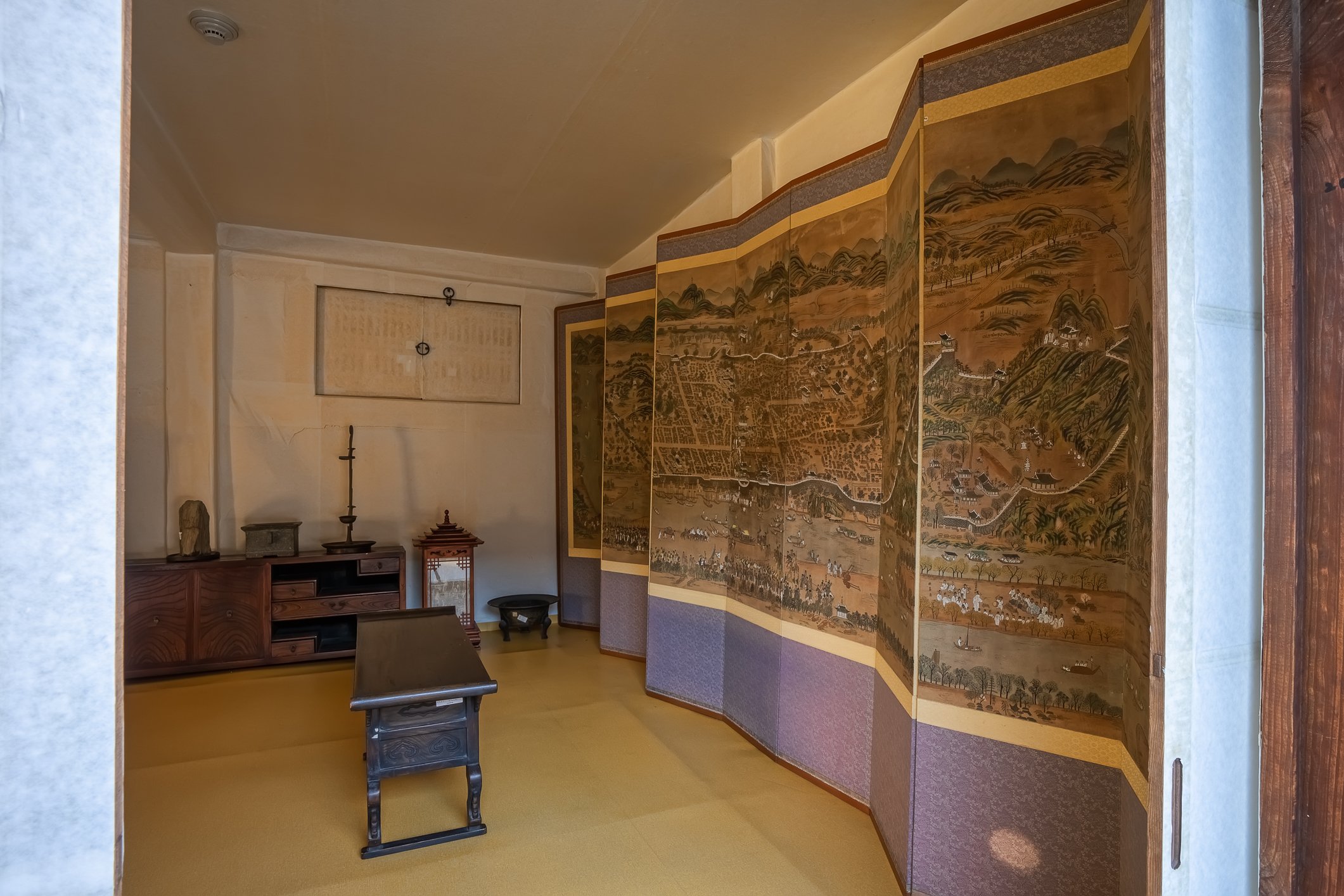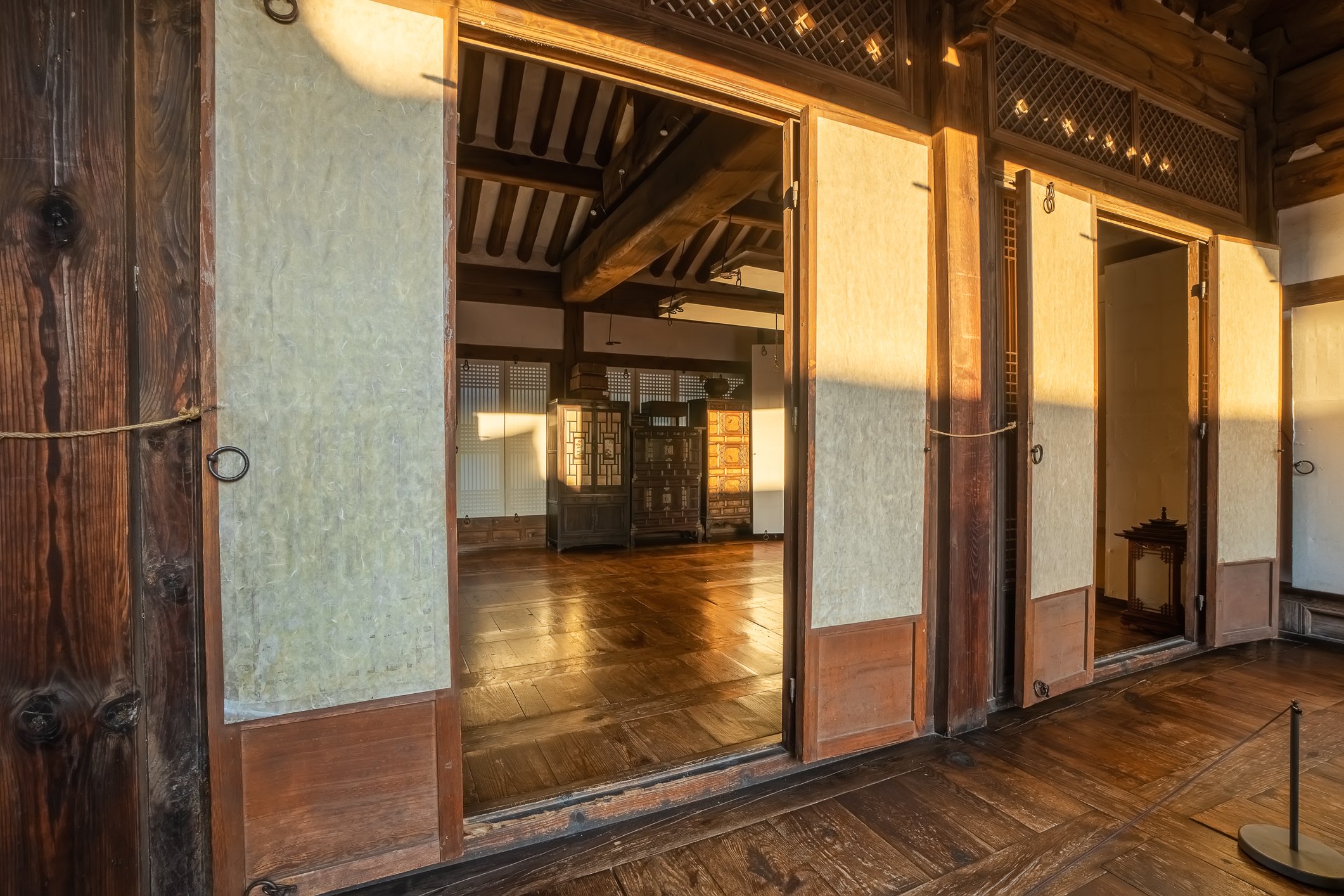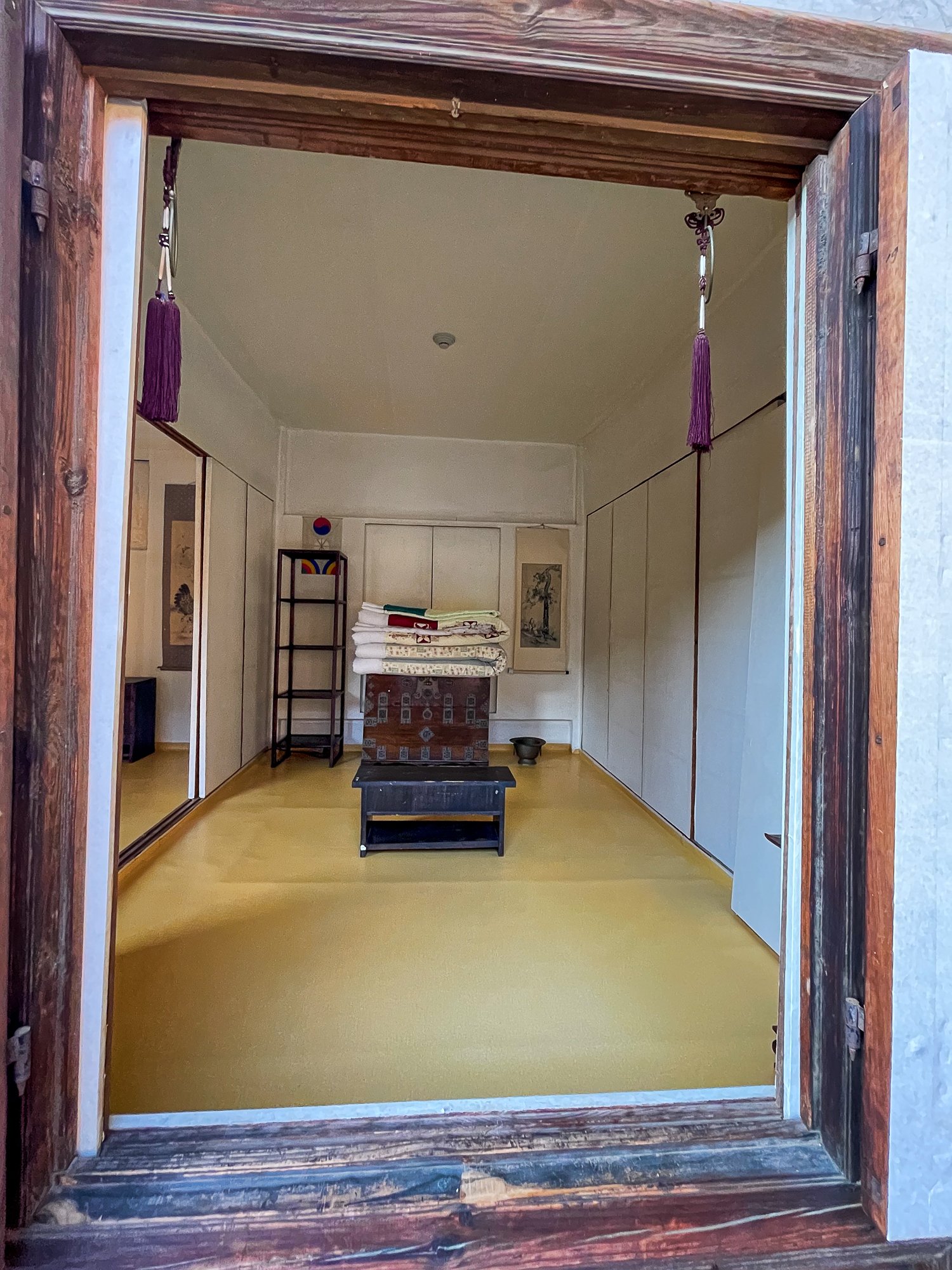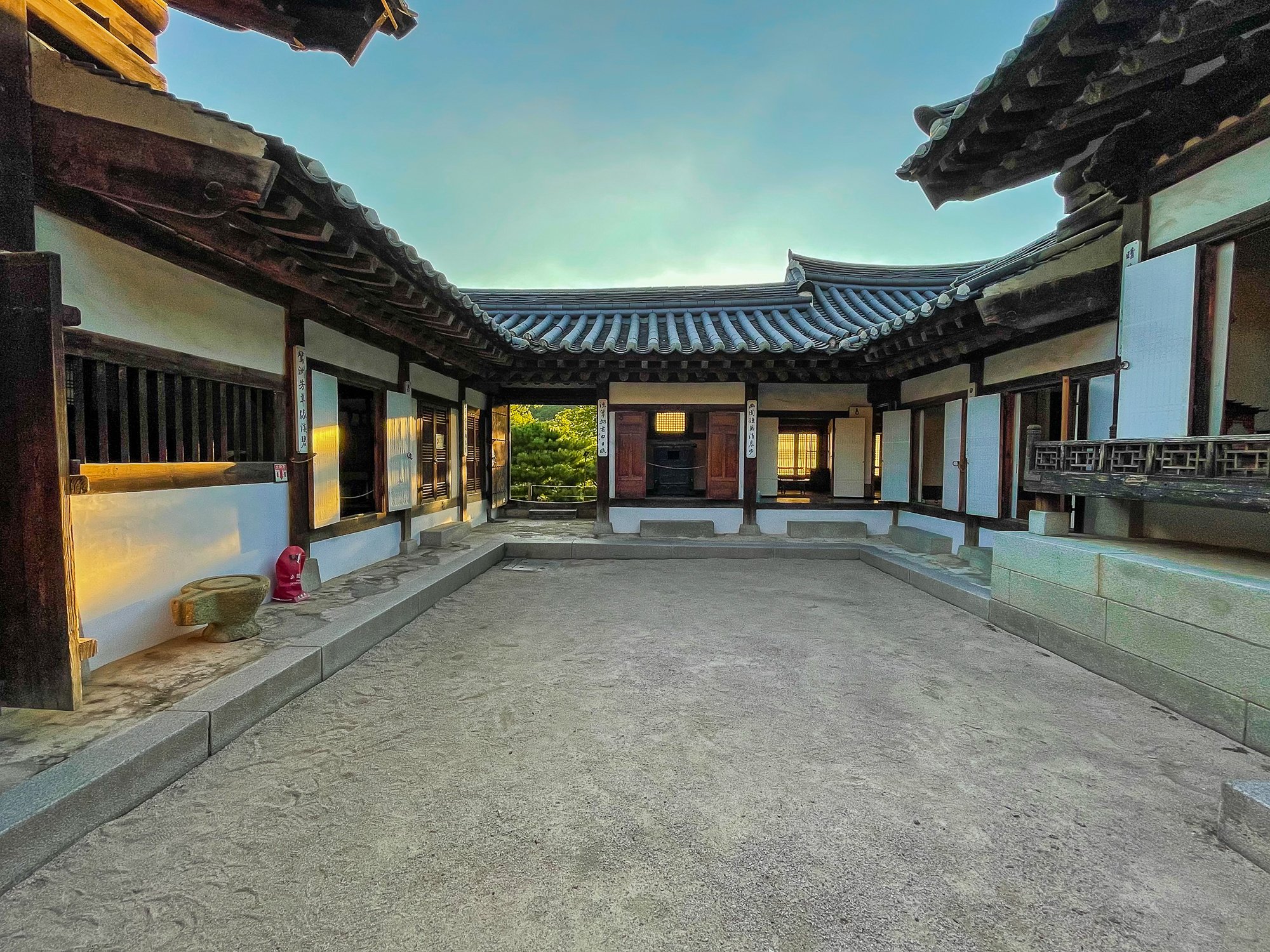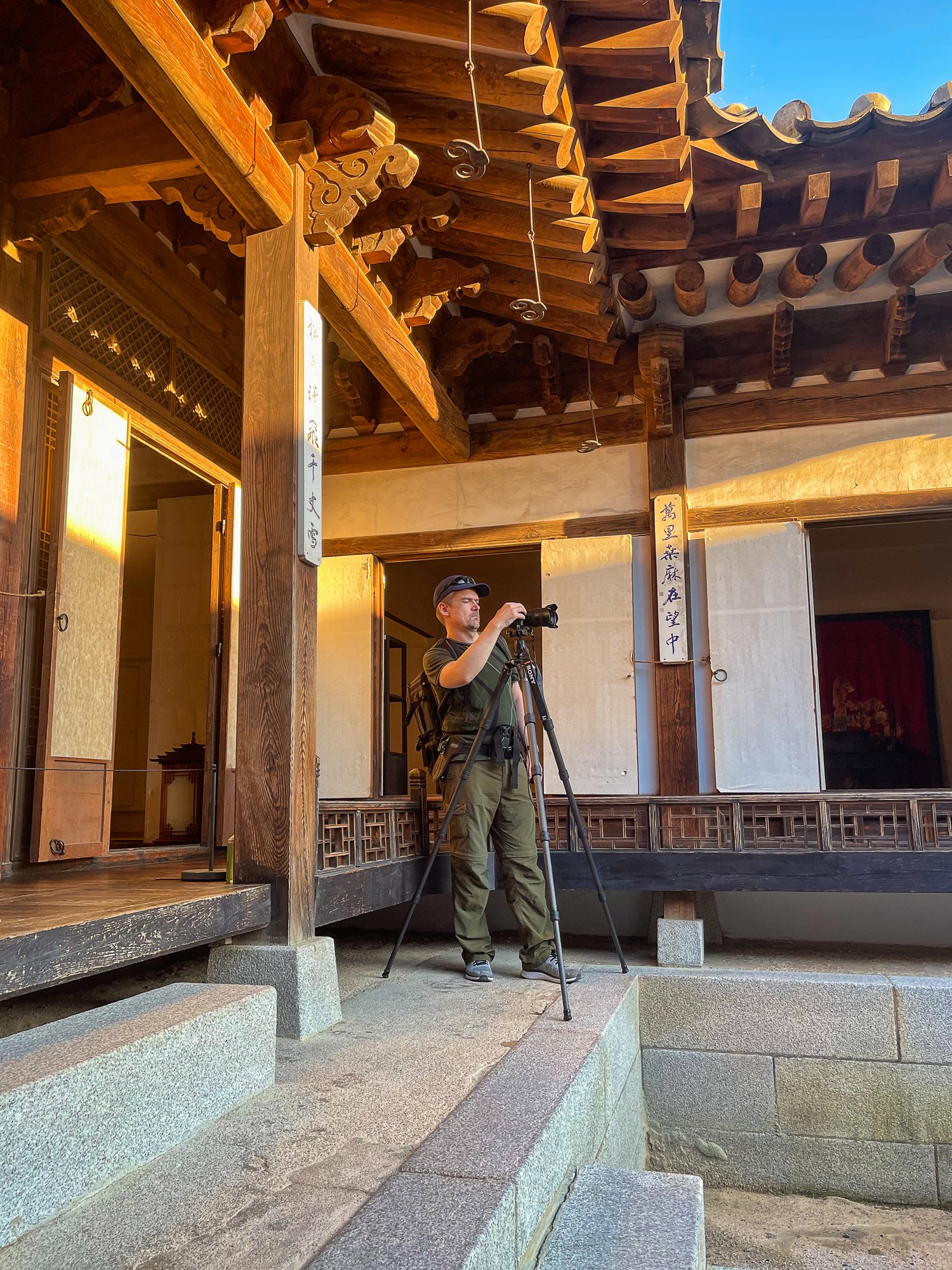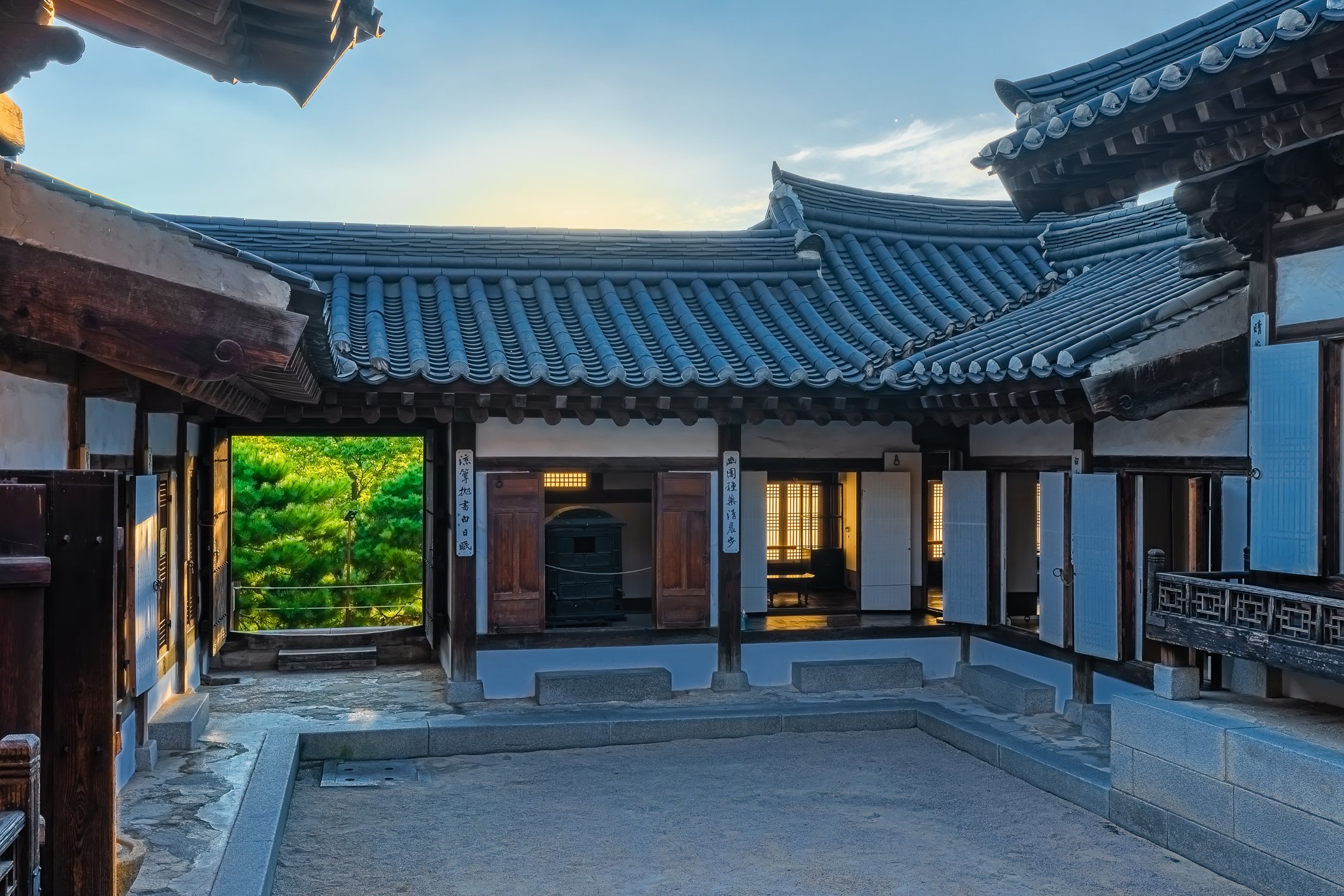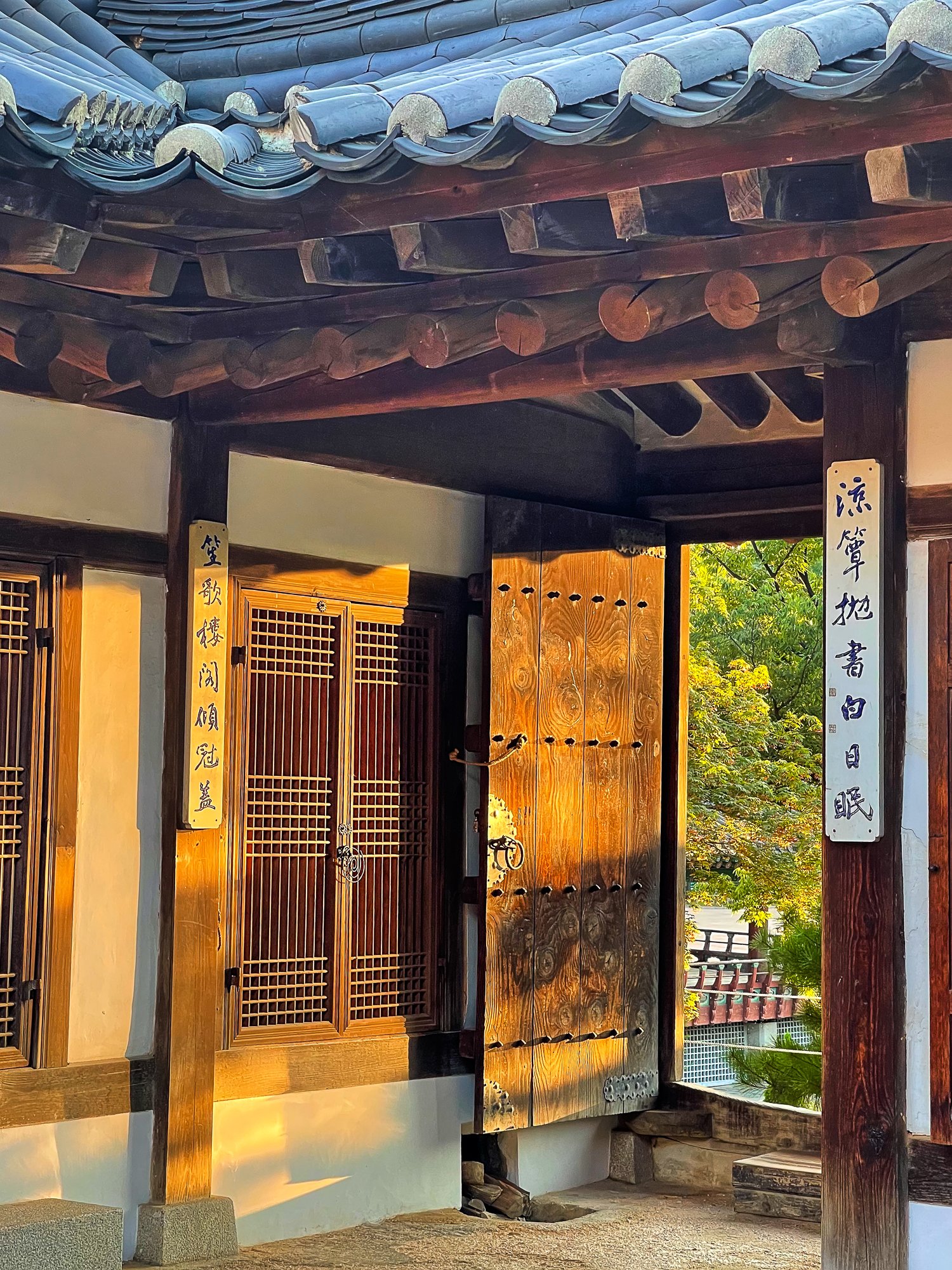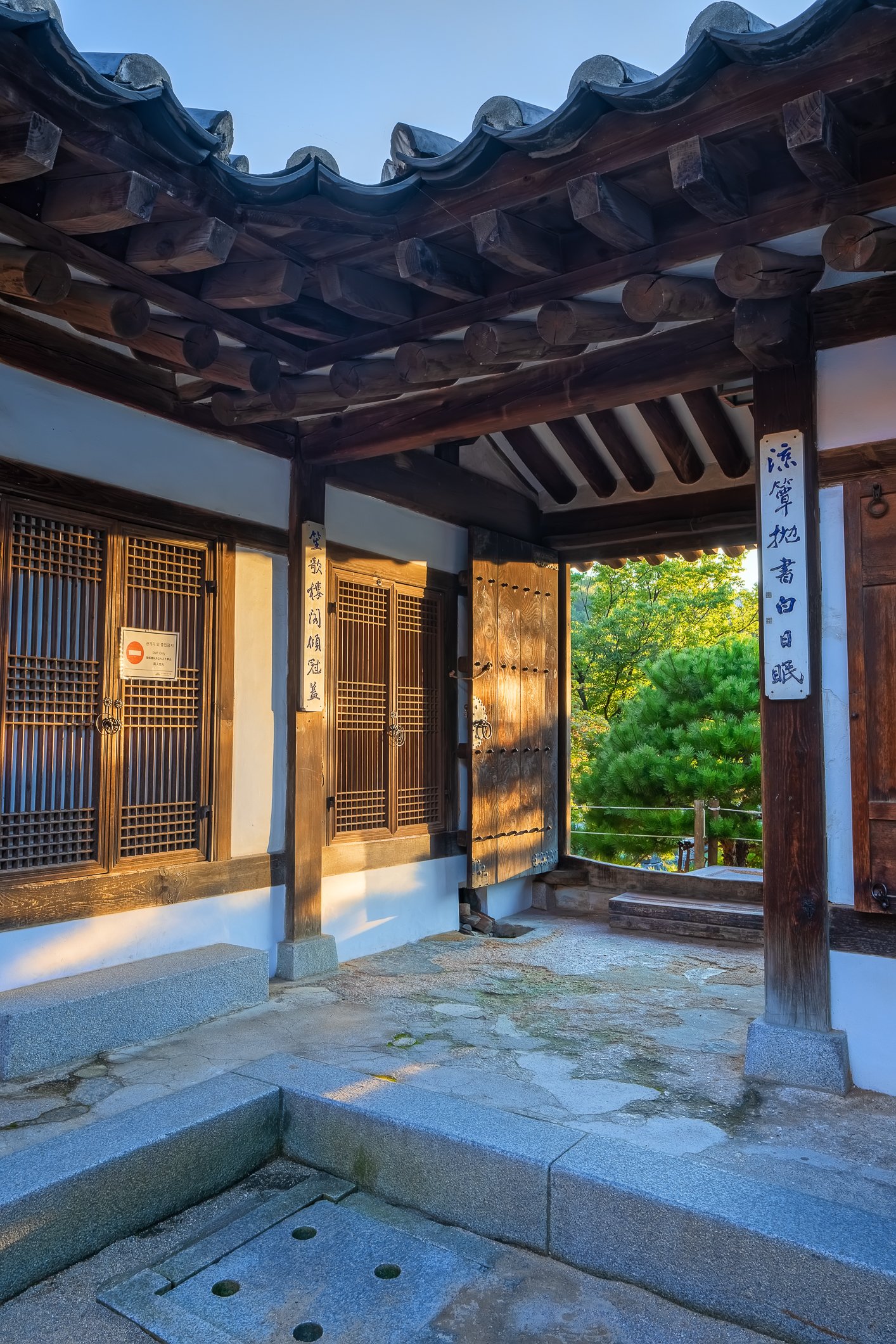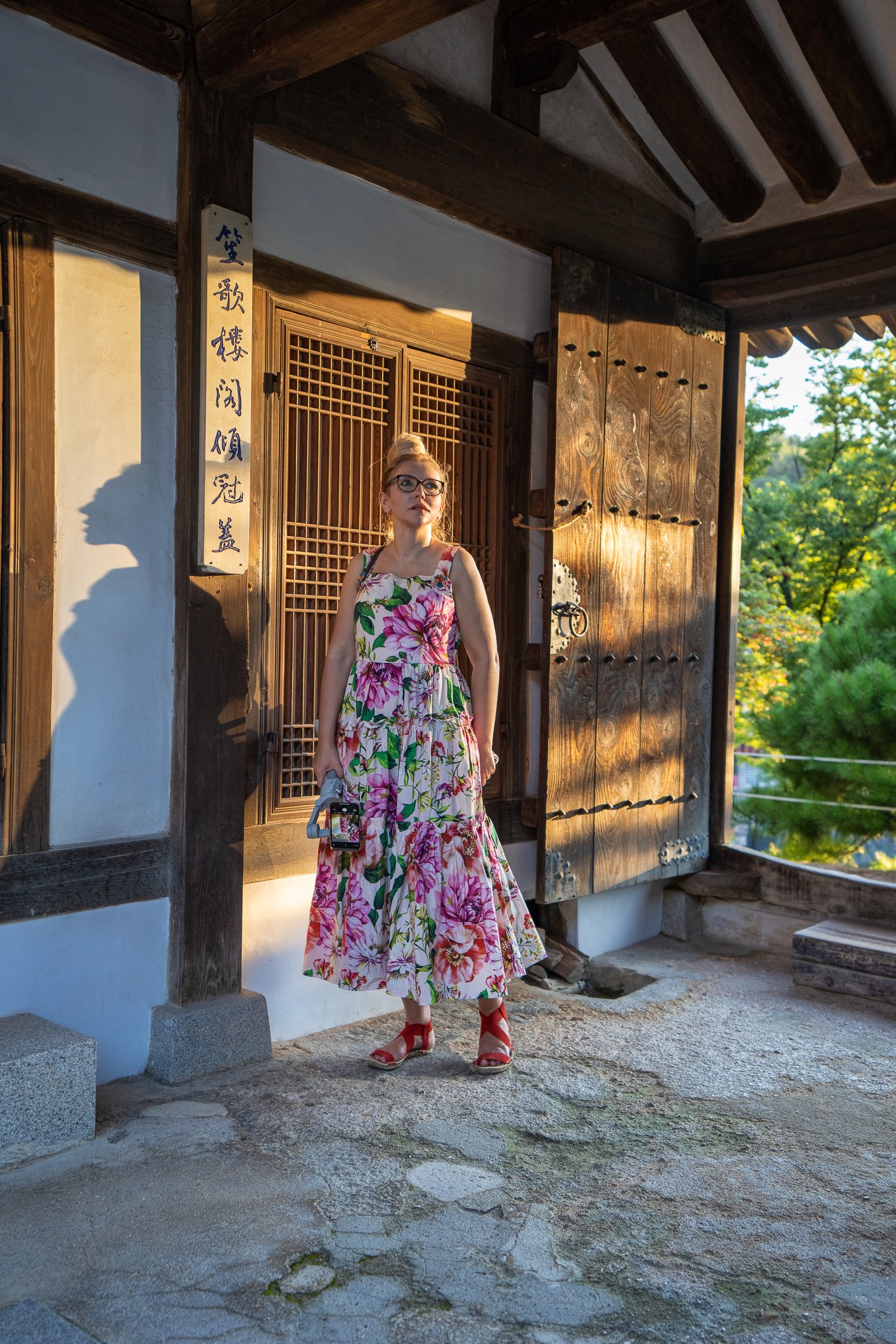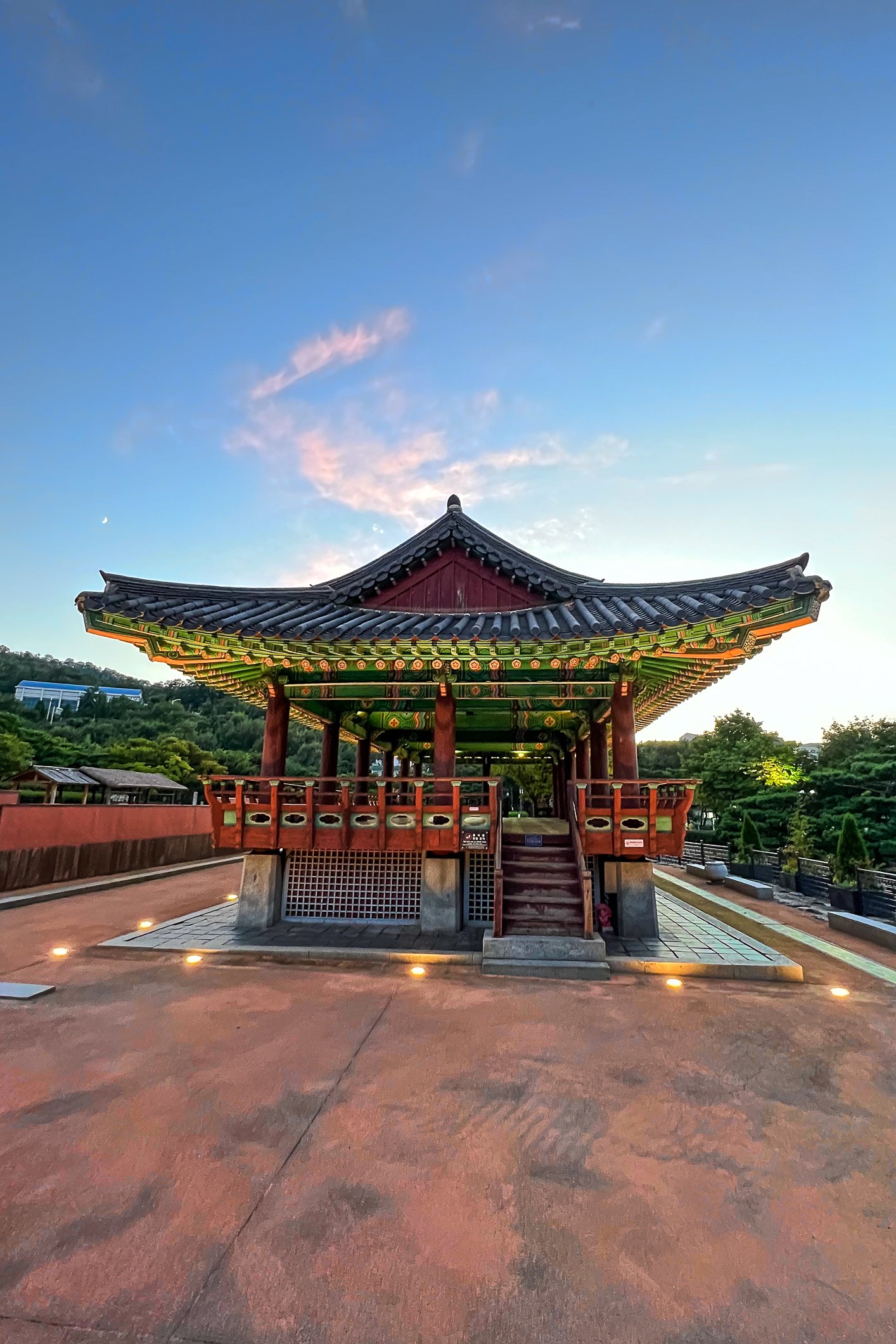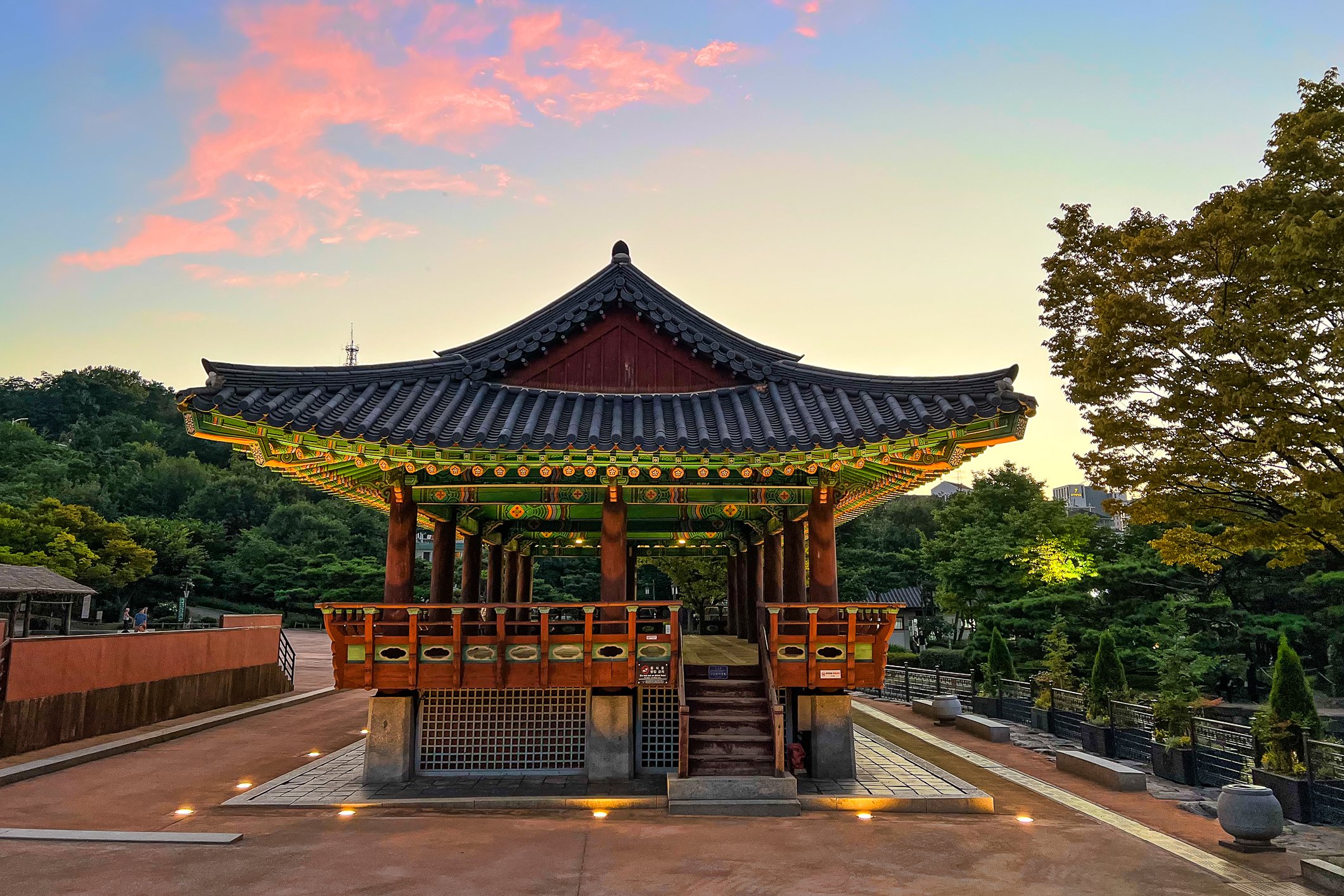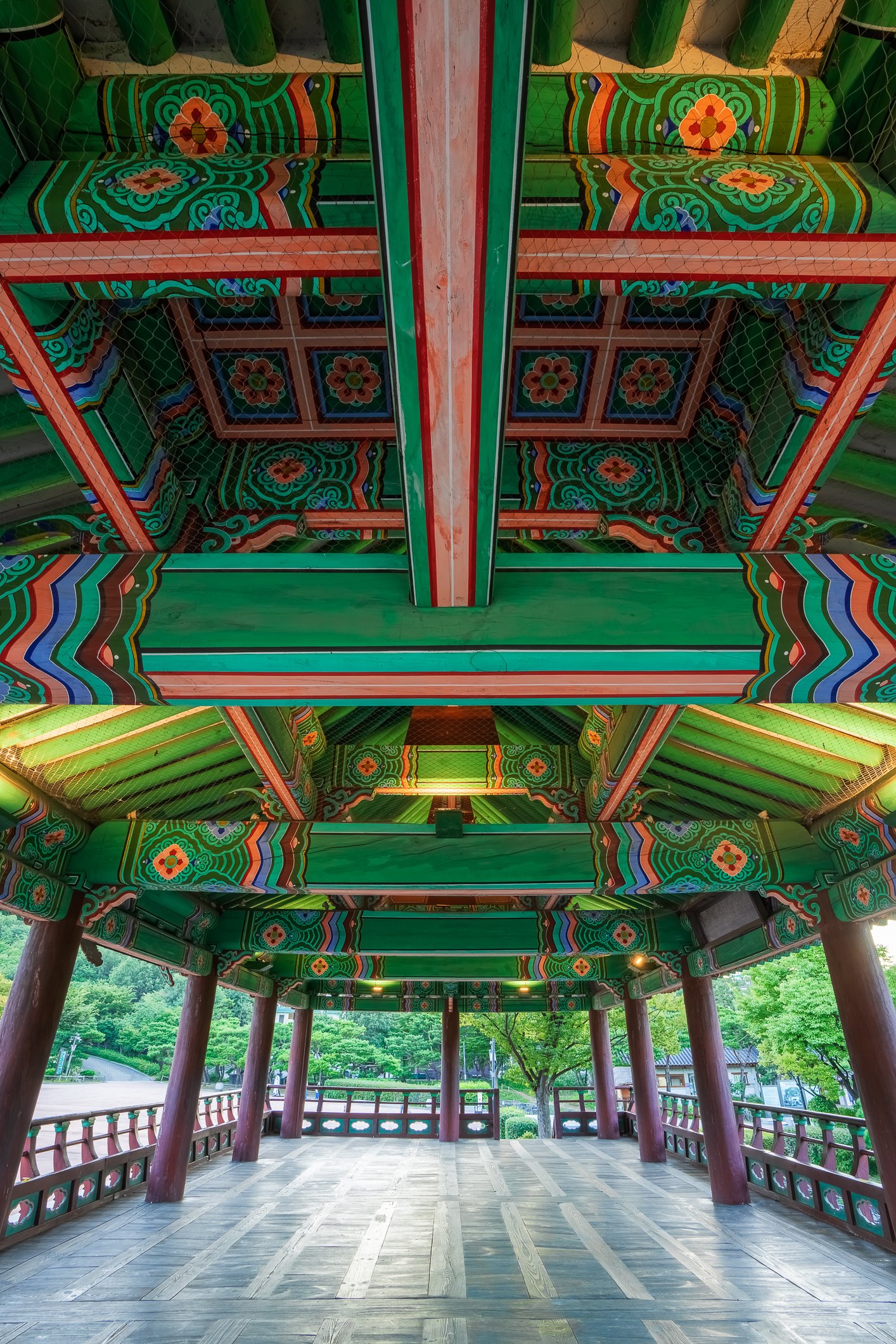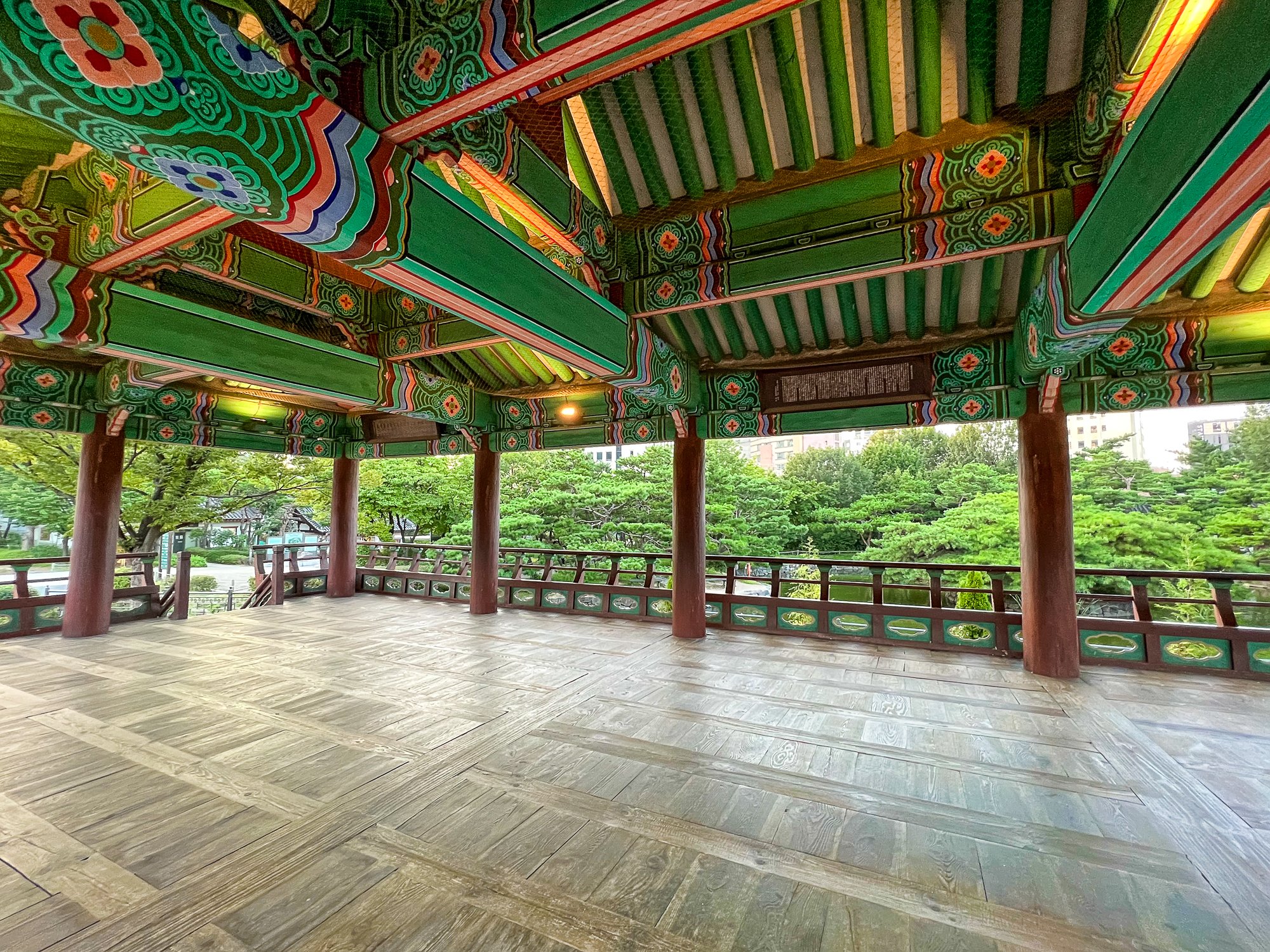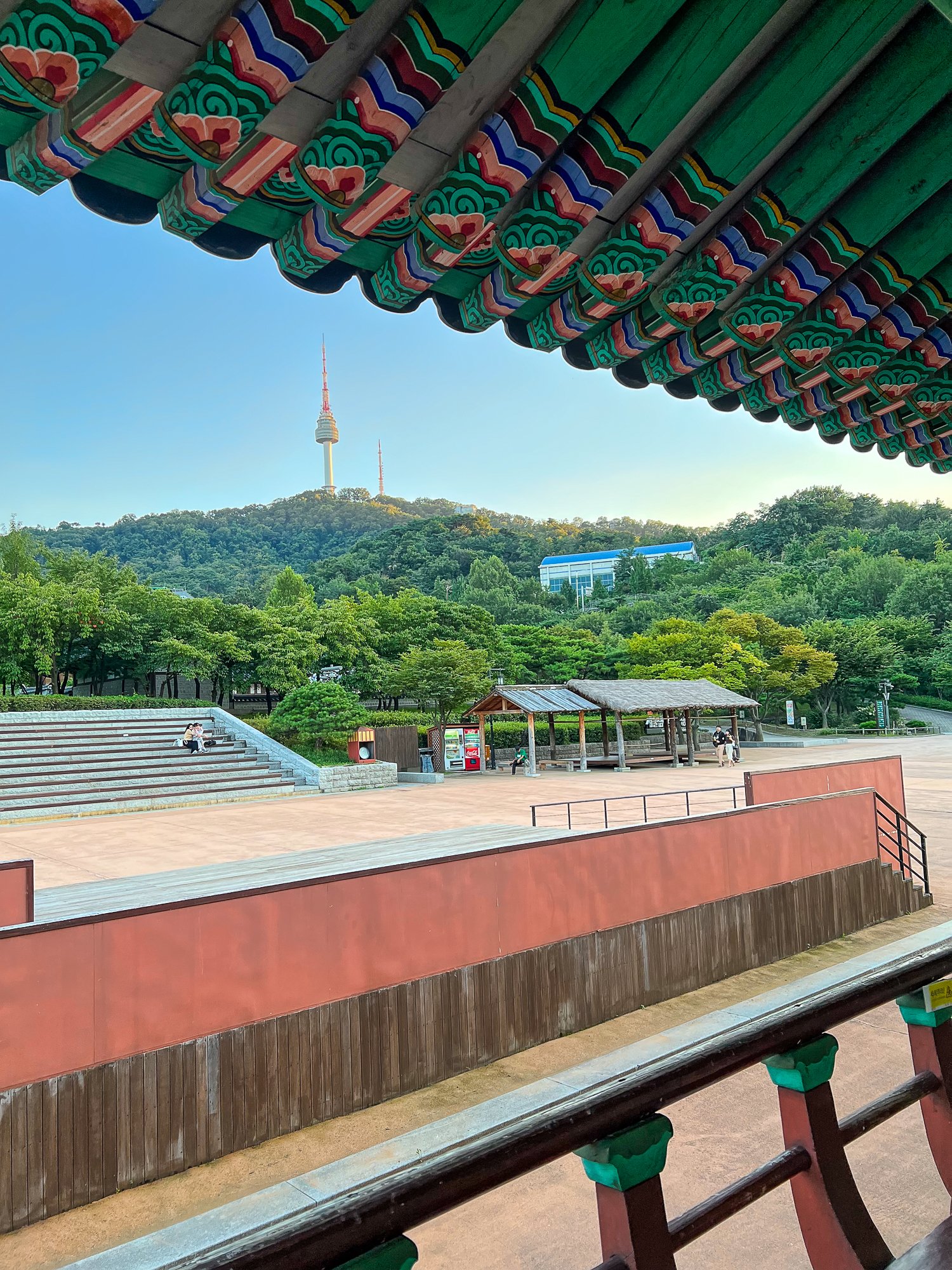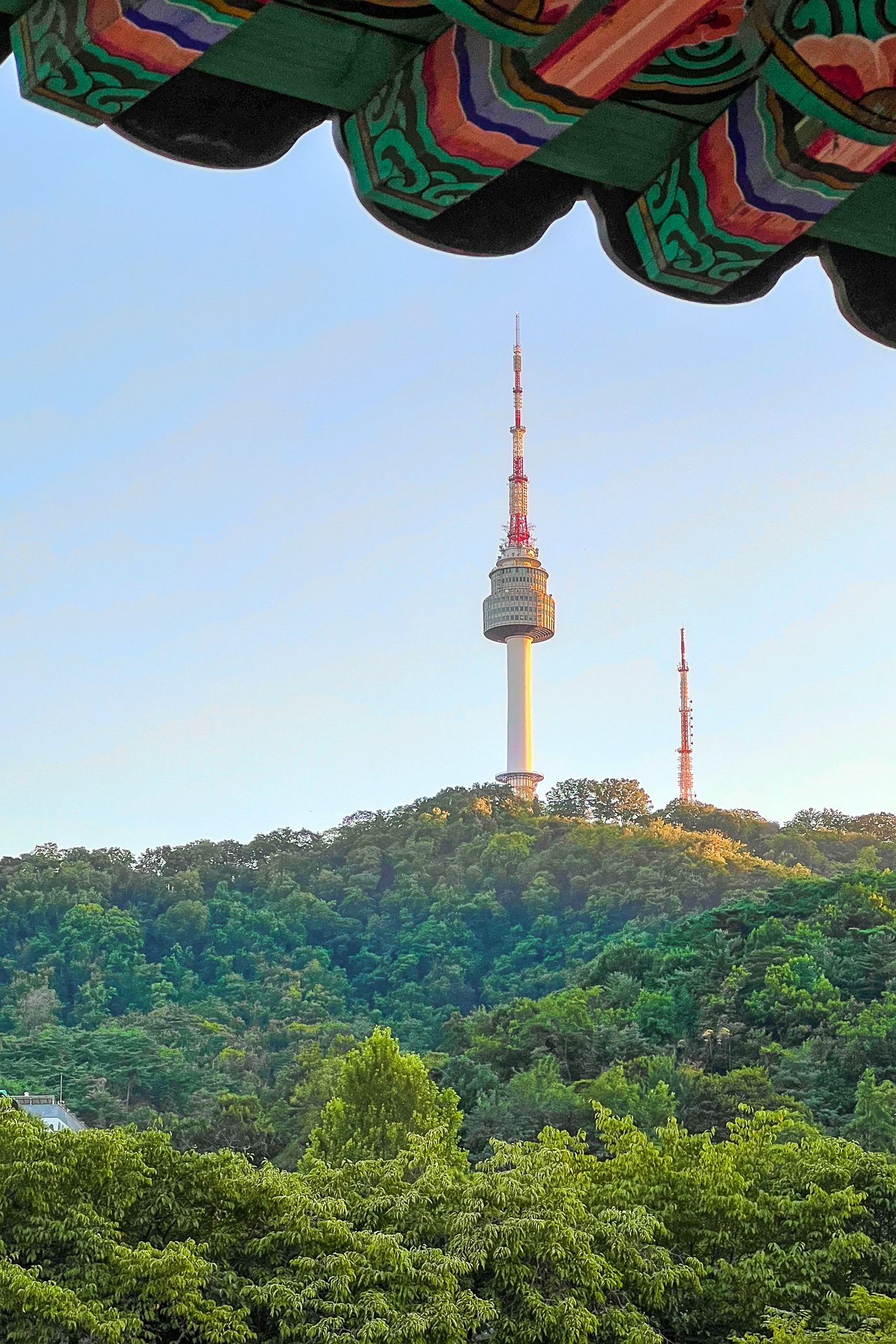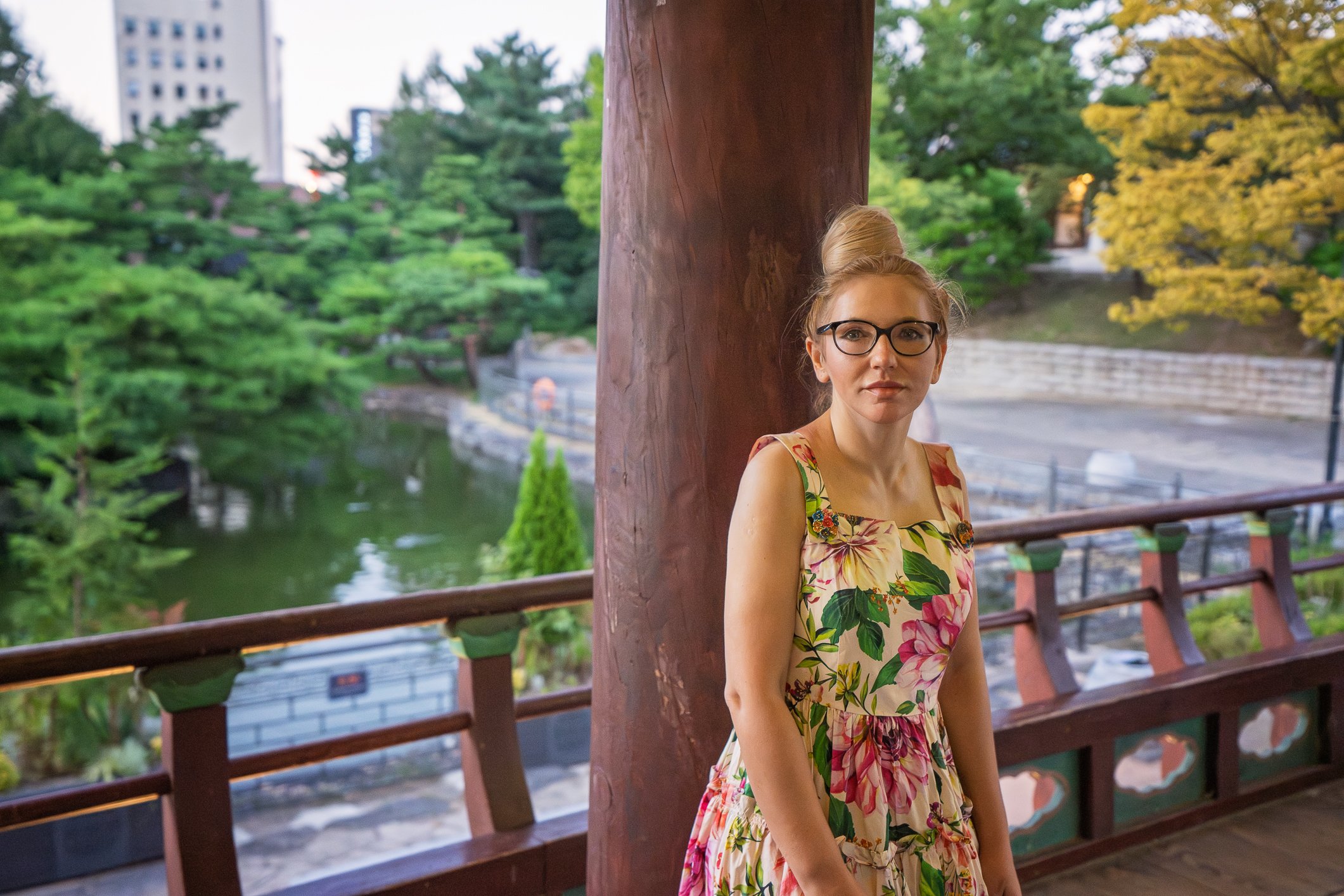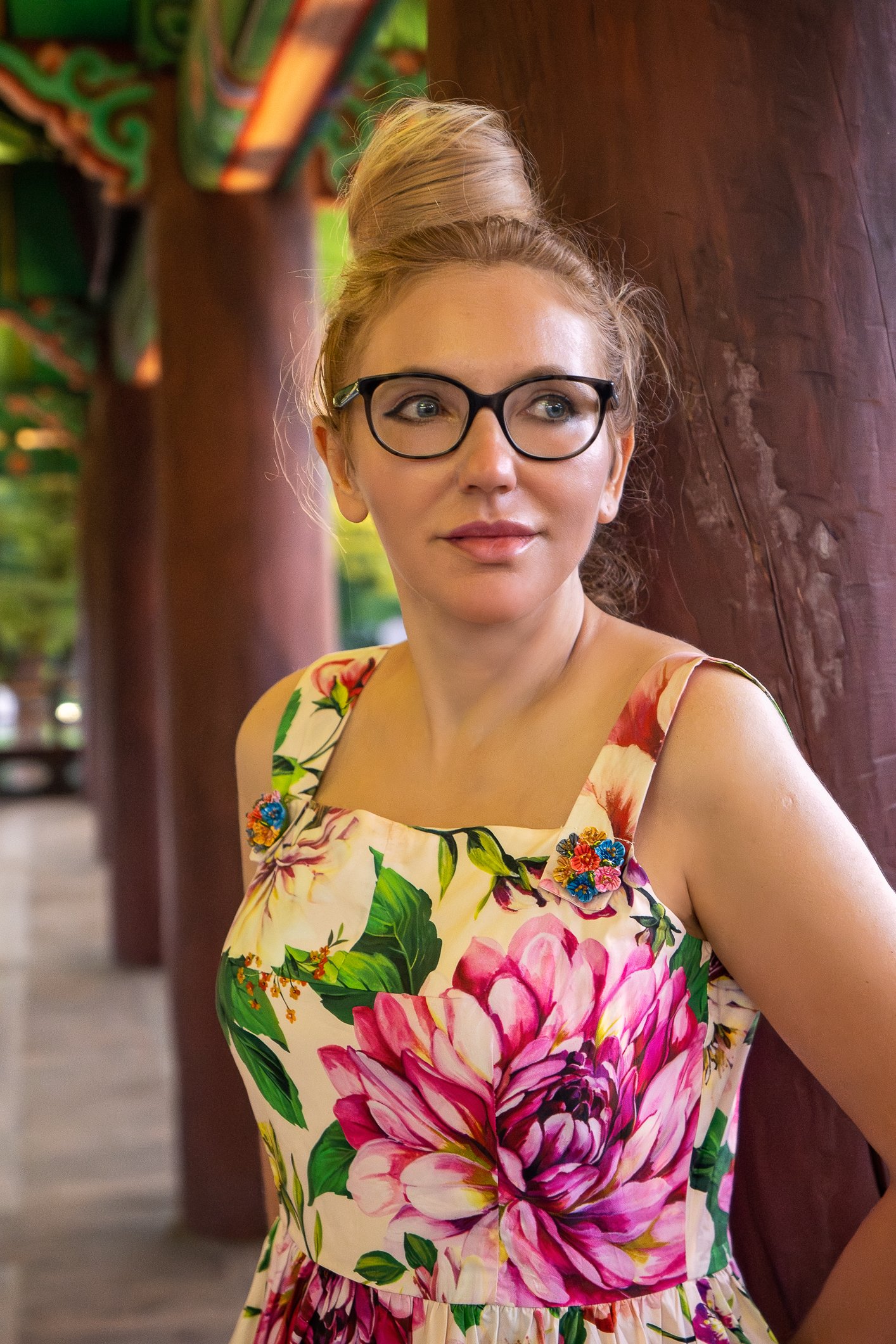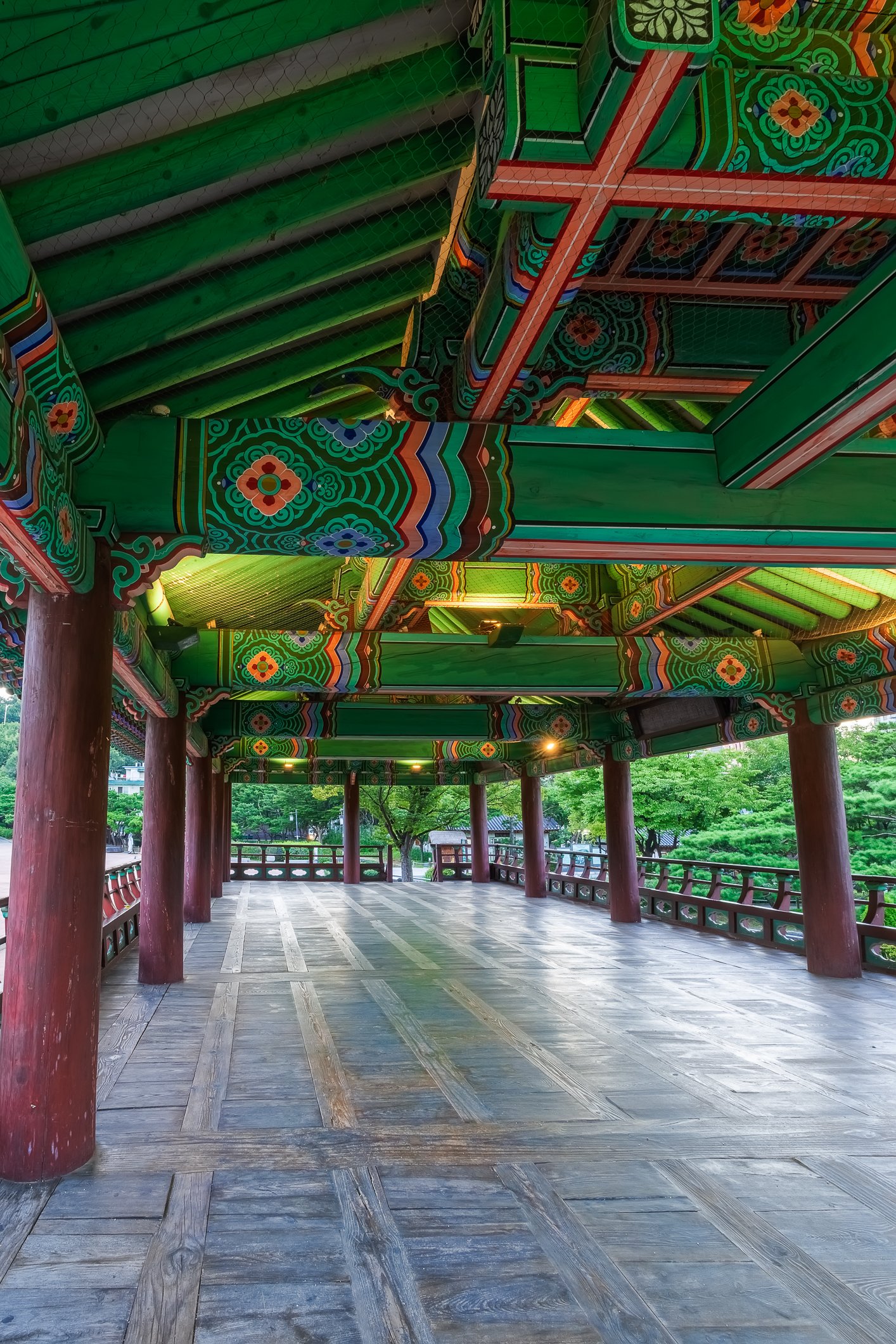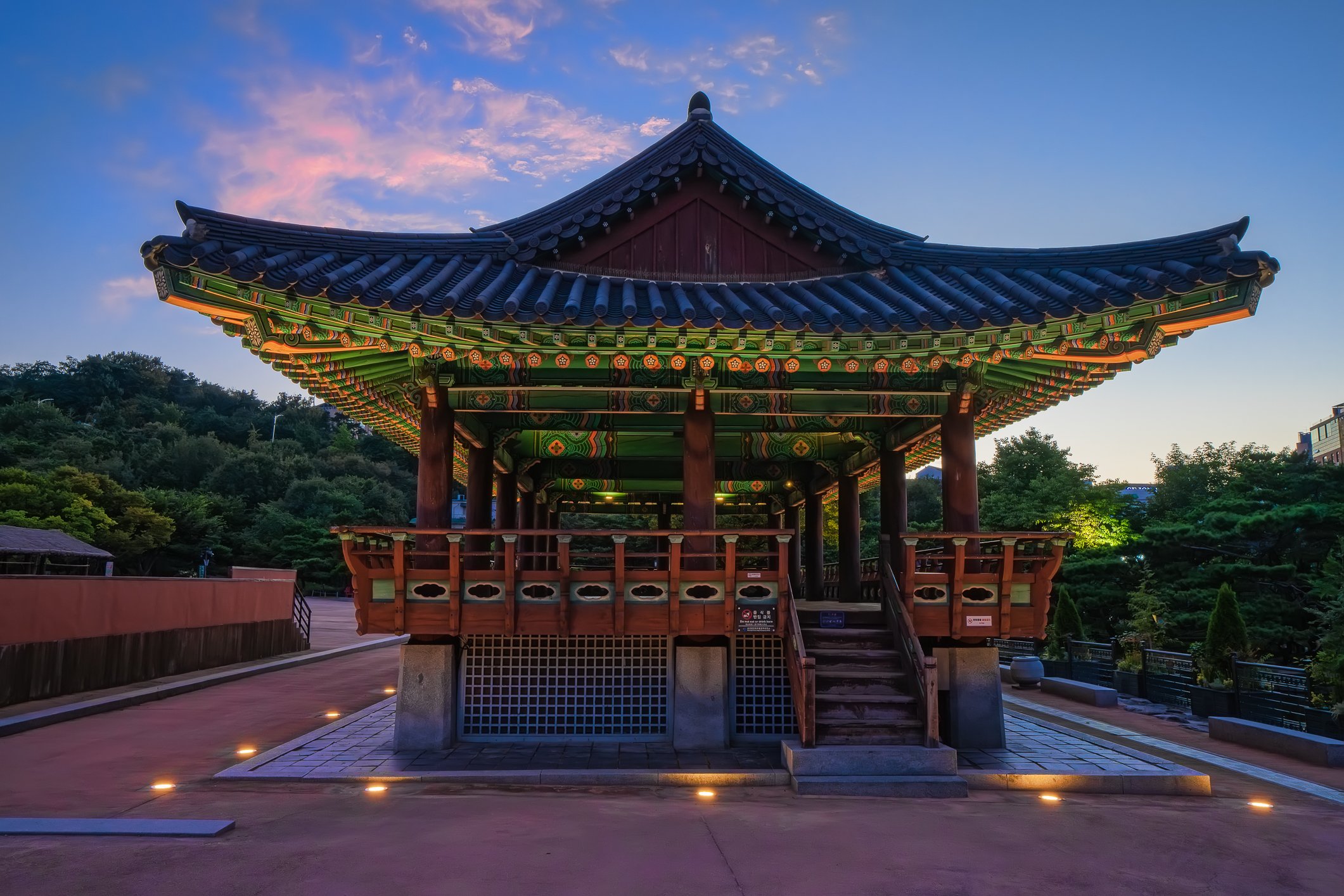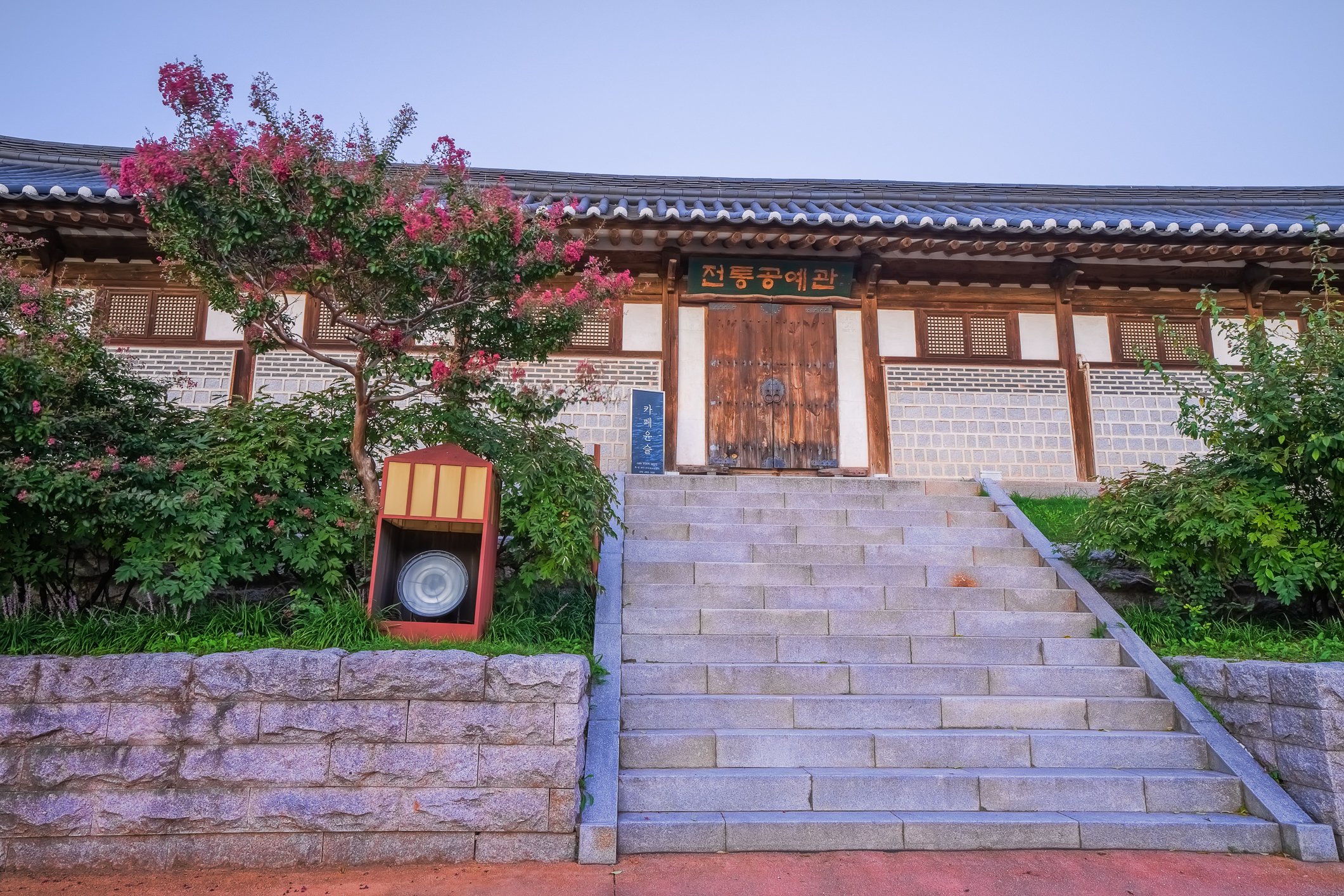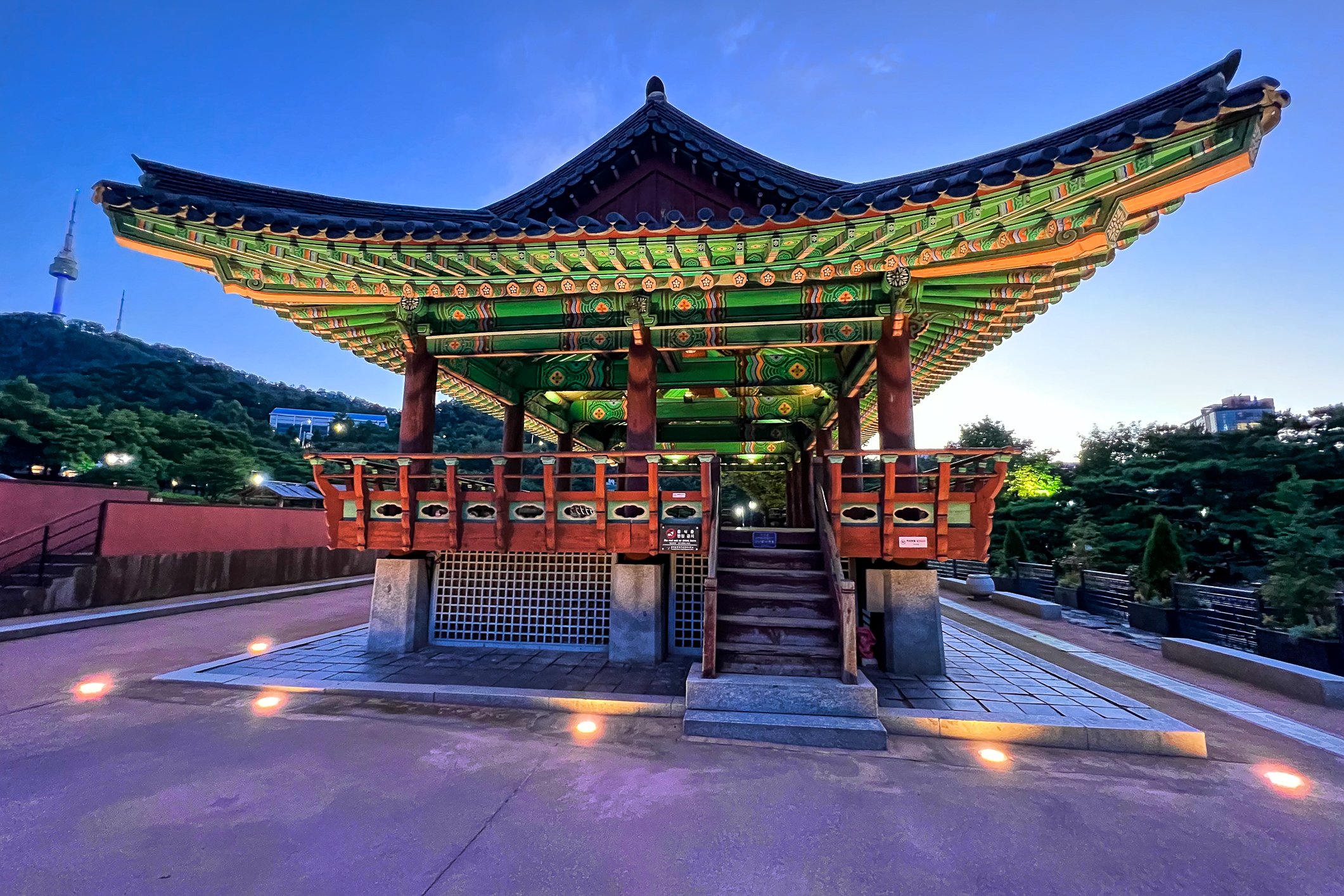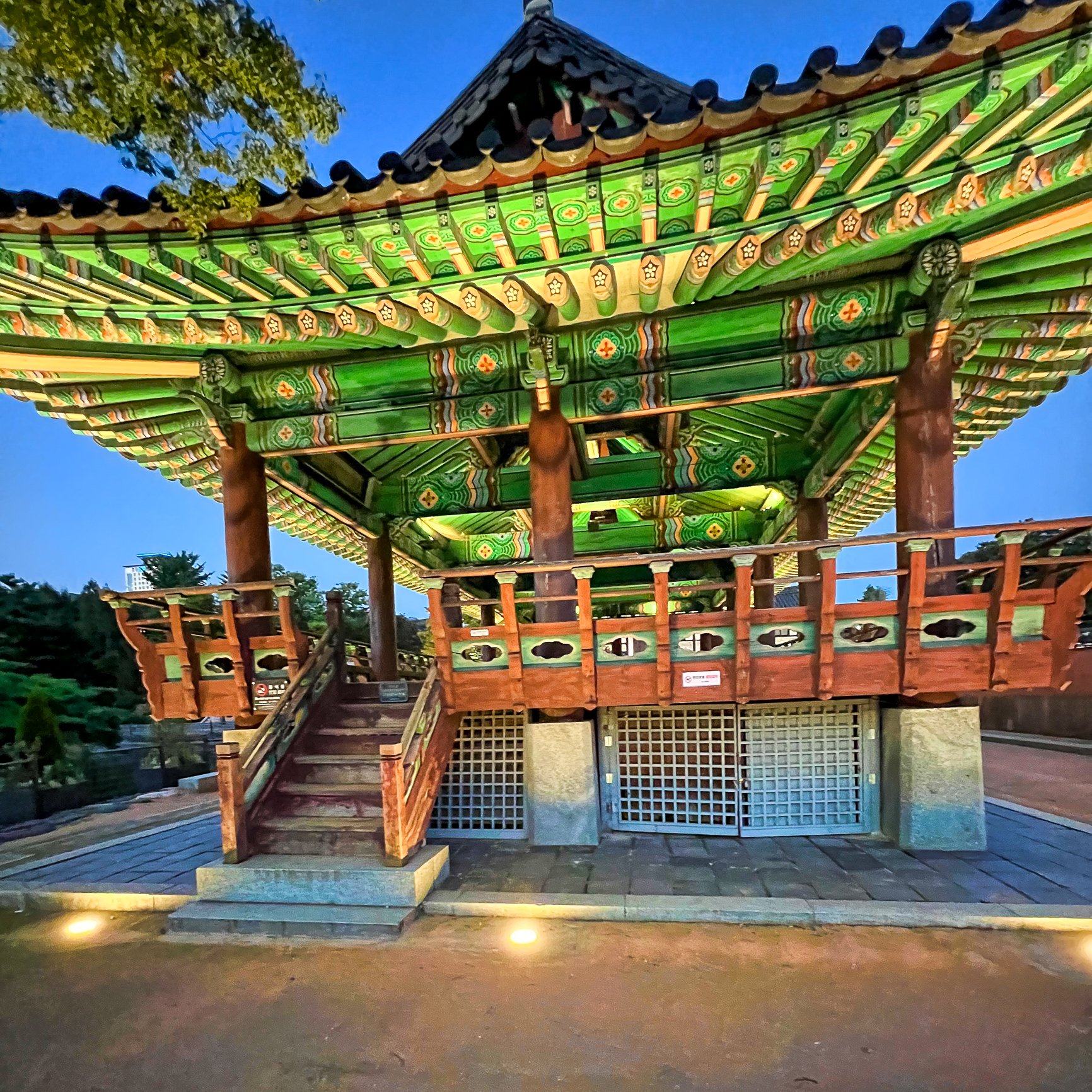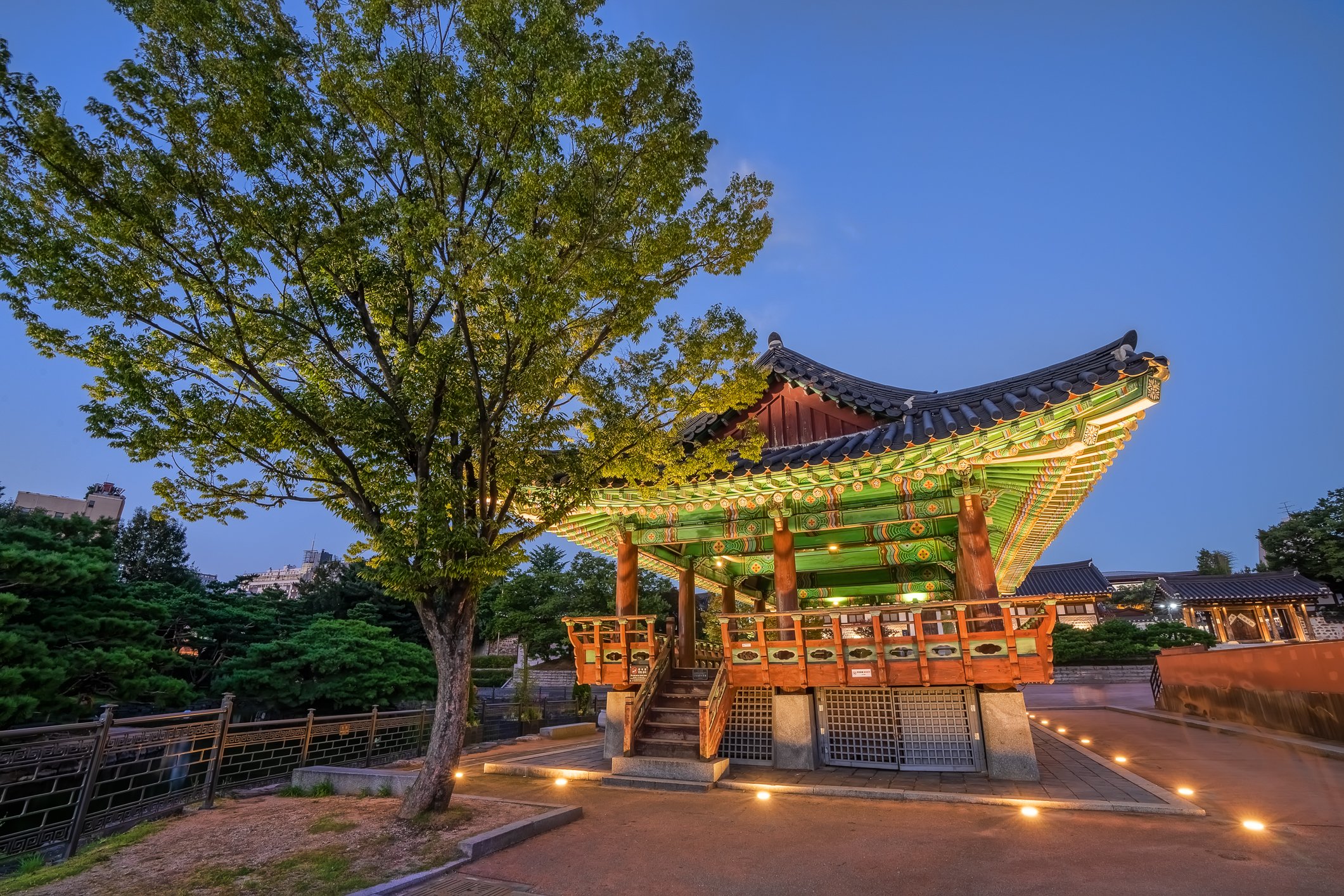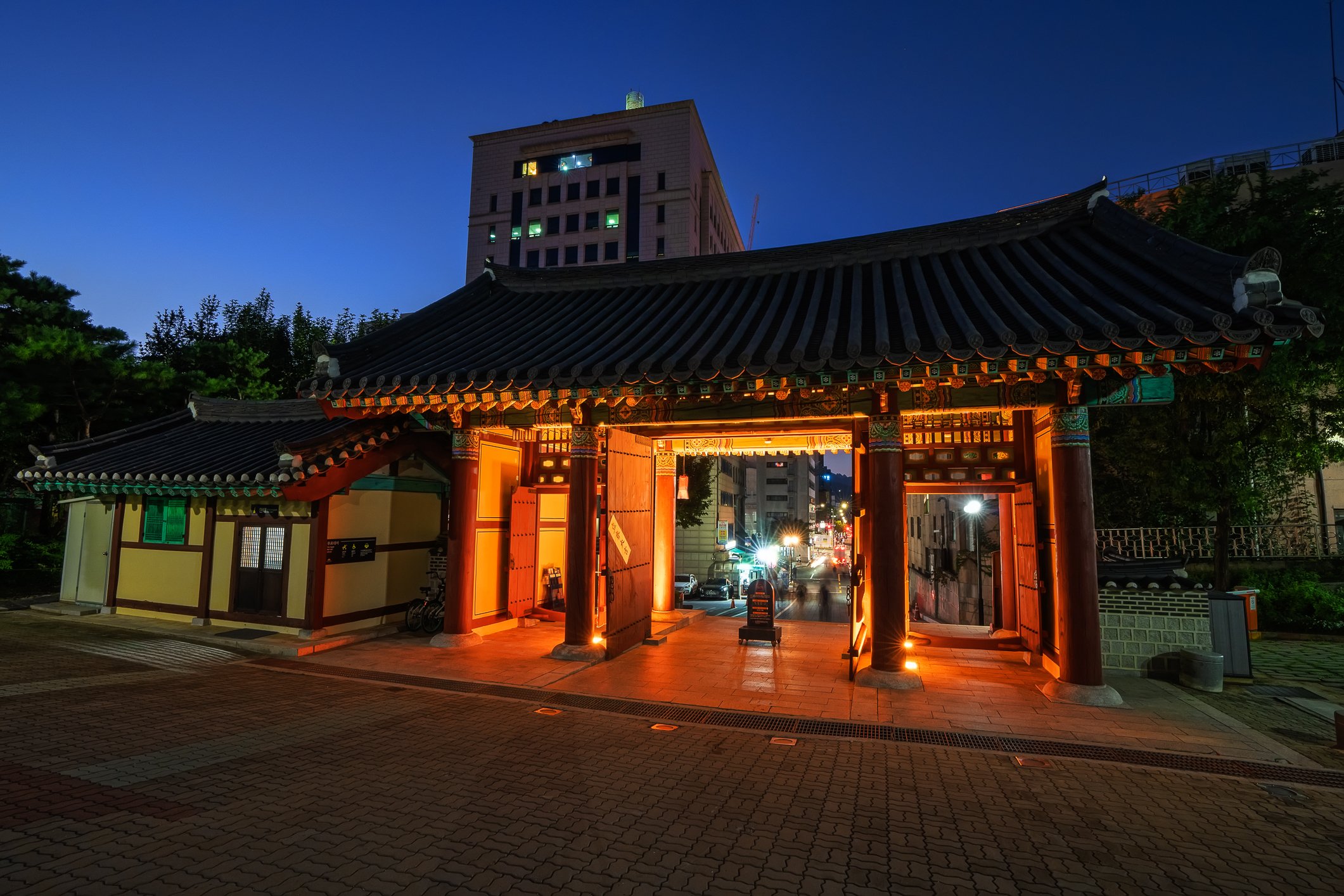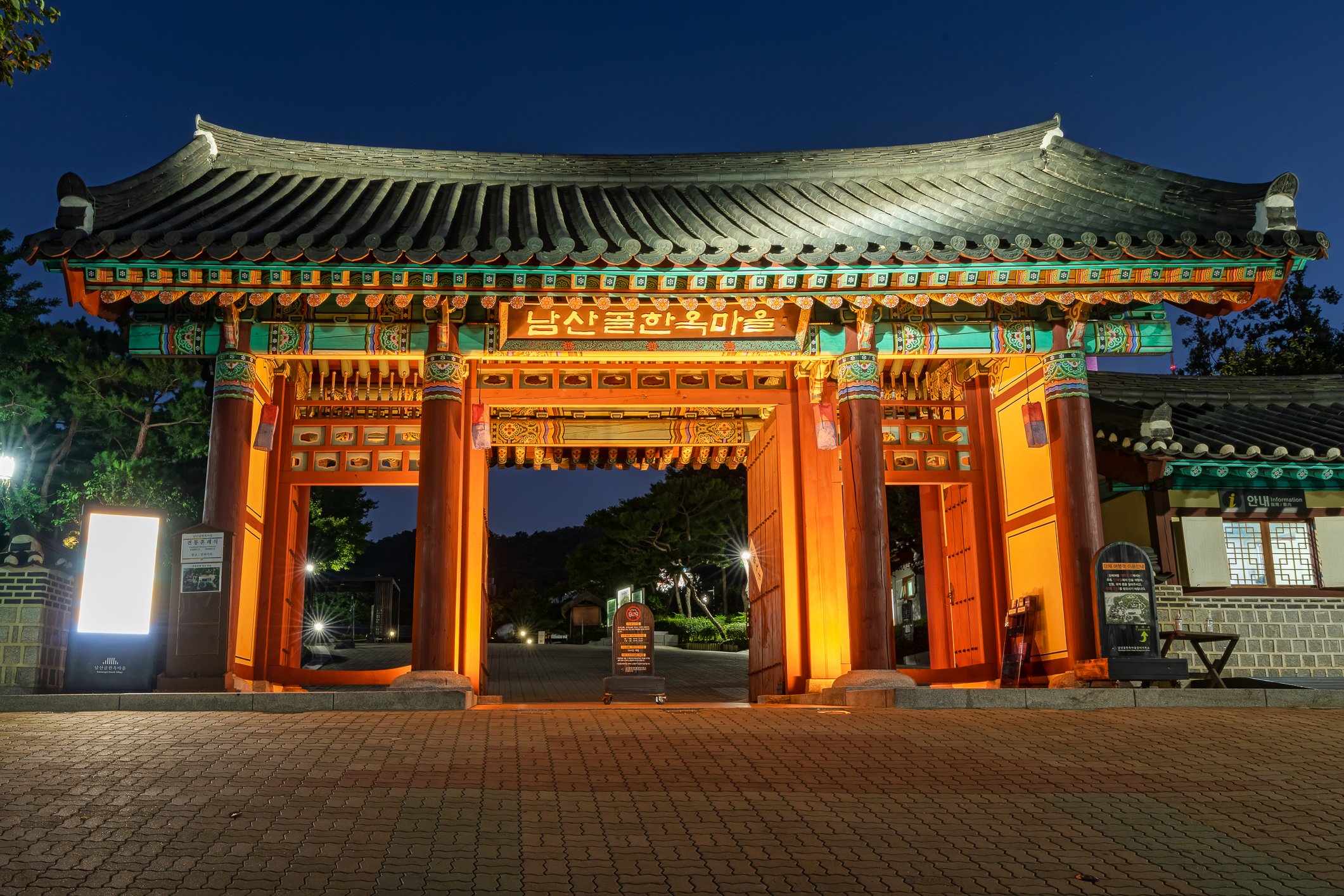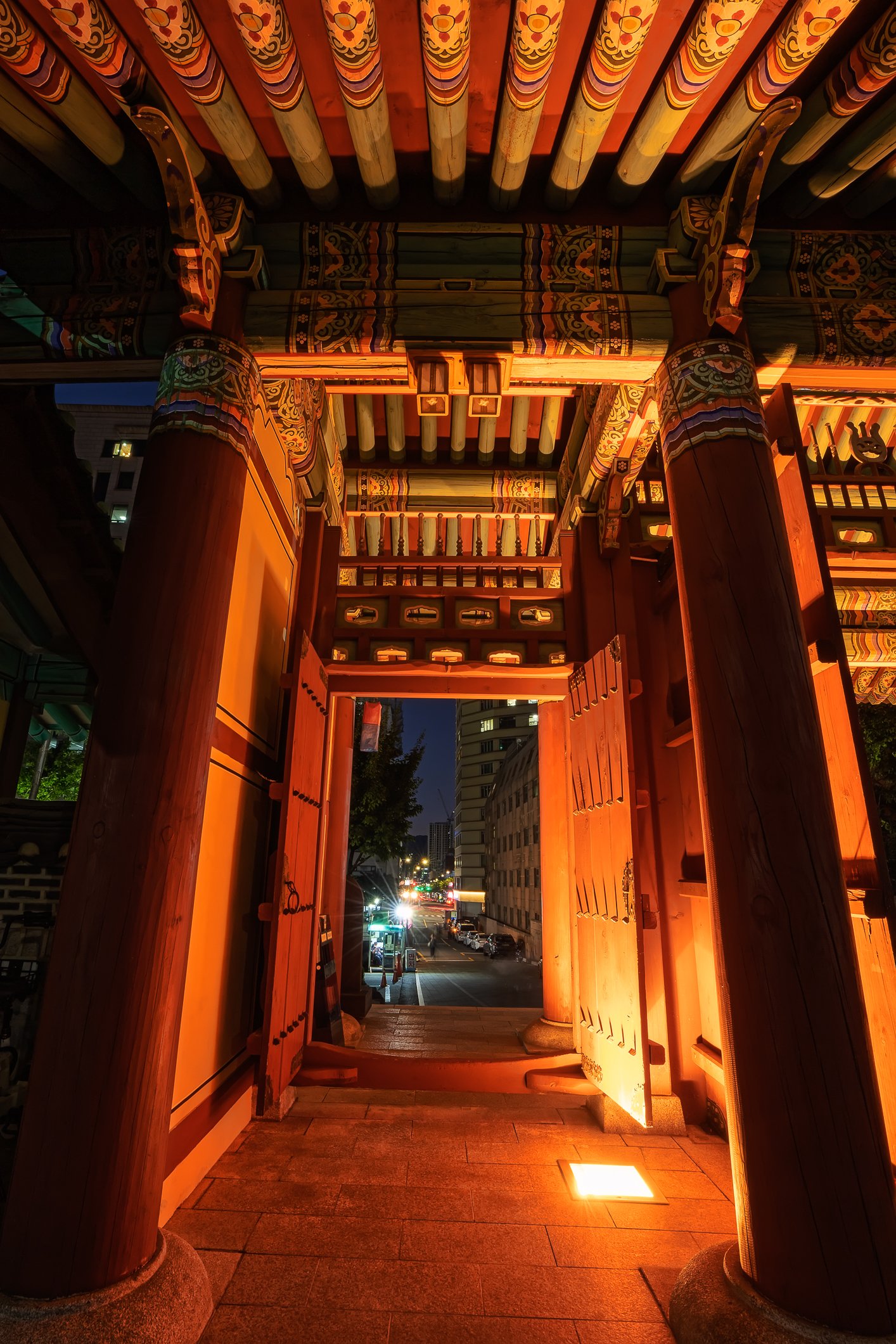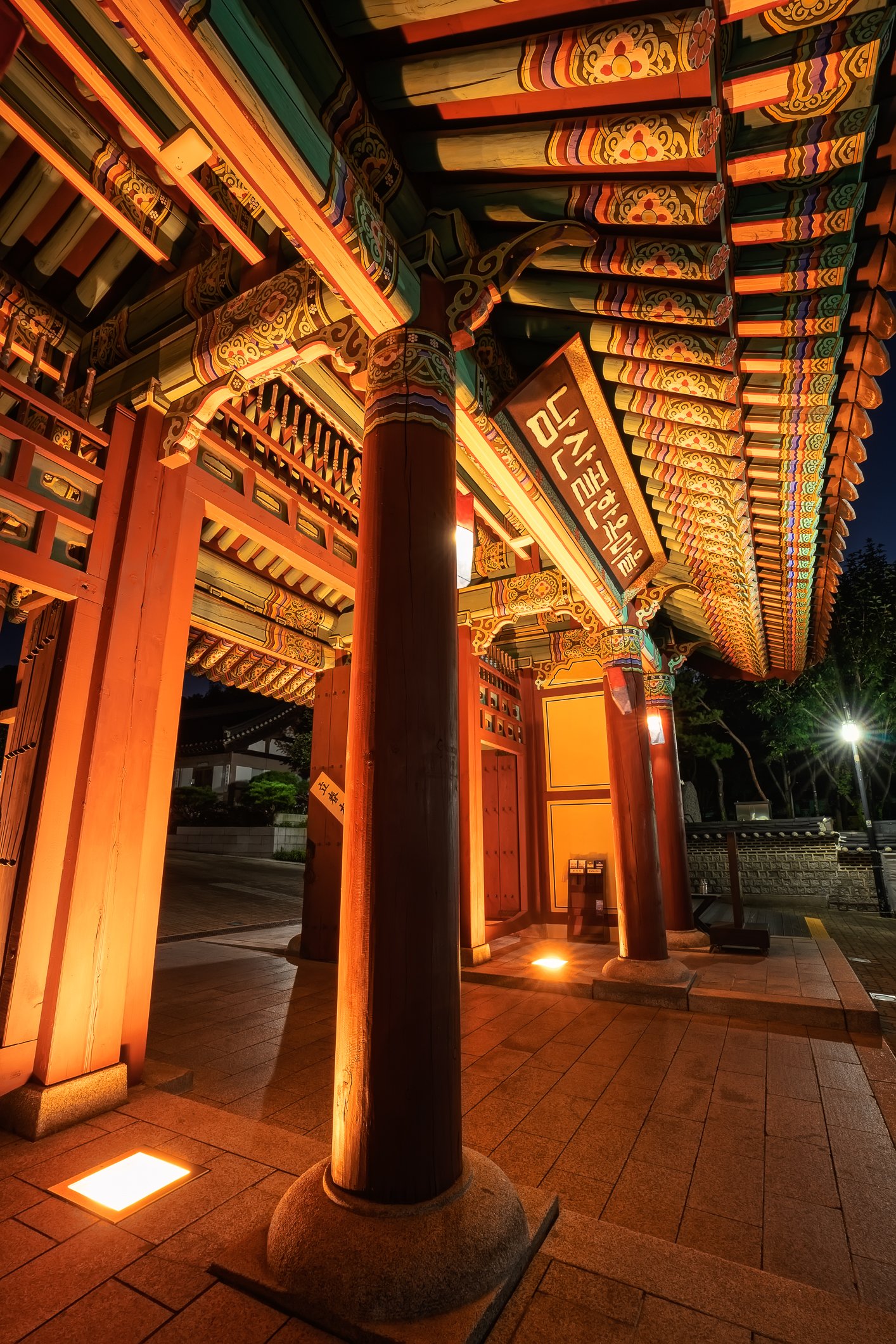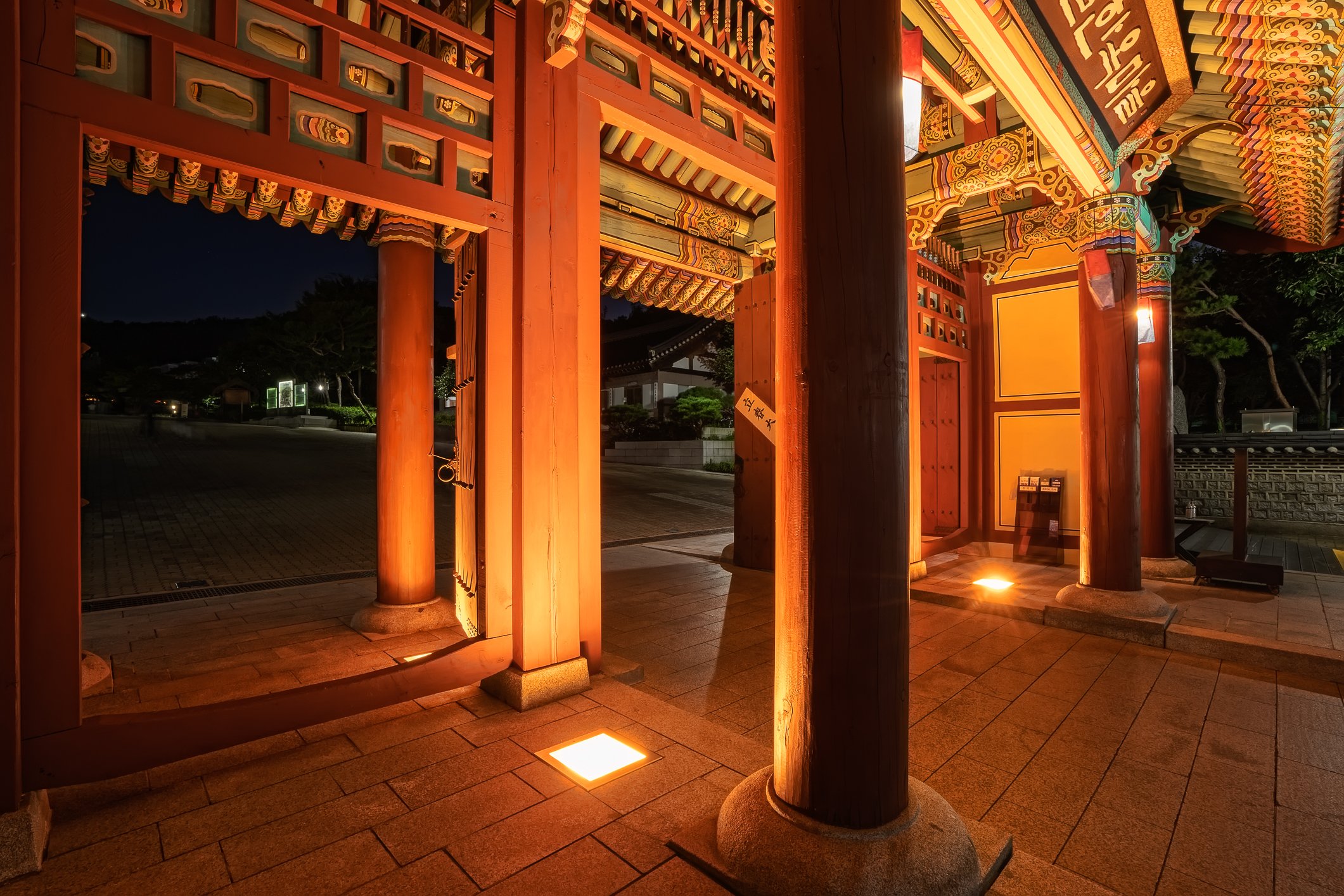After enjoying our lunch, we decided to take a leisurely stroll around Samseong Station. It's interesting to note that while the station's Korean name (삼성) shares the same spelling as the renowned Korean company, they actually have different meanings in Hanja, as they are represented by distinct characters. Samseong Station is typically bustling with activity, partly due to its proximity to COEX, one of Asia's largest convention and exhibition centres. Additionally, the nearby Samseong-dong Trade Centre attracts a steady flow of visitors.
Po lunchu postanowiliśmy połazić trochę wokół stacji metra Samsong. Ciekawostką jest to, że chociaż koreańska nazwa stacji (삼성) ma taką samą pisownię (i wyowę) jak nazwa znanej koreańskiej firmy, w chinskch znakach hanja zapis jest już inny, a więc nie jest to to samo słowo. Stacja Samsong zazwyczaj tętni życiem, częściowo ze względu na bliskość COEX, jednego z największych centrów kongresowych i wystawienniczych w Azji. Ponadto pobliskie Centrum Handlu Samsong-dong przyciąga stały strumień odwiedzających.
In 2012, a memorial sculpture was unveiled in front of the Samseong-dong Trade Center to commemorate Korea's remarkable achievement of reaching 1 trillion dollars in trade.
This seed-shaped monument, known as the Trillion Tower, not only celebrates this milestone but also pays homage to the rich history of Korean trade leading up to this landmark figure. The history of Korean trade before reaching 1 trillion dollars is recorded at the base, while the outer surface features the names and trade volumes of 28 countries that engage in trade with Korea. Standing over 14 meters high, the sculpture is crafted from durable duralumin and tempered glass, ensuring its resilience against earthquakes.
The Trillion Tower serves not only as an artistic landmark but also as a testament to Korea's global trade presence and the enduring partnerships it has forged with nations around the world.
W 2012 roku przed Centrum Handlu Samseong-dong odsłonięto pomnik upamiętniający przekroczenie przez Koreę 1 biliona dolarów w transakcjach handlowych. Pomnik ma wg mnie kształt ogórka, ale w zamyśle miało to być nasionko i znany jest jako Trillion Tower (angielski trillion to nasz bilion). Historia koreańskich transakcji przed osiągnięciem 1 biliona dolarów jest zapisana na podstawie pomnika, podczas gdy zewnętrzna powierzchnia zawiera nazwy i wolumeny handlowe 28 krajów, które prowadzą transakcje z Koreą. Rzeźba ta o wysokości ponad 14 metrów jest wykonana z wytrzymałego duraluminium i hartowanego szkła, w sposób zapewniający jej odporność na trzęsienia ziemi. Trillion Tower jest nie tylko artystycznym punktem orientacyjnym, ale także świadectwem globalnej obecności handlowej Korei i trwałych partnerstw, które nawiązała z narodami na całym świecie.
Across from the Tillion Tower stands a sculpture commemorating the 5th G20 conference, which was held in Seoul in 2010.
Naprzeciwko Tillion Tower stoi rzeźba upamiętniająca piątą konferencję G20, która odbyła się w Seulu w 2010 roku.
A few steps away, the SMTown Coex Atrium in Seoul, is famous for its large LED screen that wraps two walls of the building. Installed in 2018, this screen is the largest outdoor, high-definition LED advertising monitor in the country, measuring 80.1 meters in width and 20.1 meters in height. It typically showcases K-pop videos, advertisements, and eye-catching anamorphic illusions, such as the well-known crashing wave. This digital billboard is part of a project by the Korea International Trade Association and the Gangnam District, aimed at developing a Korean equivalent of Times Square, referred to as K-pop Square.
Kilka kroków dalej, SMTown Coex Atrium w Seulu, słynie z dużego ekranu LED, który „przyklejony” jest do dwóch scian budynku. Zainstalowany w 2018 roku ekran jest największym zewnętrznym, wysokiej rozdzielczości monitorem reklamowym LED w kraju, mierzącym 80,1 metra szerokości i 20,1 metra wysokości. Zazwyczaj prezentuje filmy K-pop, reklamy i przyciągające wzrok iluzje anamorficzne, takie jak dobrze znana rozbijająca się fala. Ten cyfrowy billboard jest częścią projektu Korea International Trade Association i dzielnicy Gangnam, mającego na celu stworzenie koreańskiego odpowiednika Times Square, zwanego K-pop Square.
We spent some time exploring COEX neighbourhood before heading down the escalator to visit Starbucks for a quick break. The grapefruit tea here is particularly delicious, but with such a wide variety of appealing drinks on the menu, choosing just one was too much of a challenge. So we ended up buying two.
Po krótkim spacerze w okolicach COEXu, zanim zjechaliśmy schodami ruchomymi na dół, aby odwiedzić Starbucks na krótką przerwę. Herbata grejpfrutowa, którą tu serwują to jedna z moich ulubionych, ale przy tak szerokiej gamie atrakcyjnych napojów w menu, wybranie tylko jednego było zbyt dużym wyzwaniem. Ostatecznie kupiliśmy wiec po dwa. Ups.
As we leave the café, the sun begins to set, and the Samseong Station area reveals its vibrant charm. The light from the LED billboards reflects off the sculptures and tiles, creating a captivating urban atmosphere that is both lively and surprisingly serene.
Gdy wychodzimy z kawiarni, słońce zaczyna już zachodzić i atrakcyjność okolicy idzie o kilka ładnych oczek w górę. Światło z billboardów LED odbija się na rzeźbach i chodniku, a atmosfera chociaż ewidentnie nawiązująca do świateł wielkiego miasta, jednocześnie jest zaskakująco spokojna.





















































































































